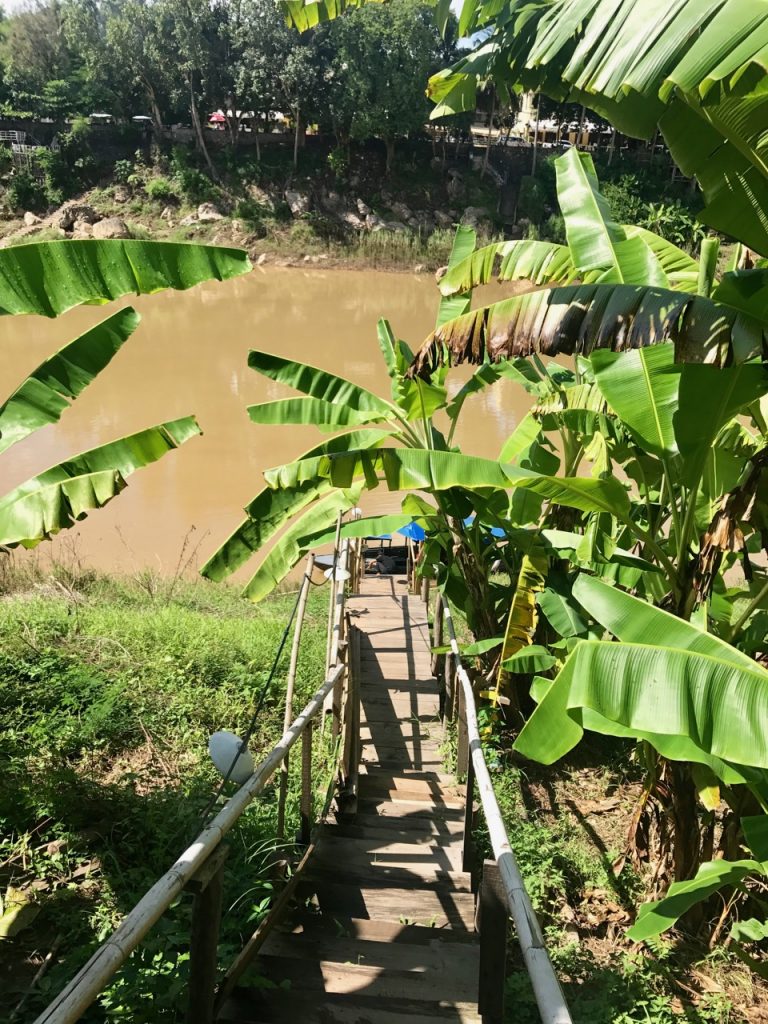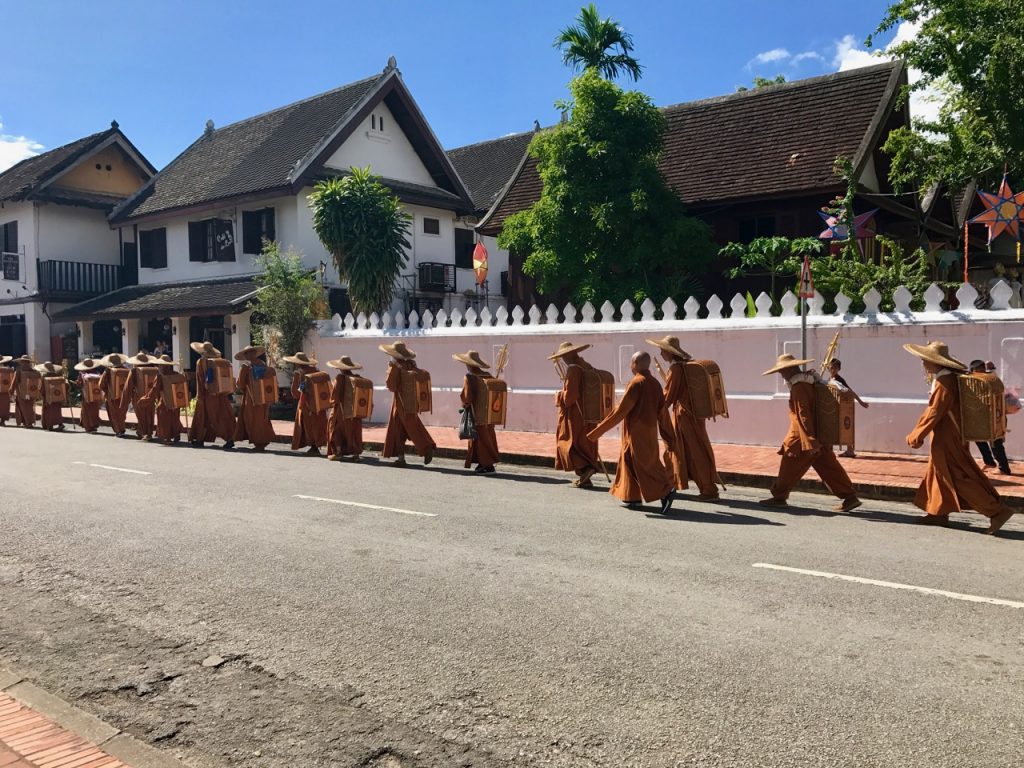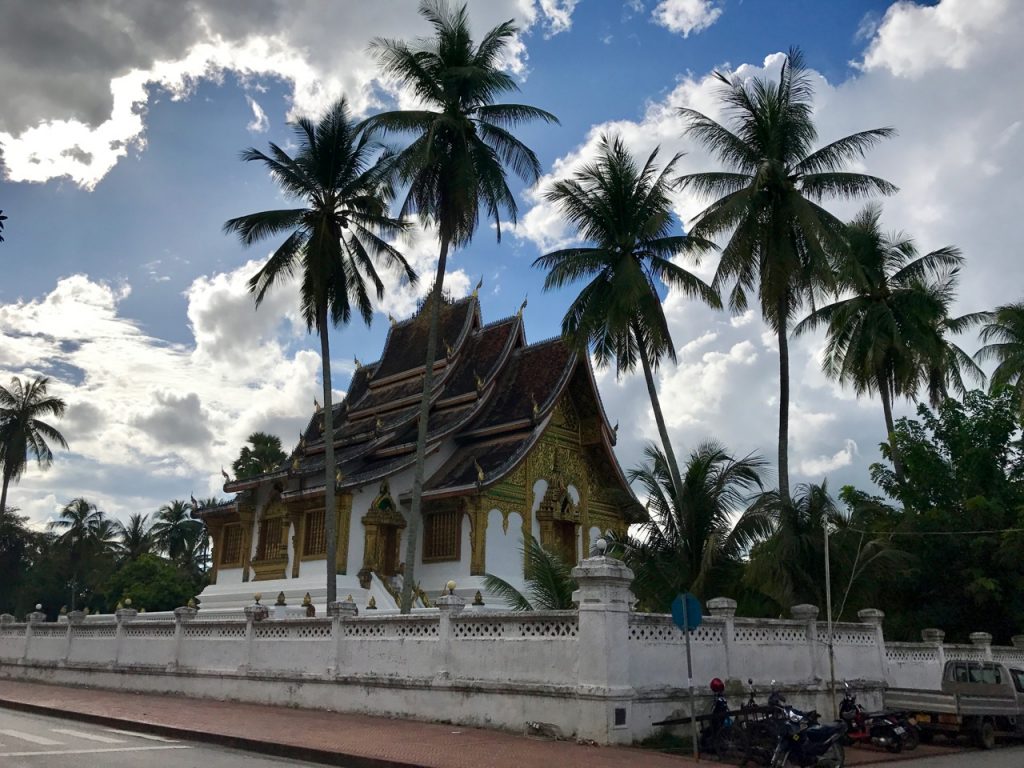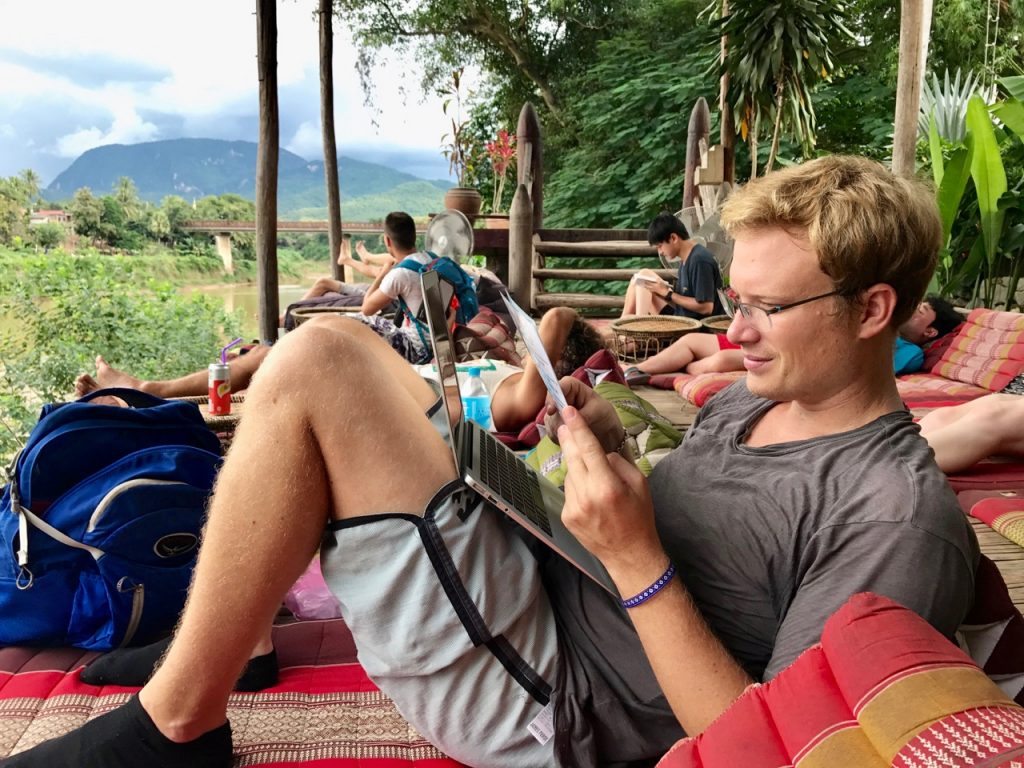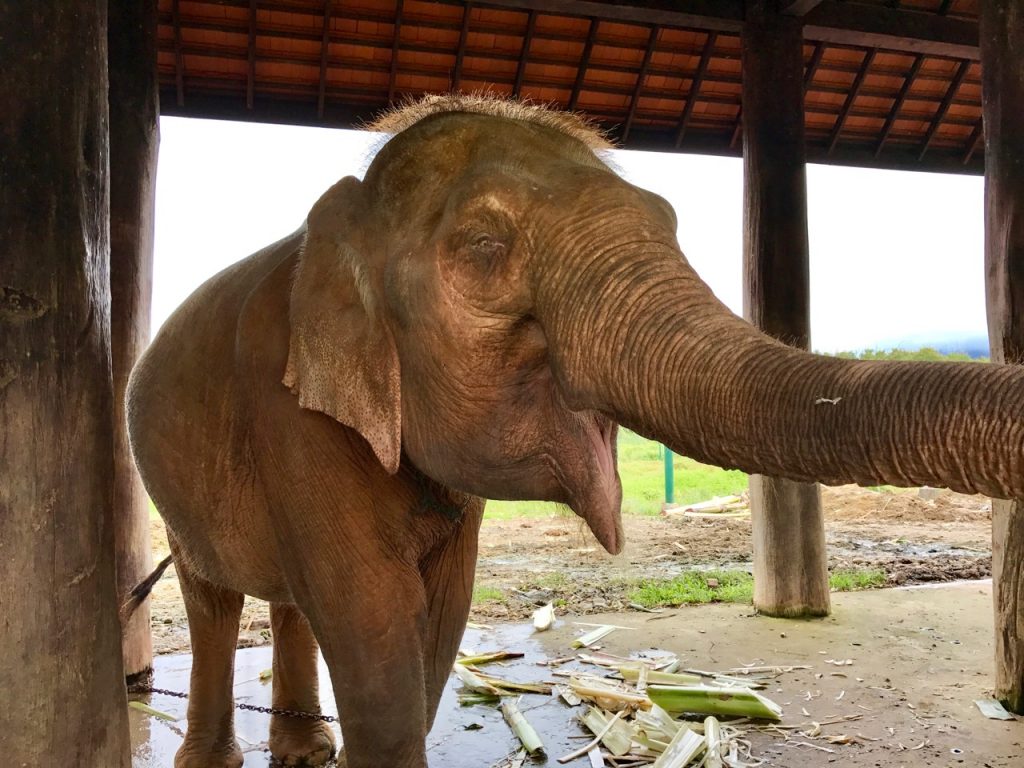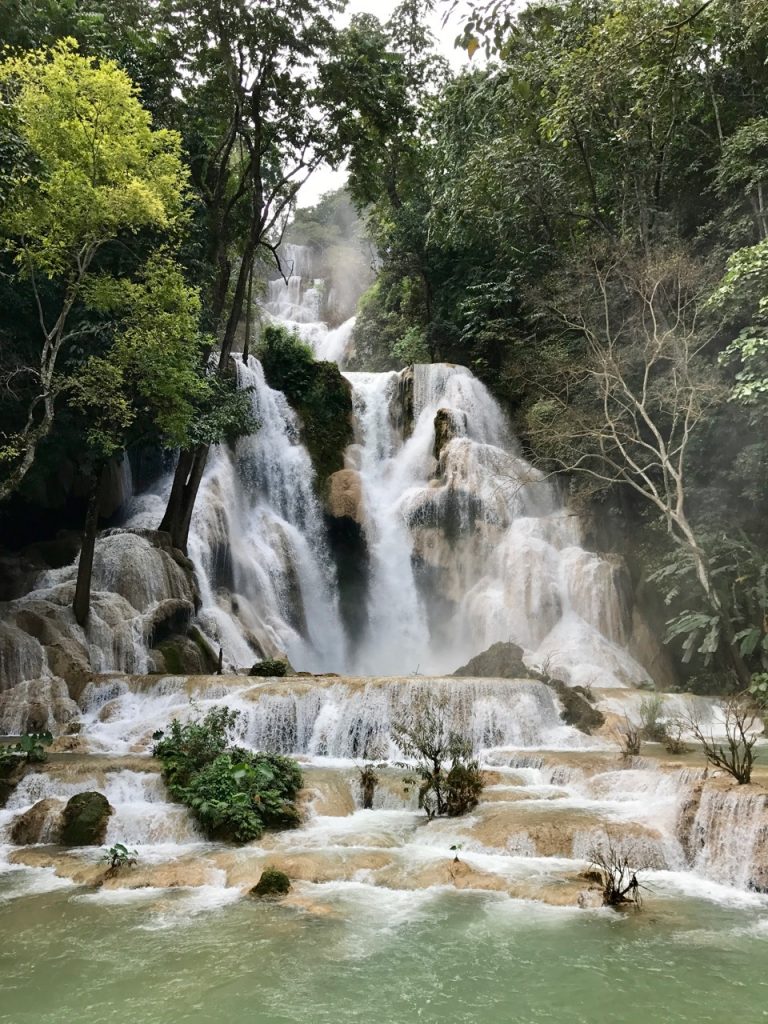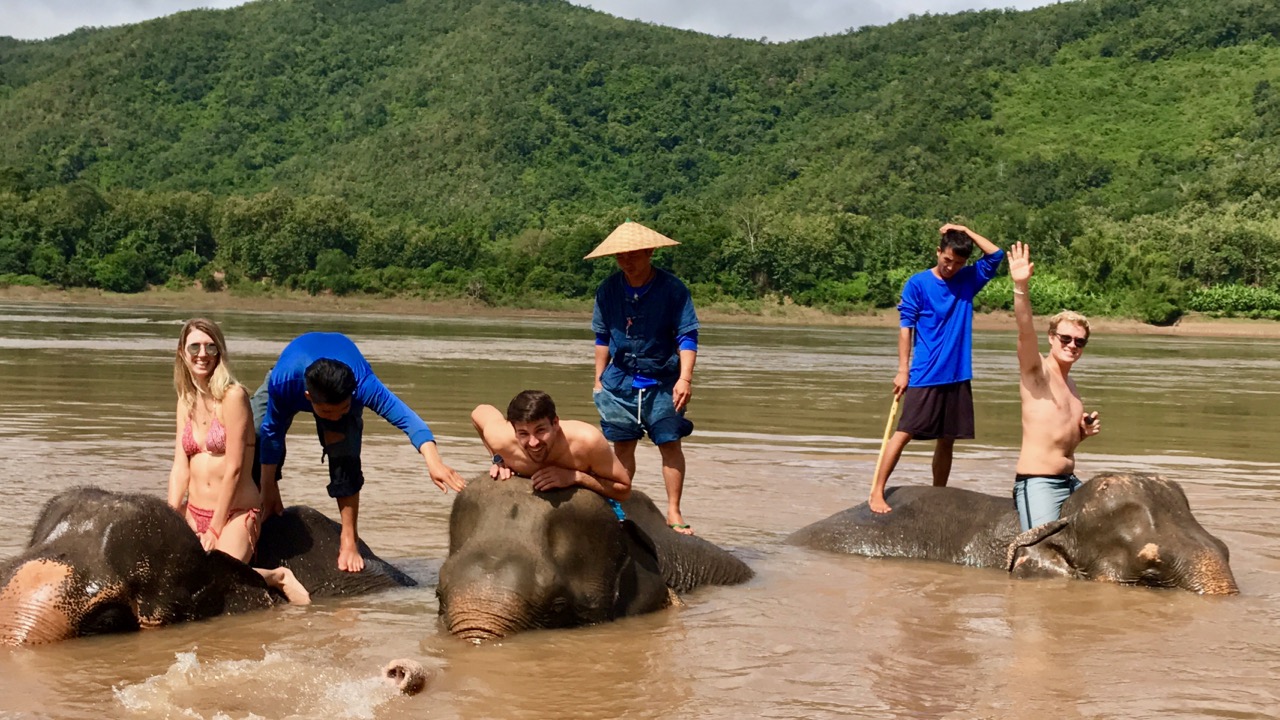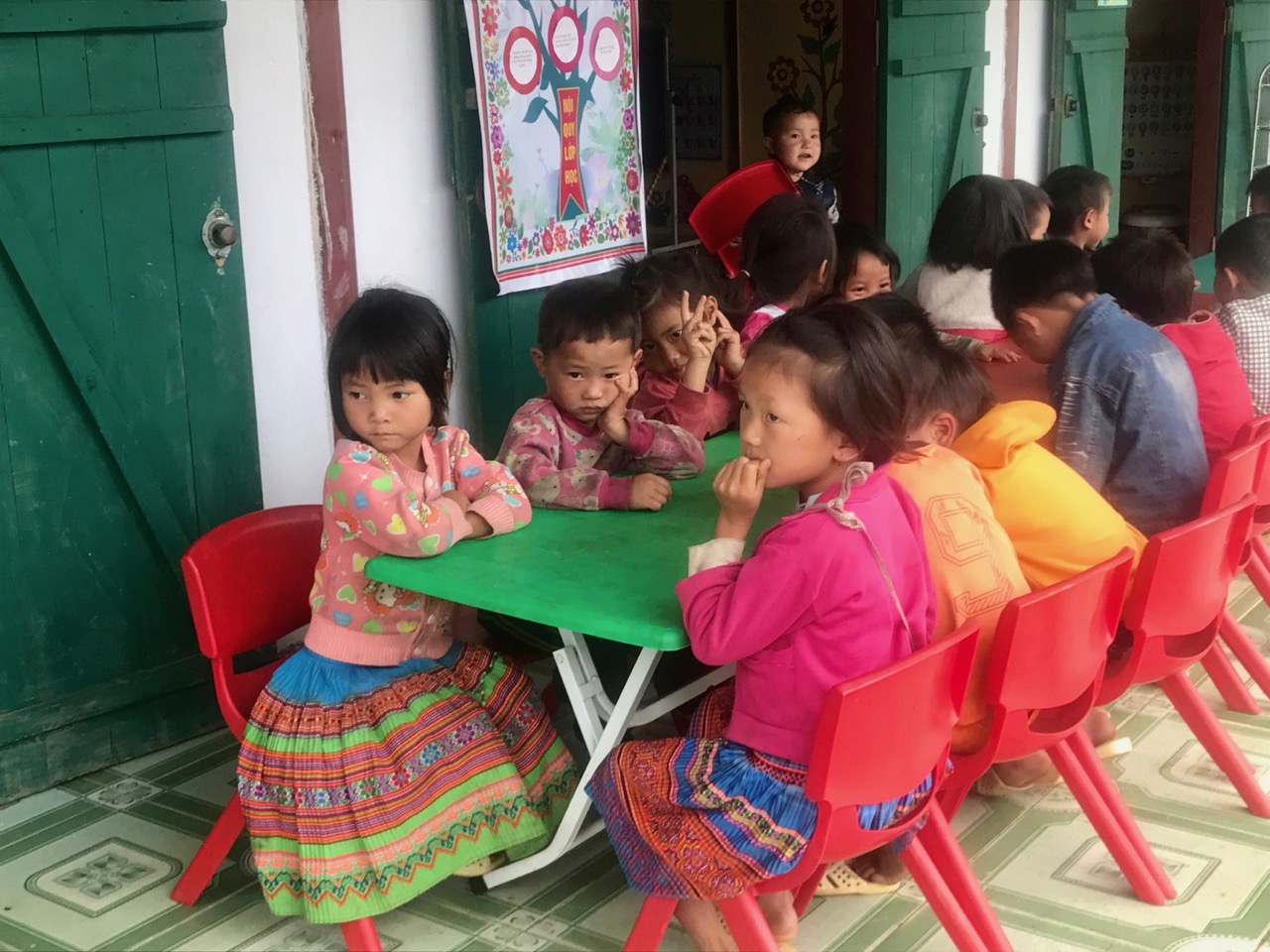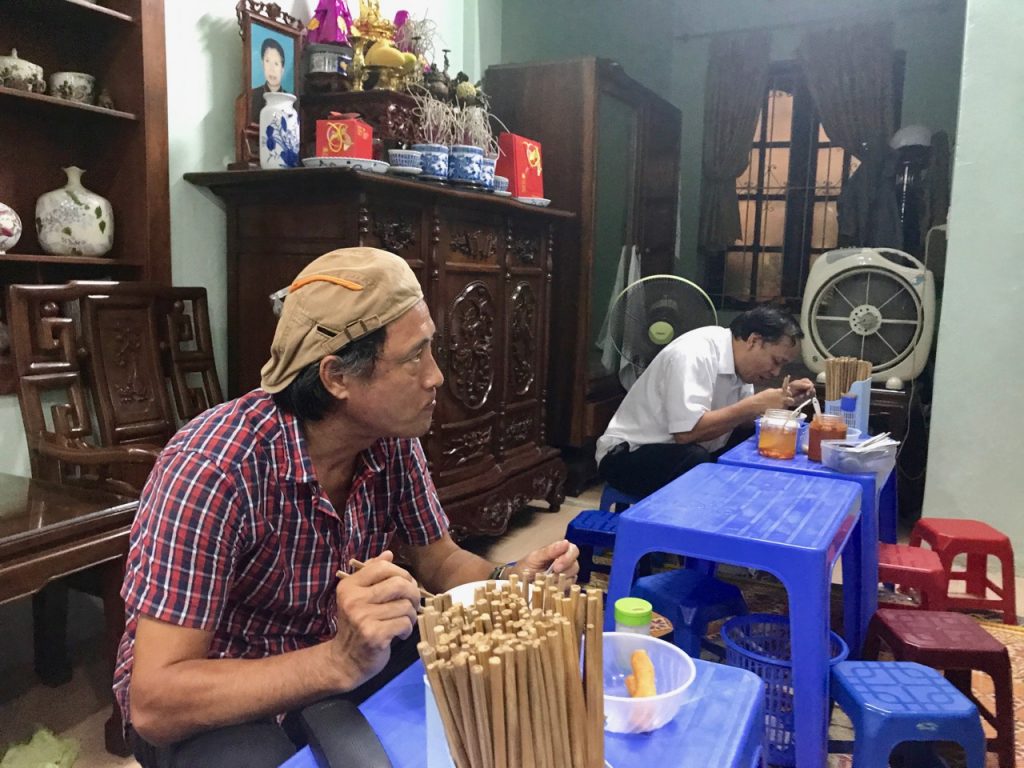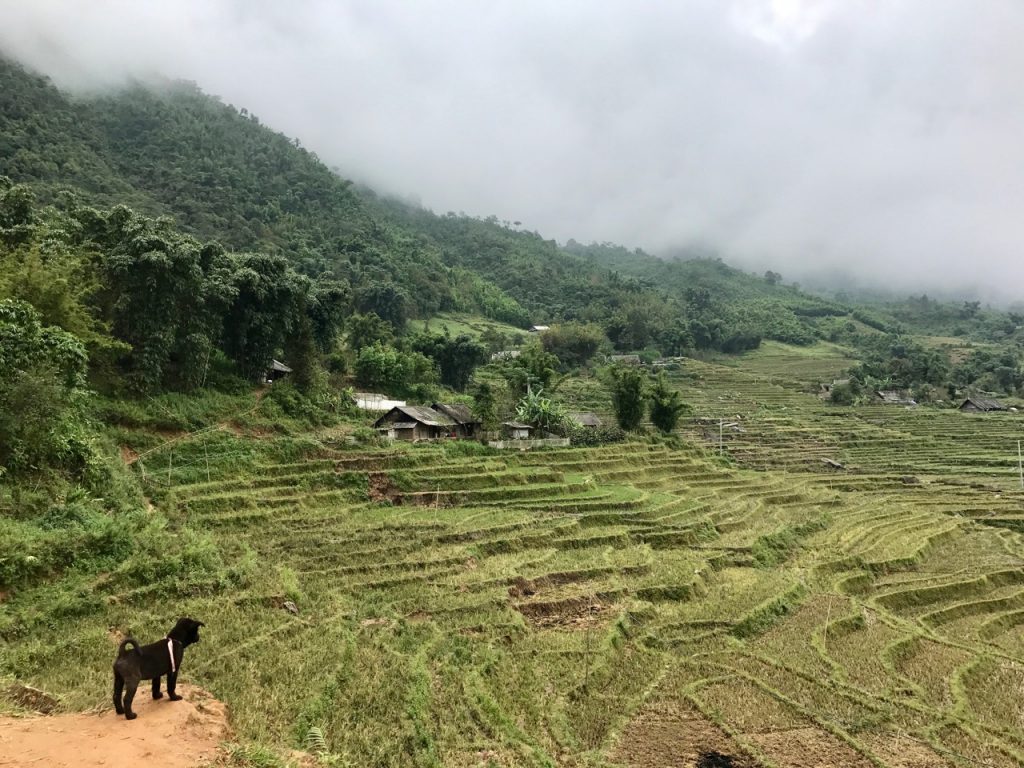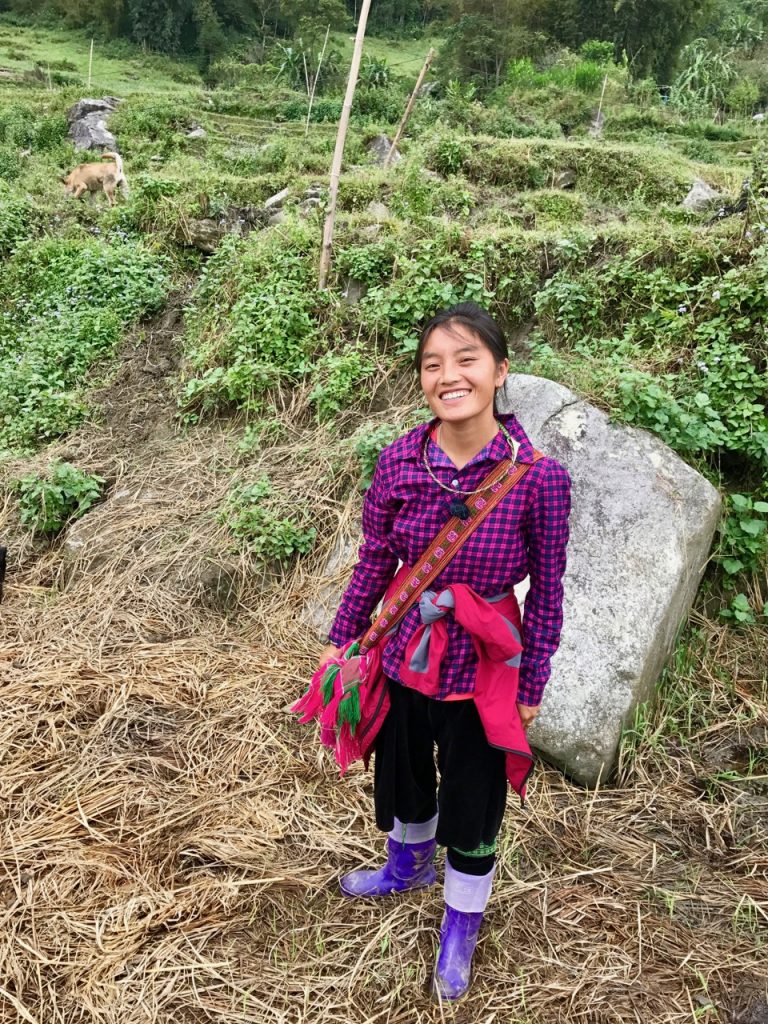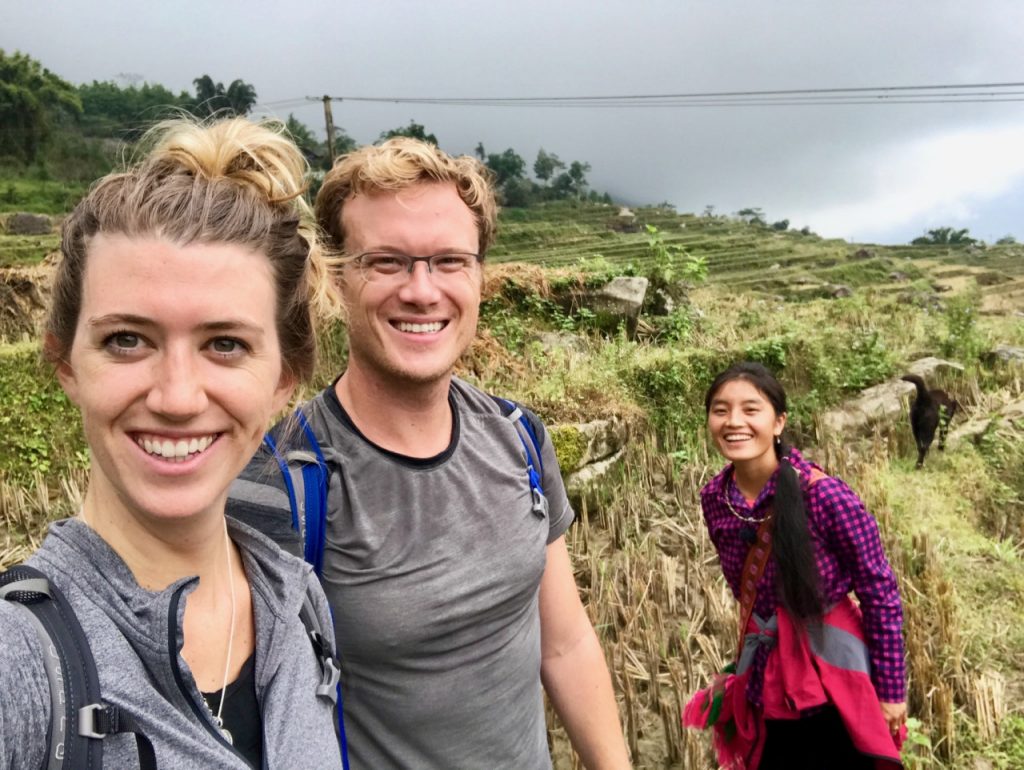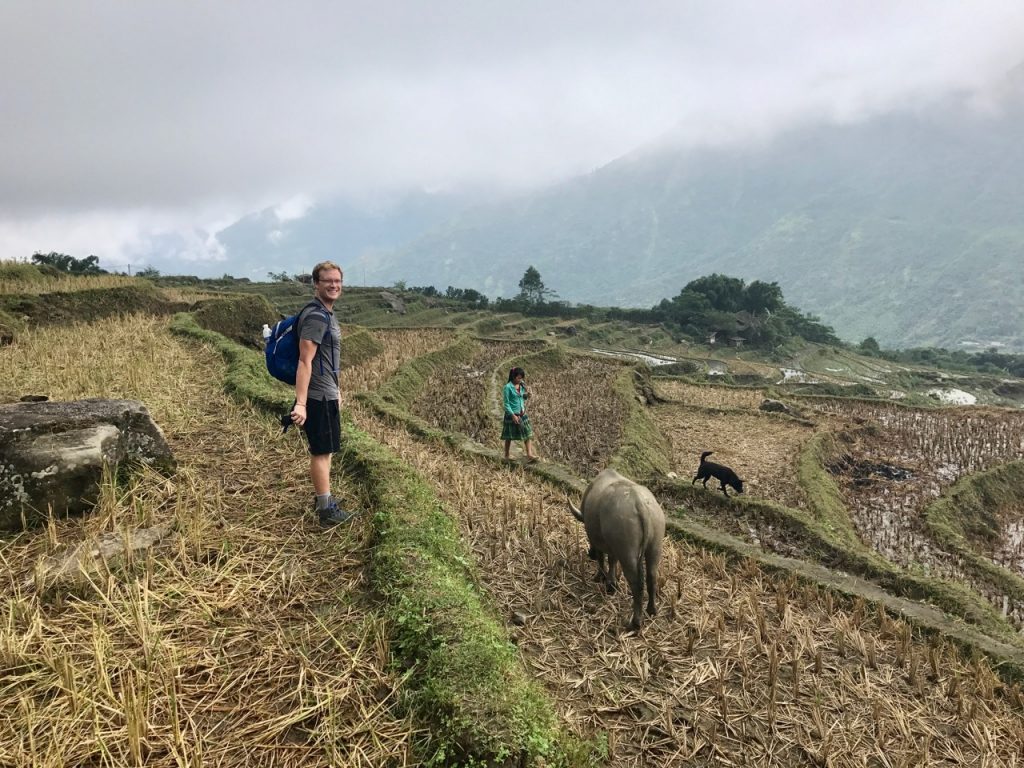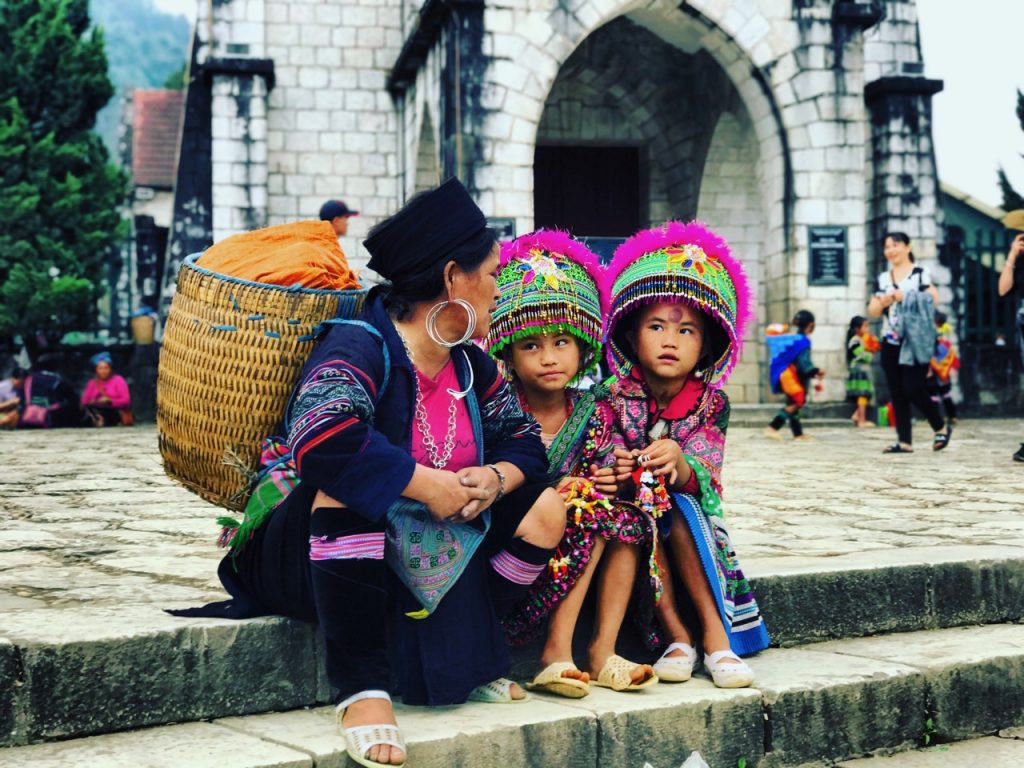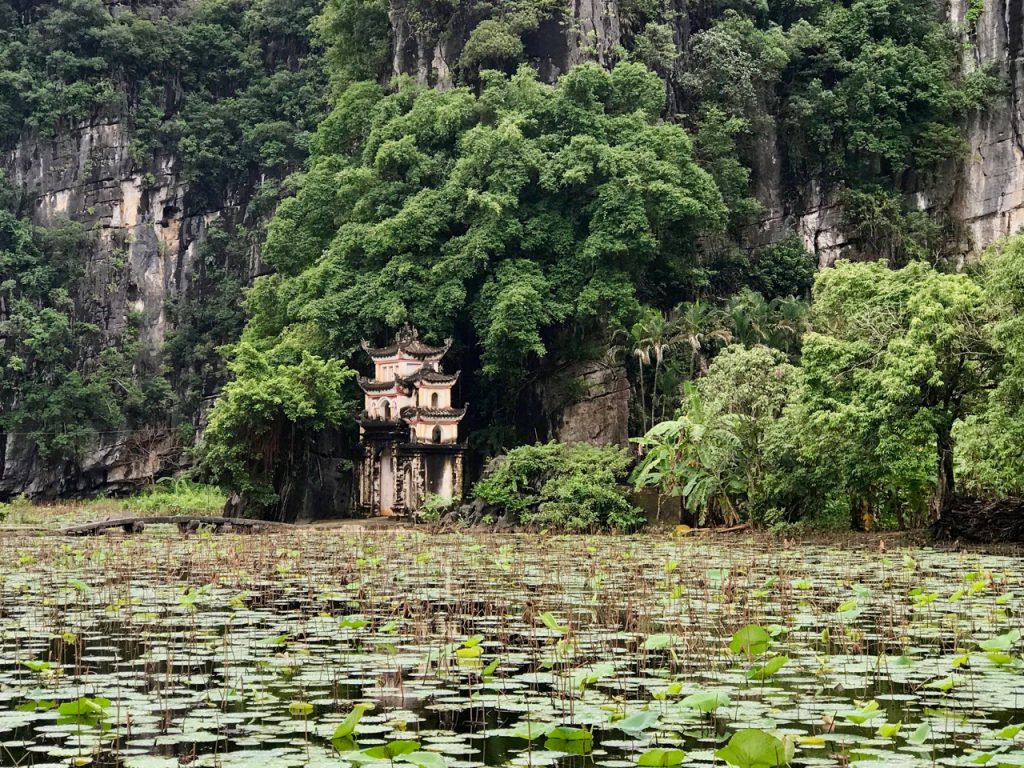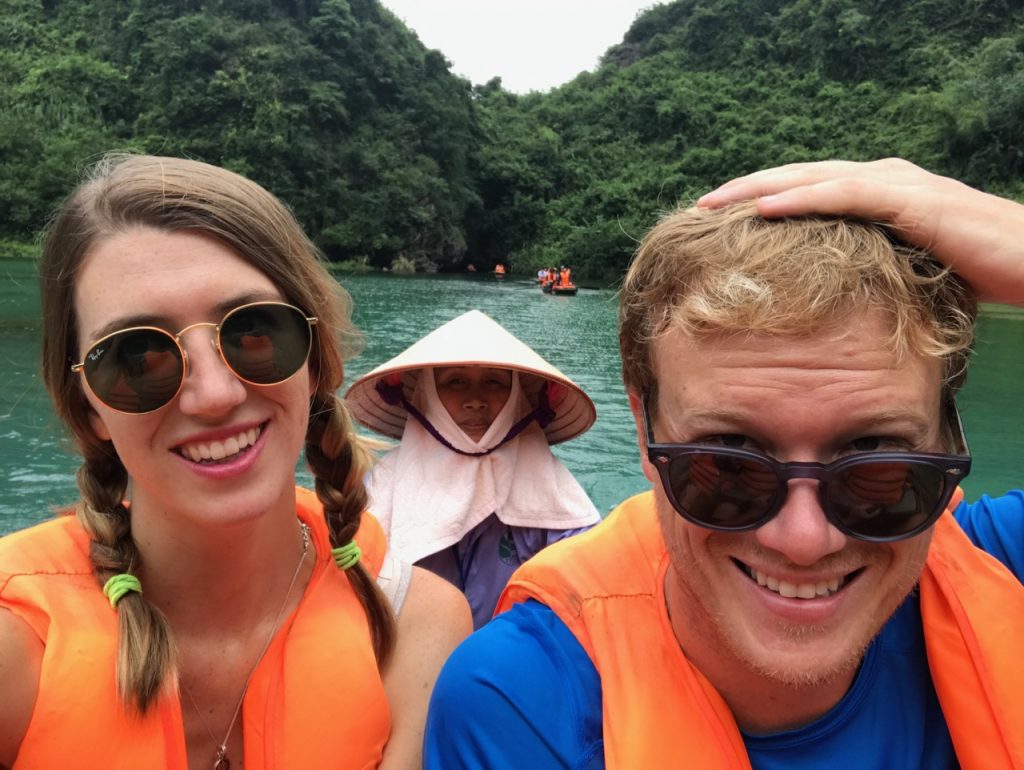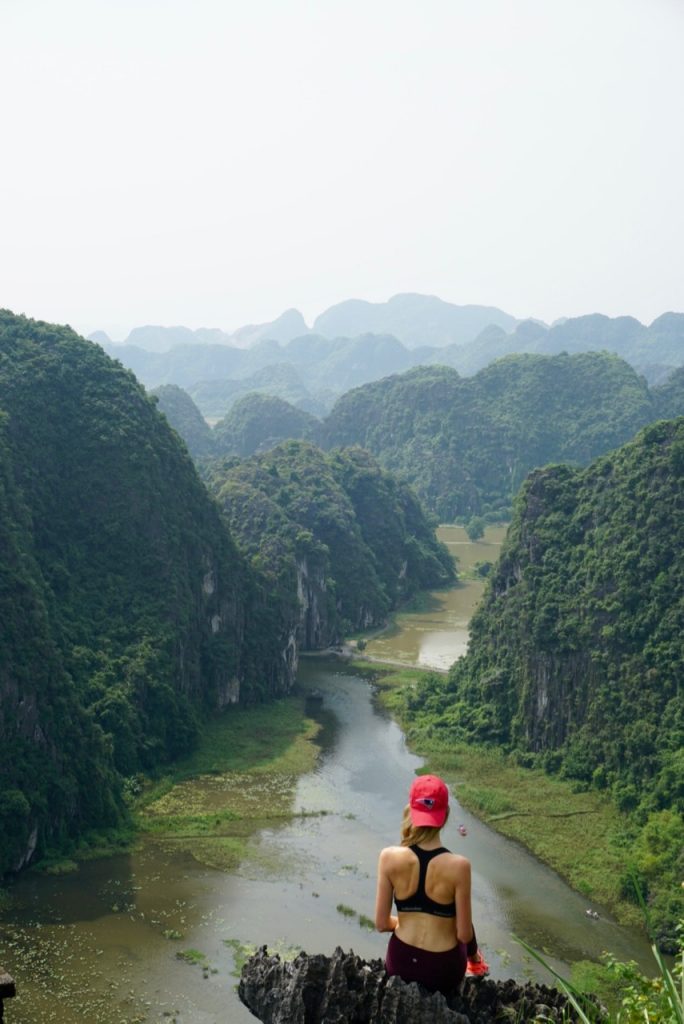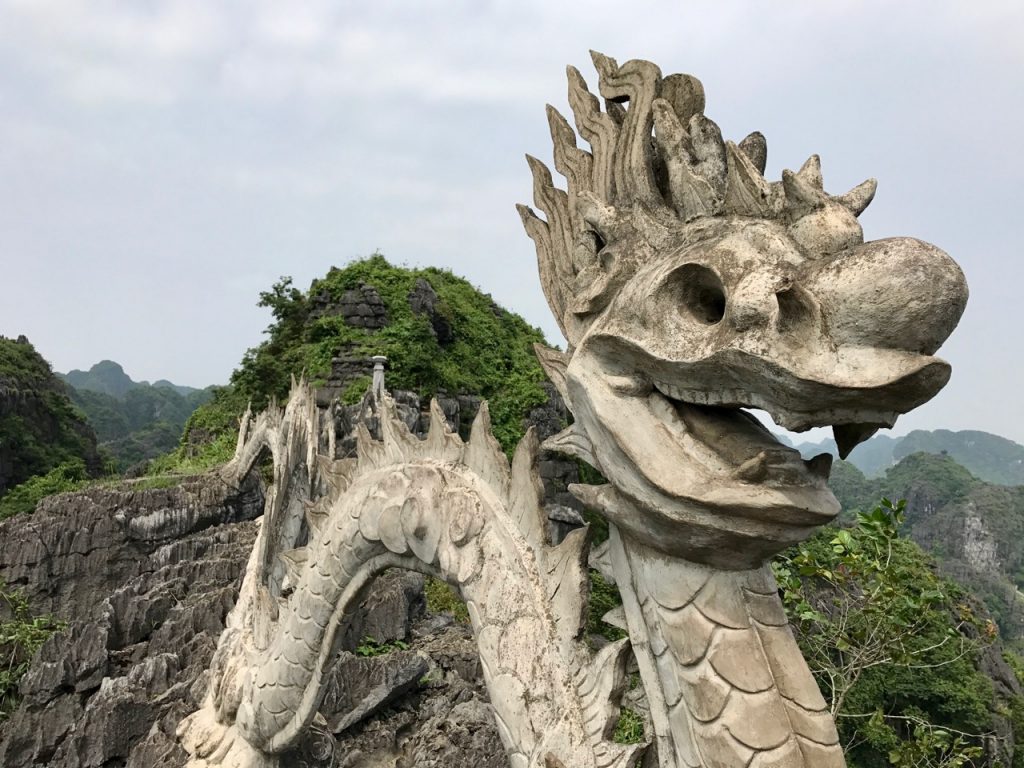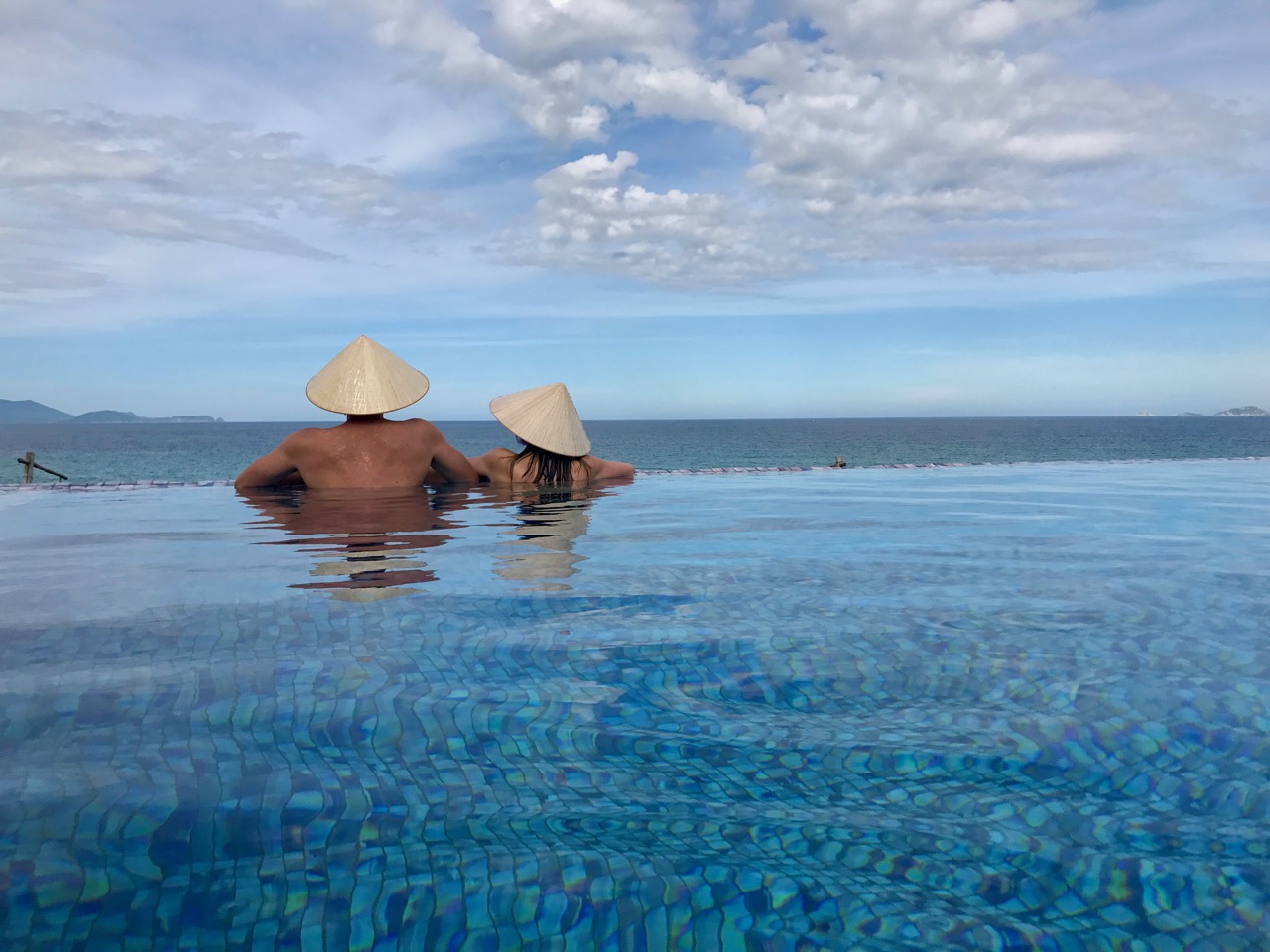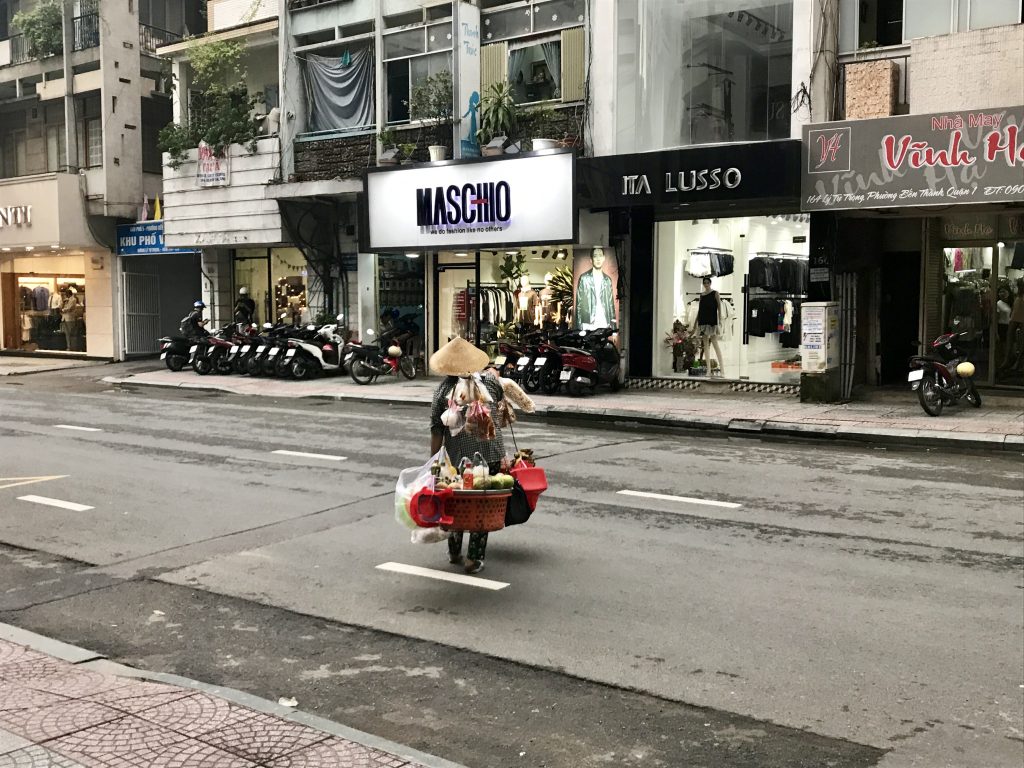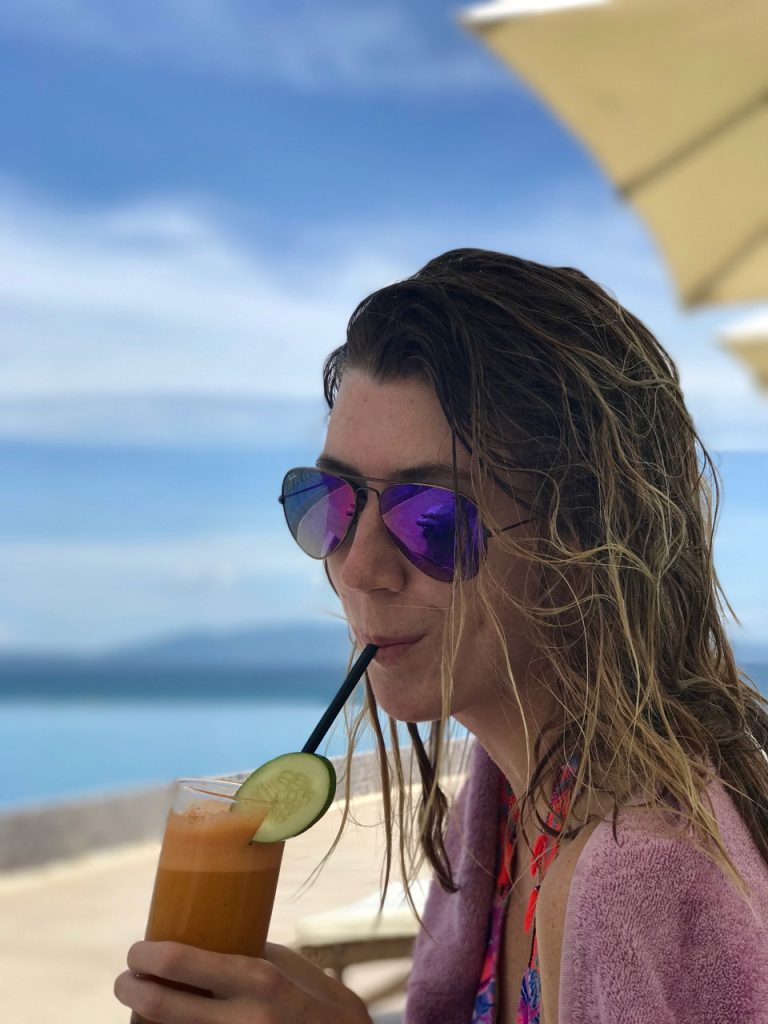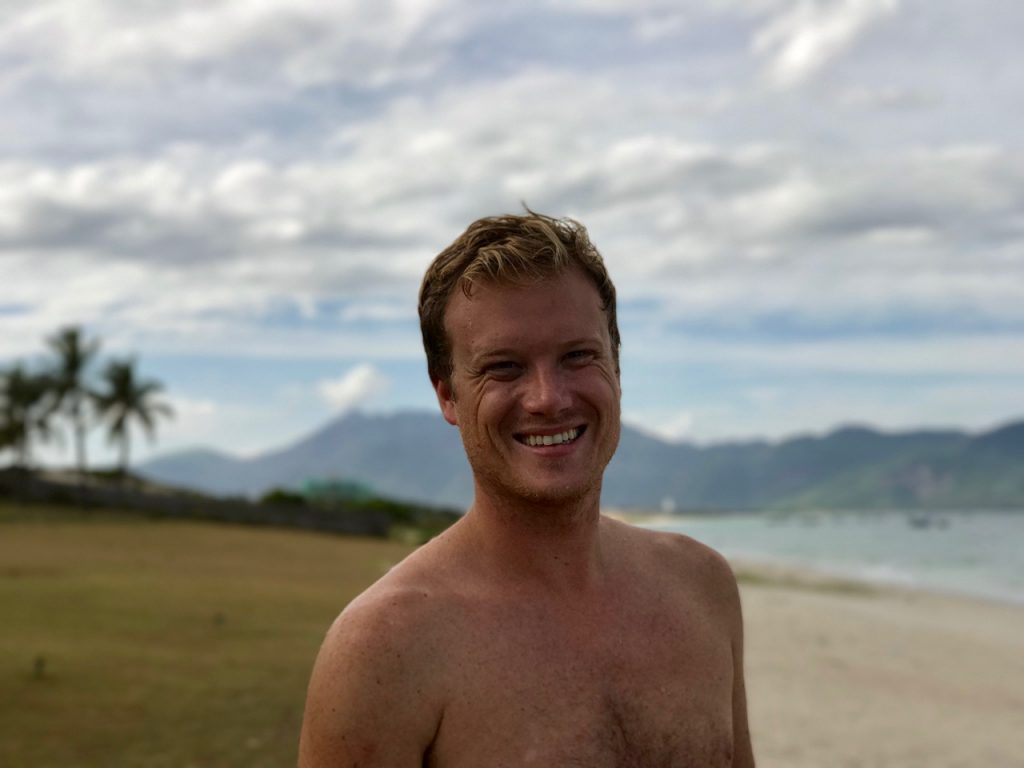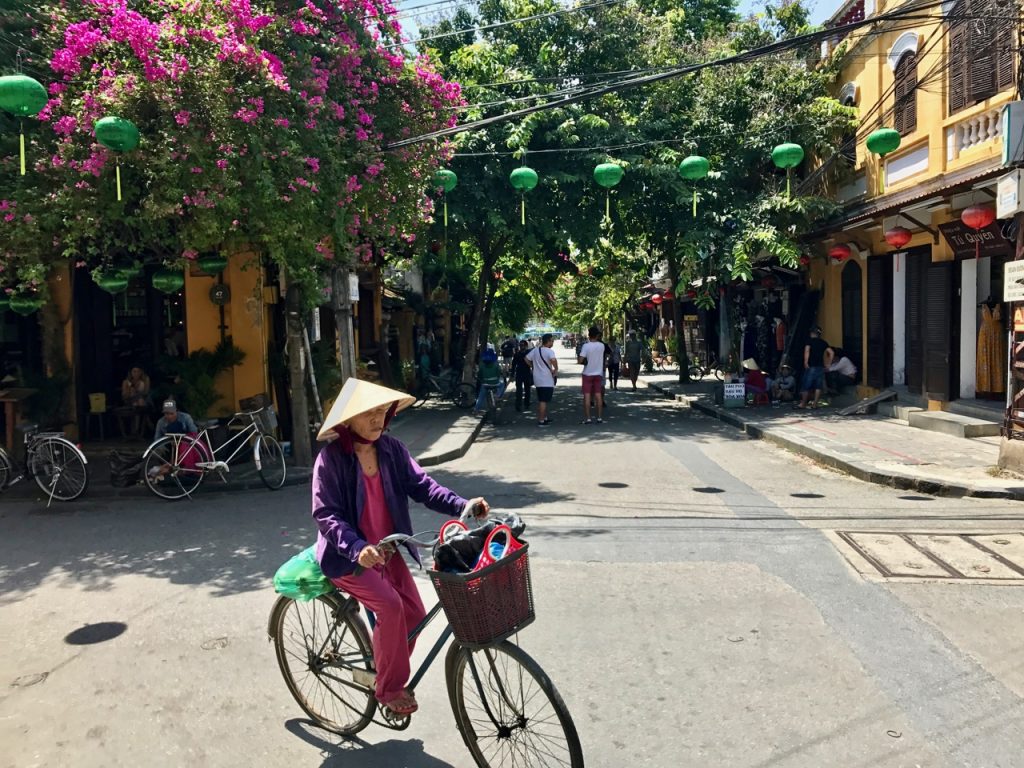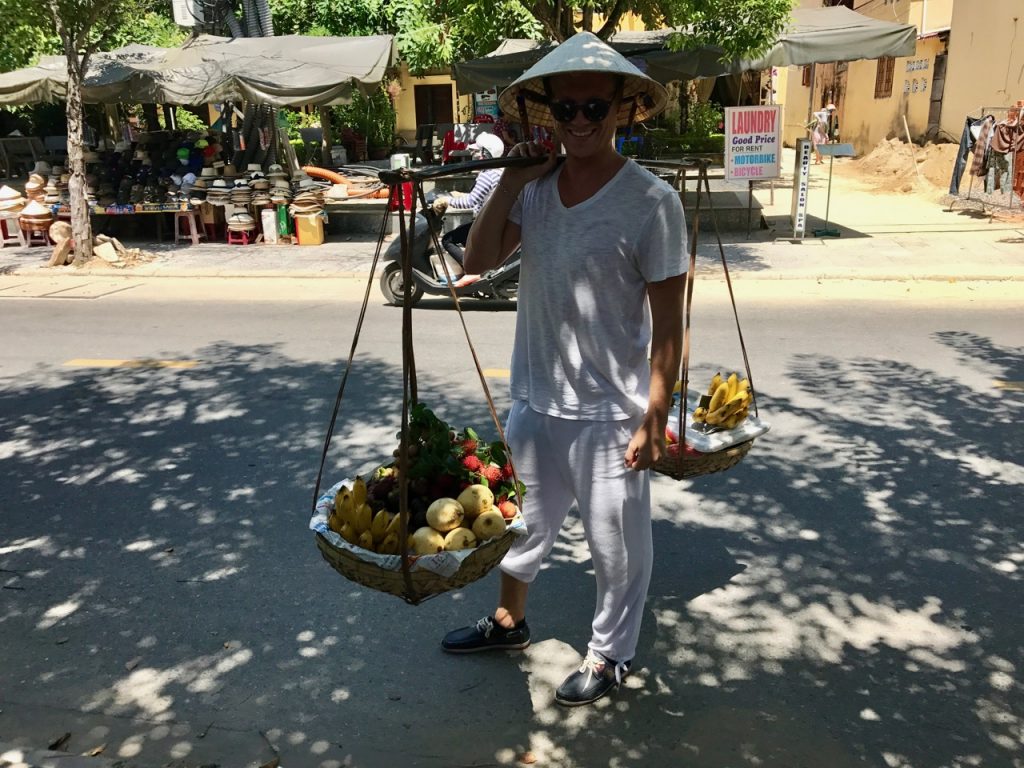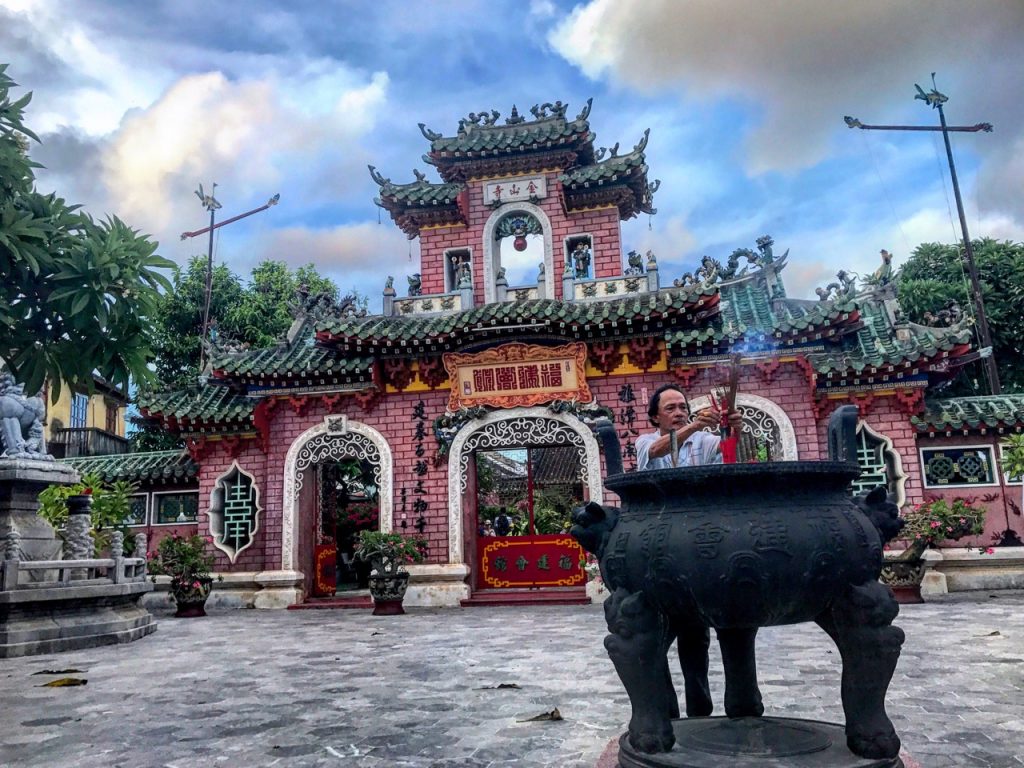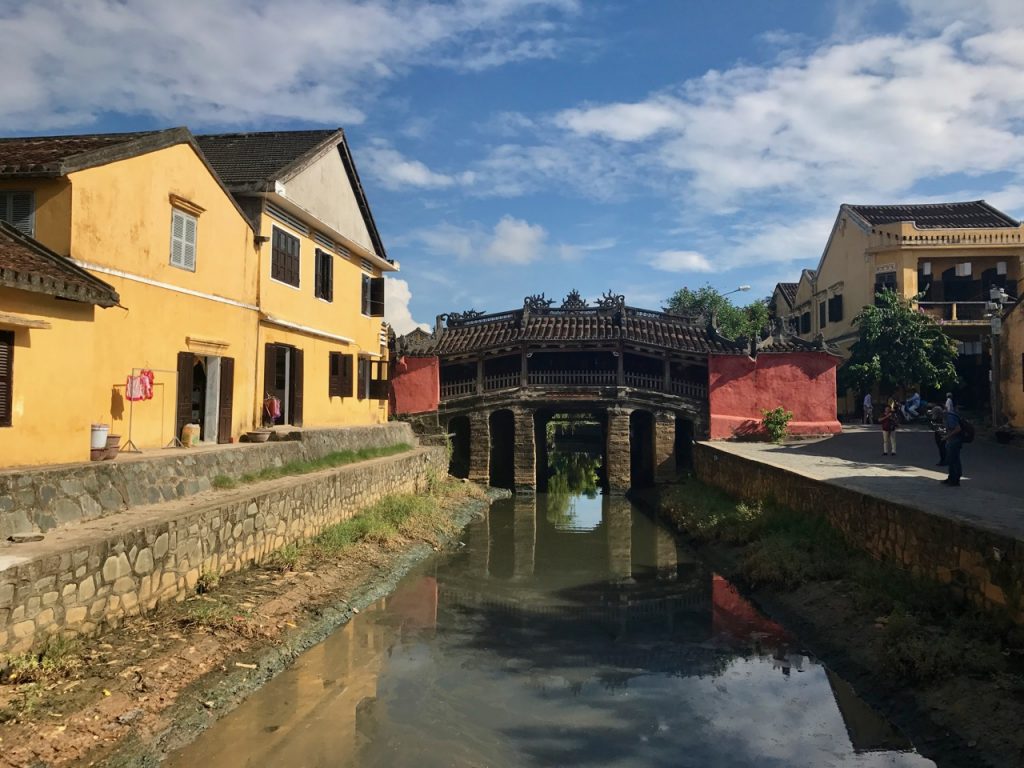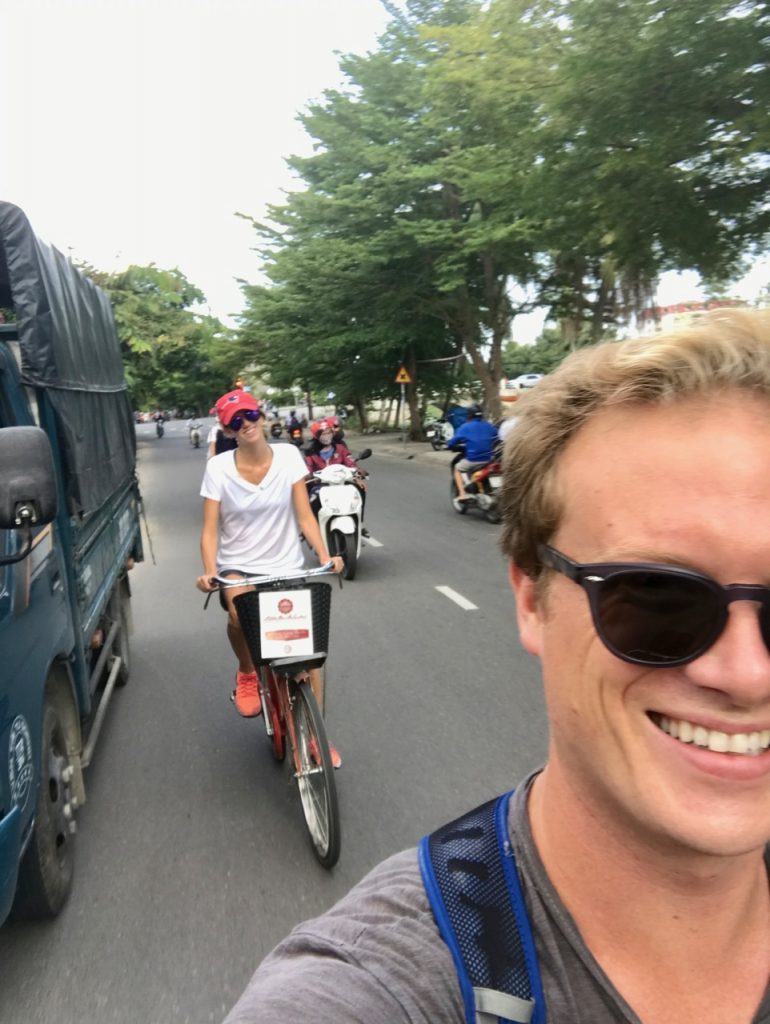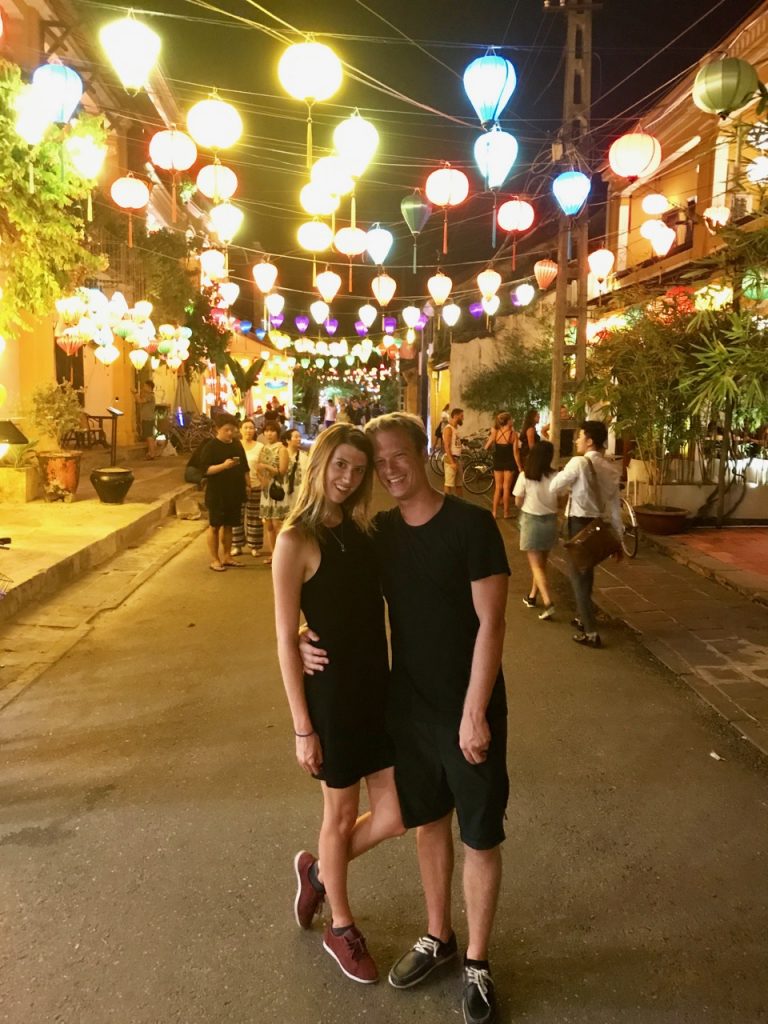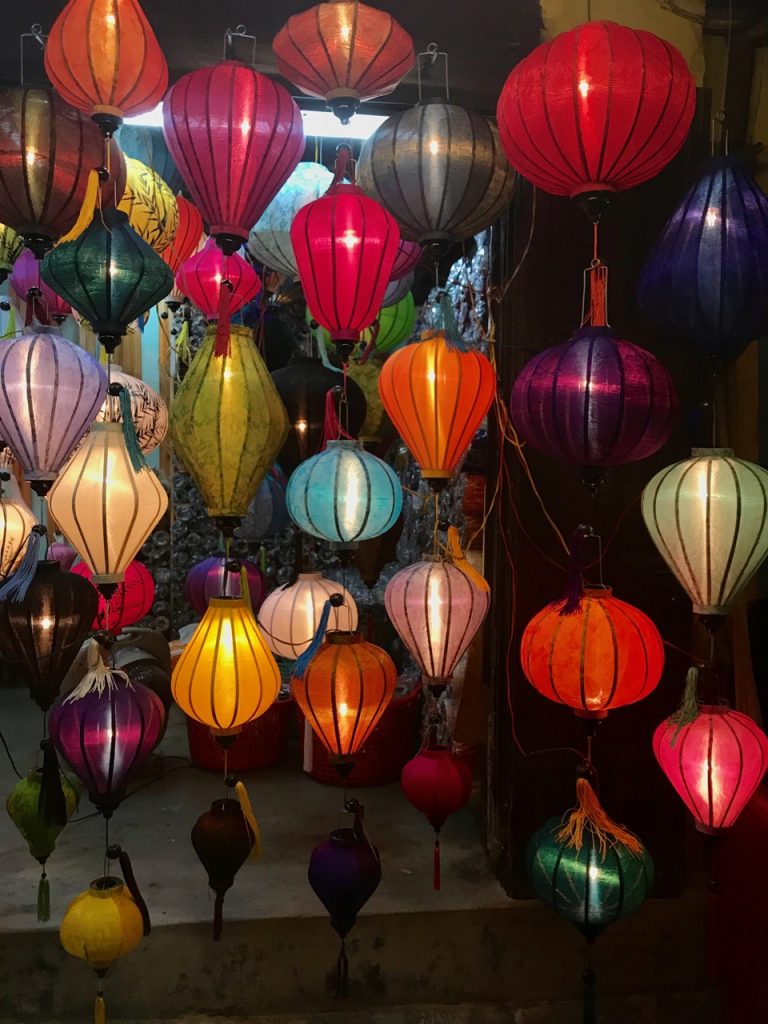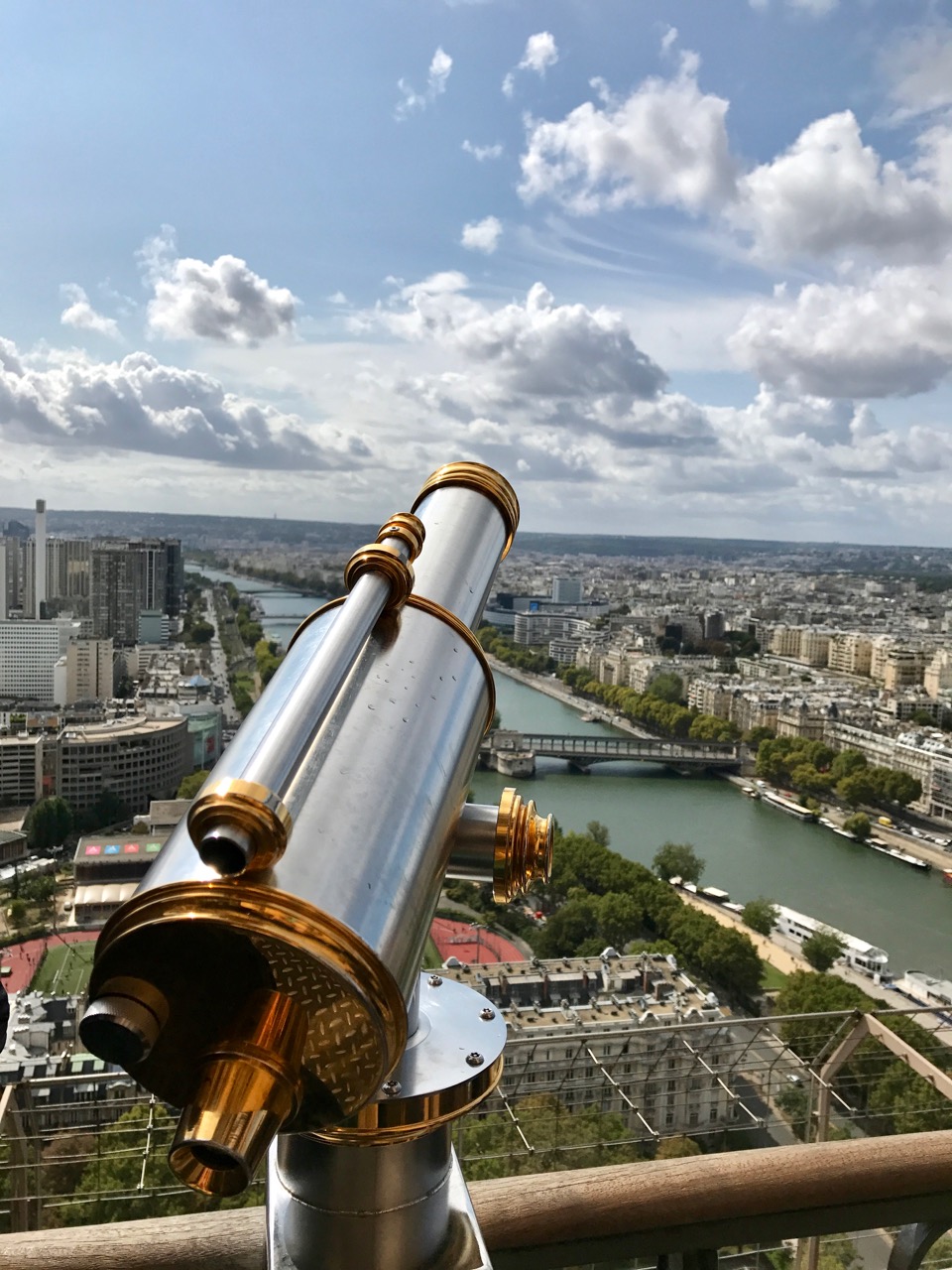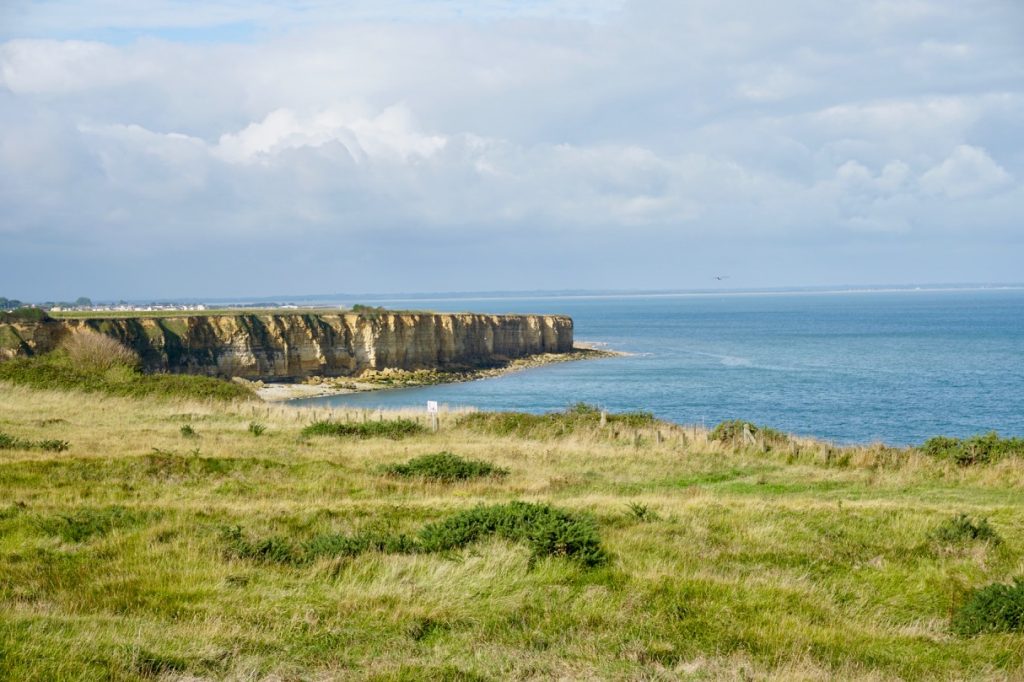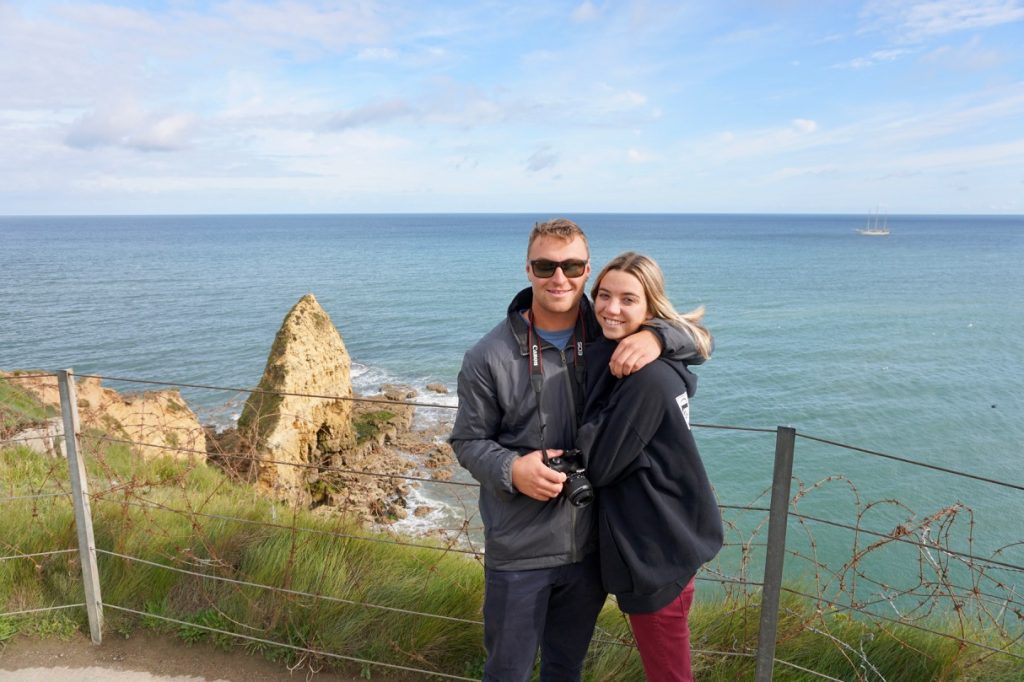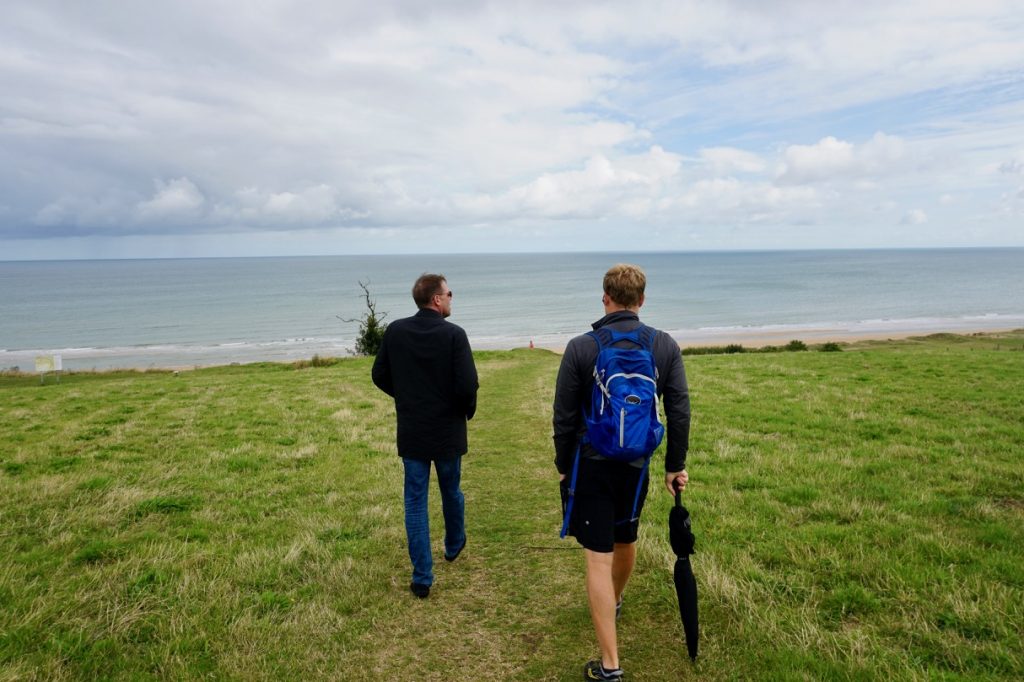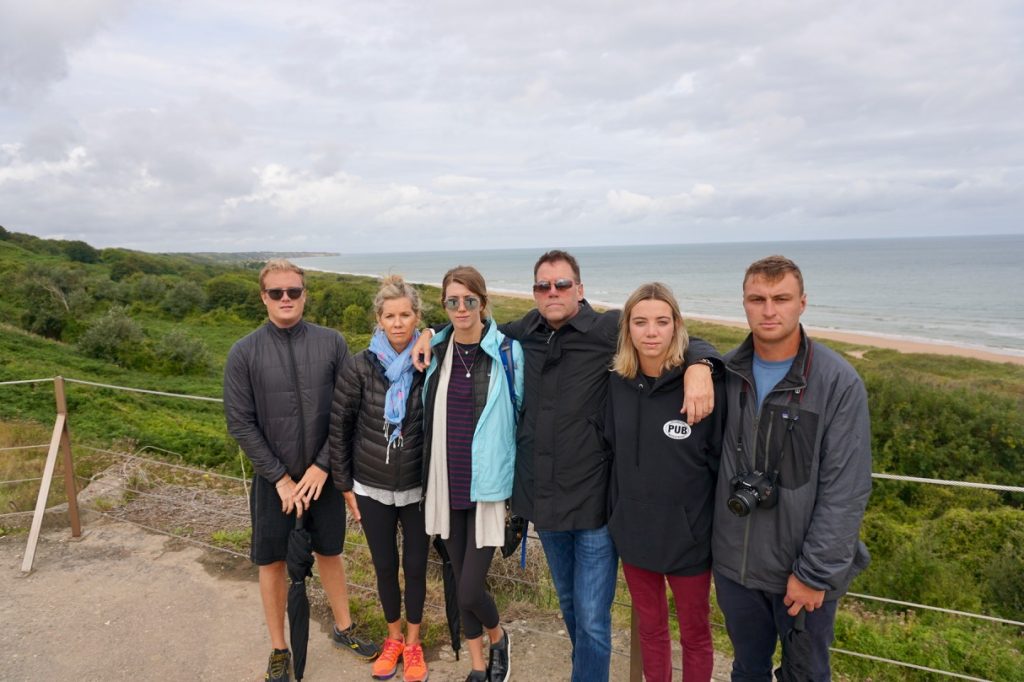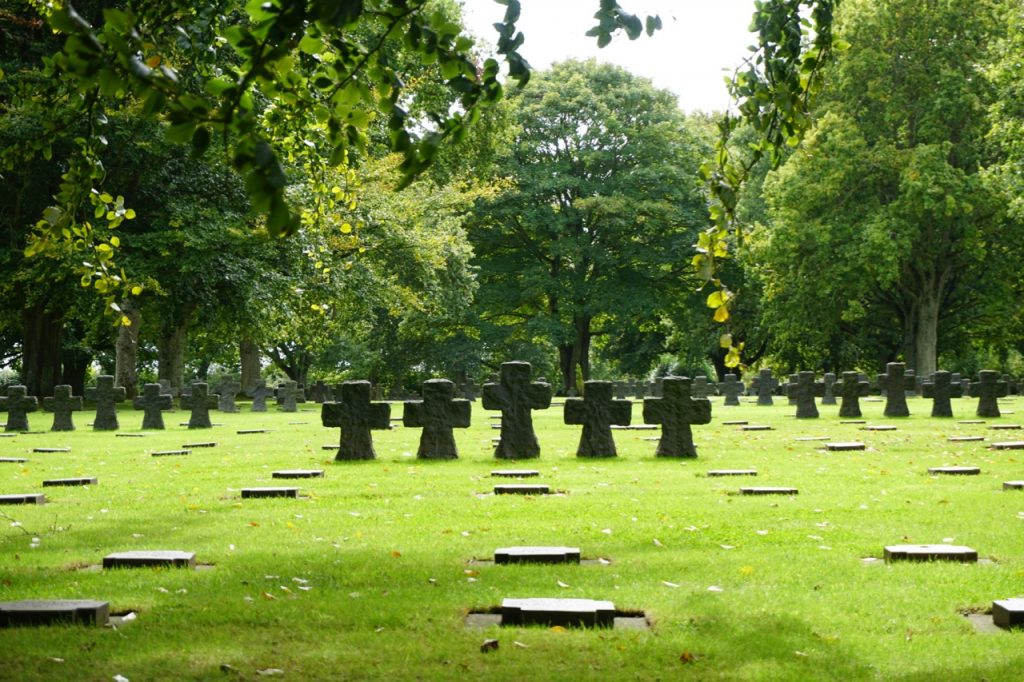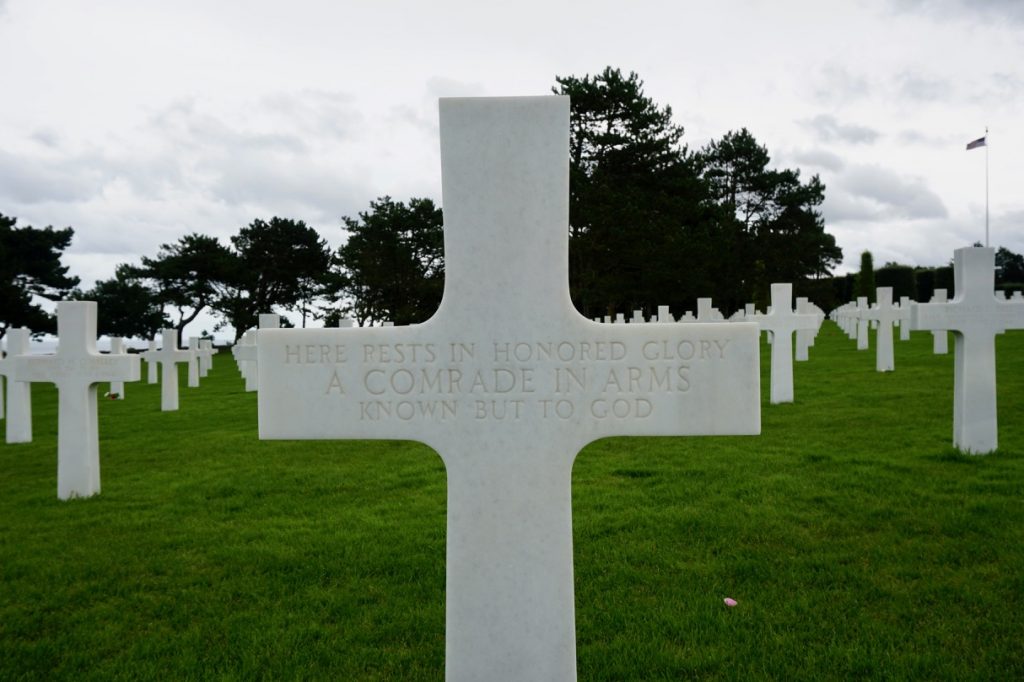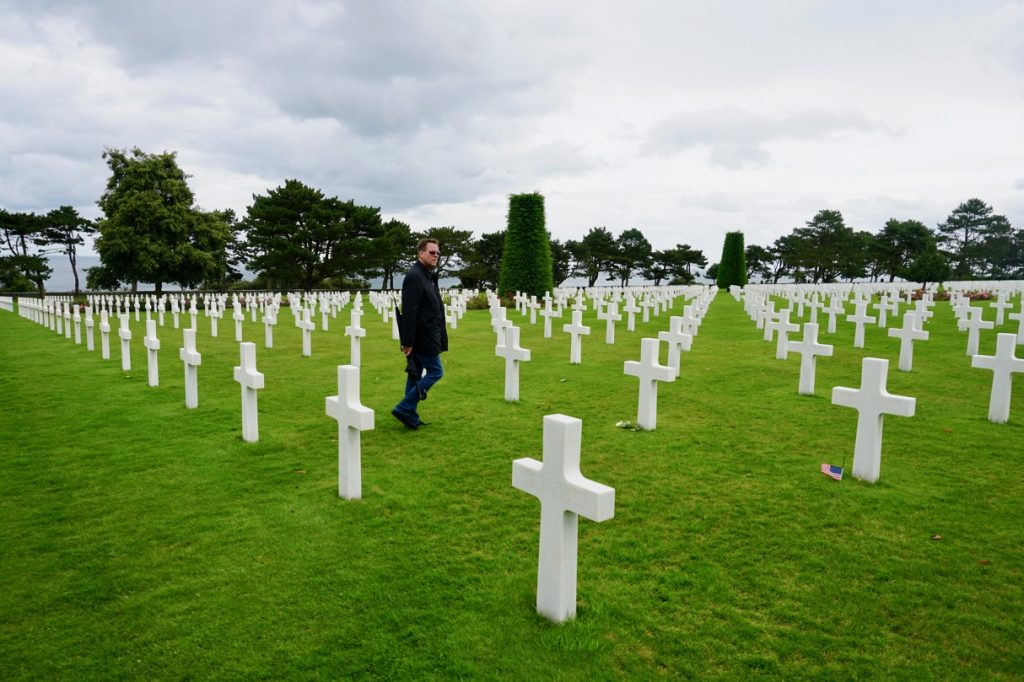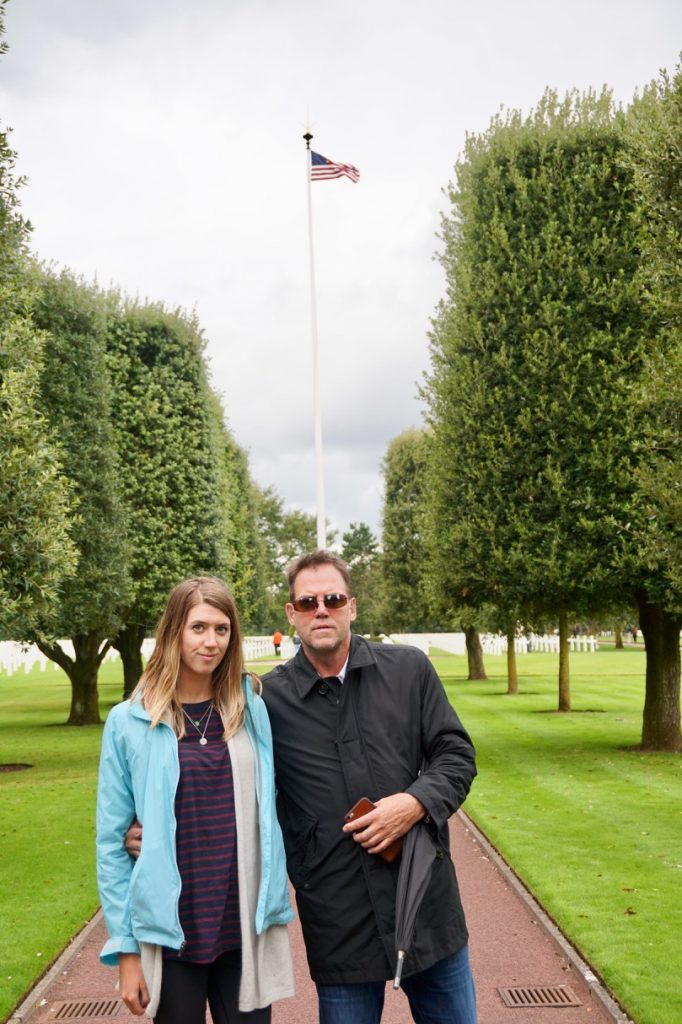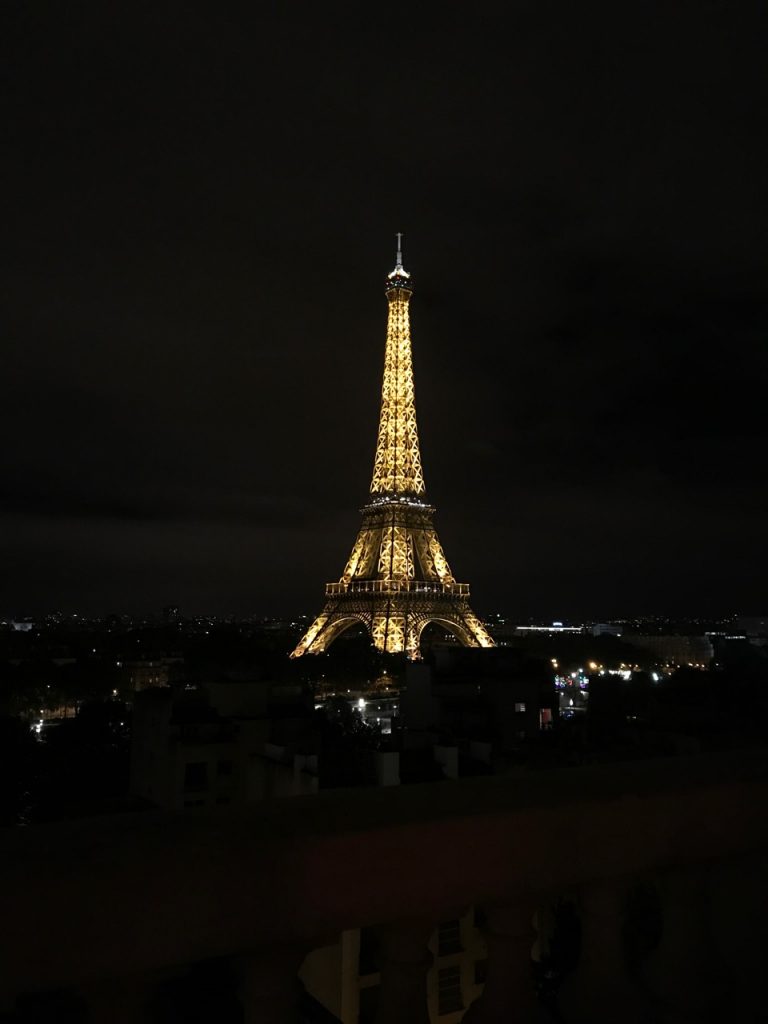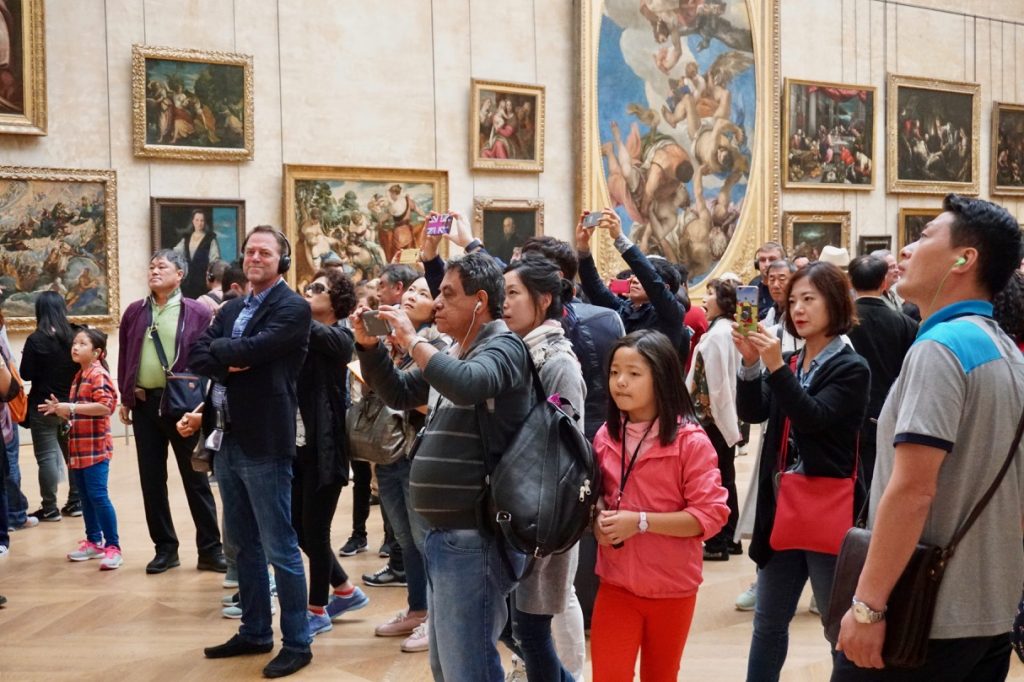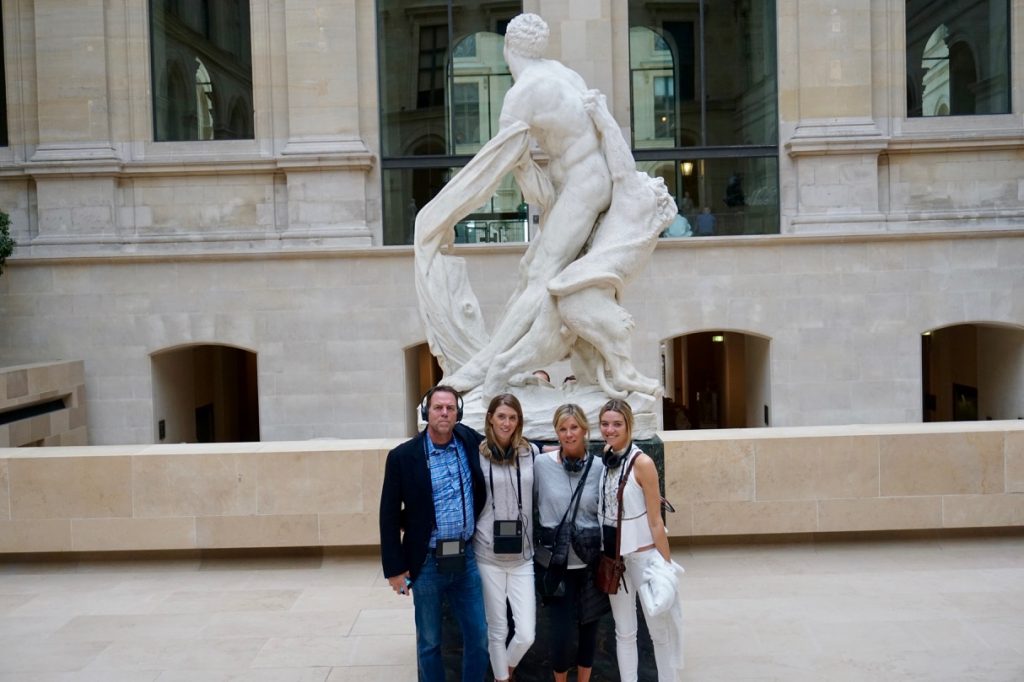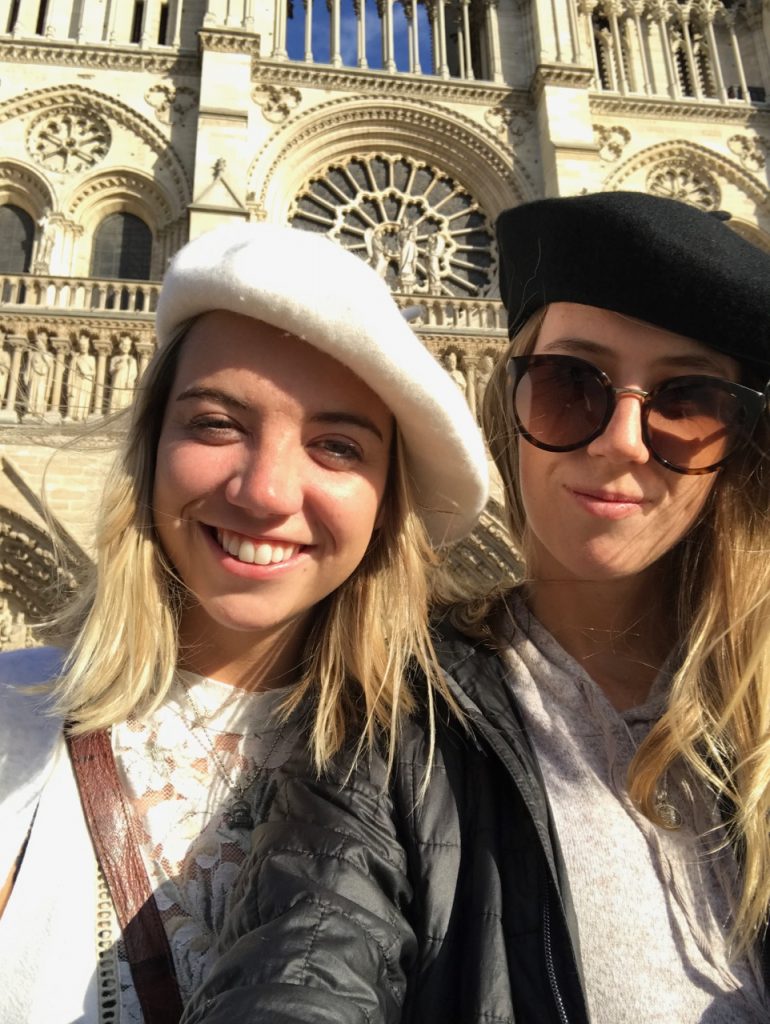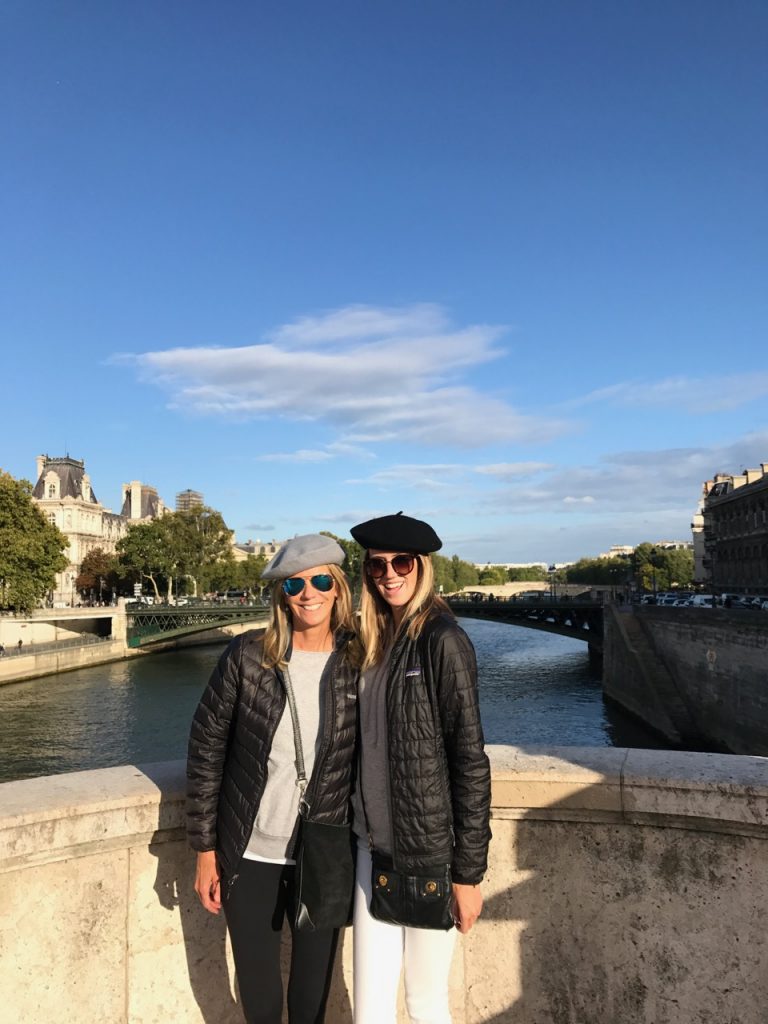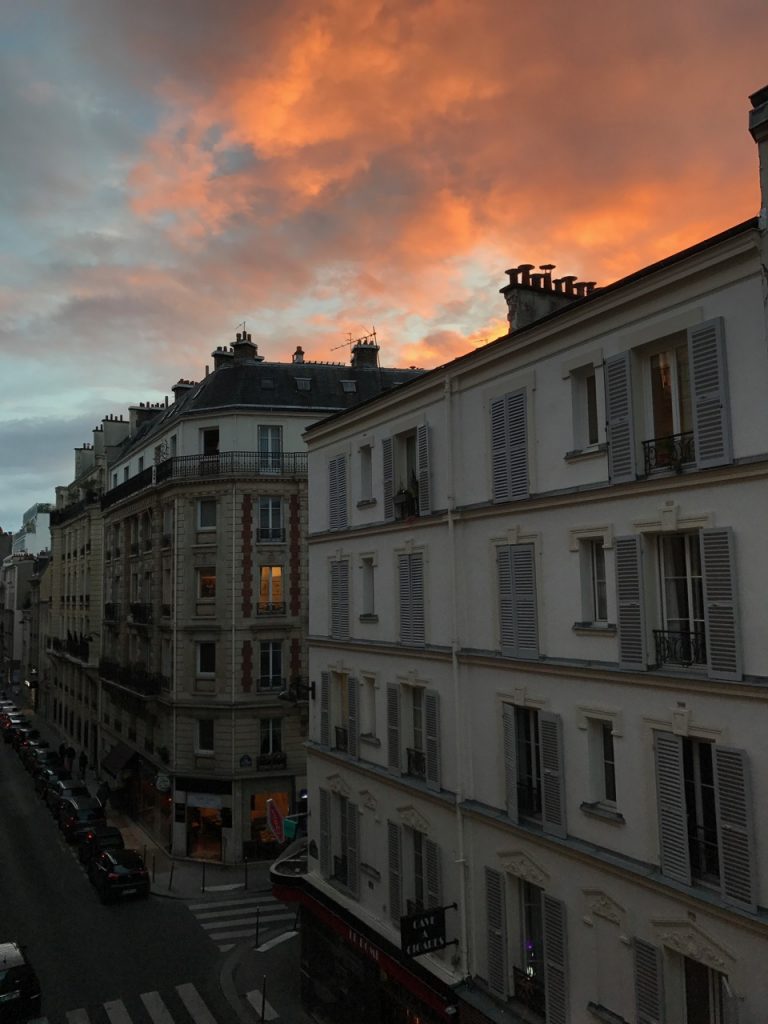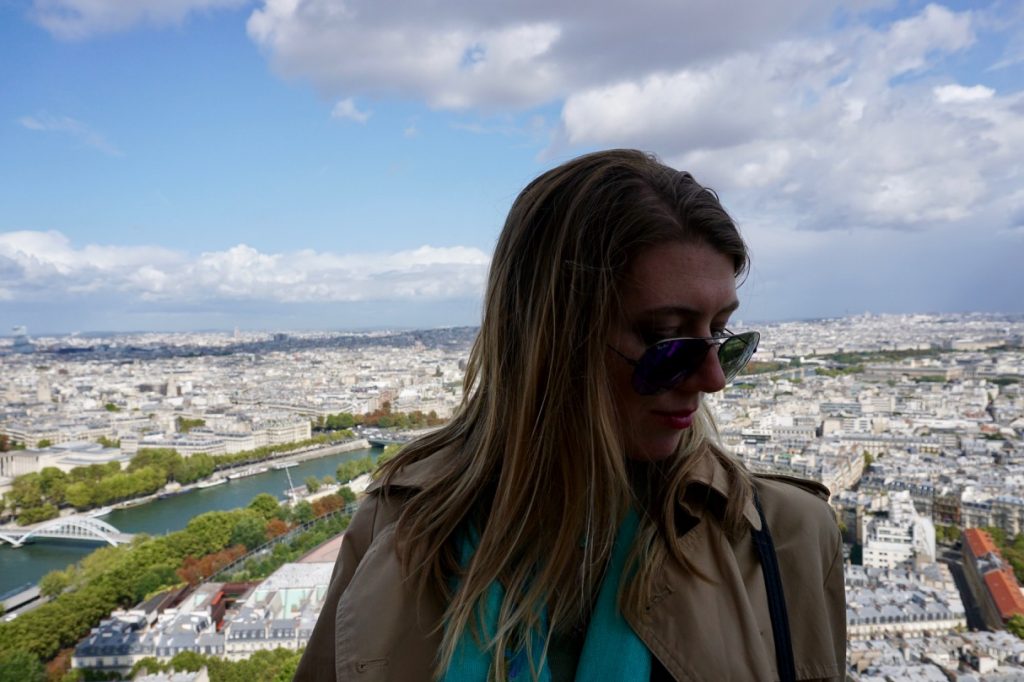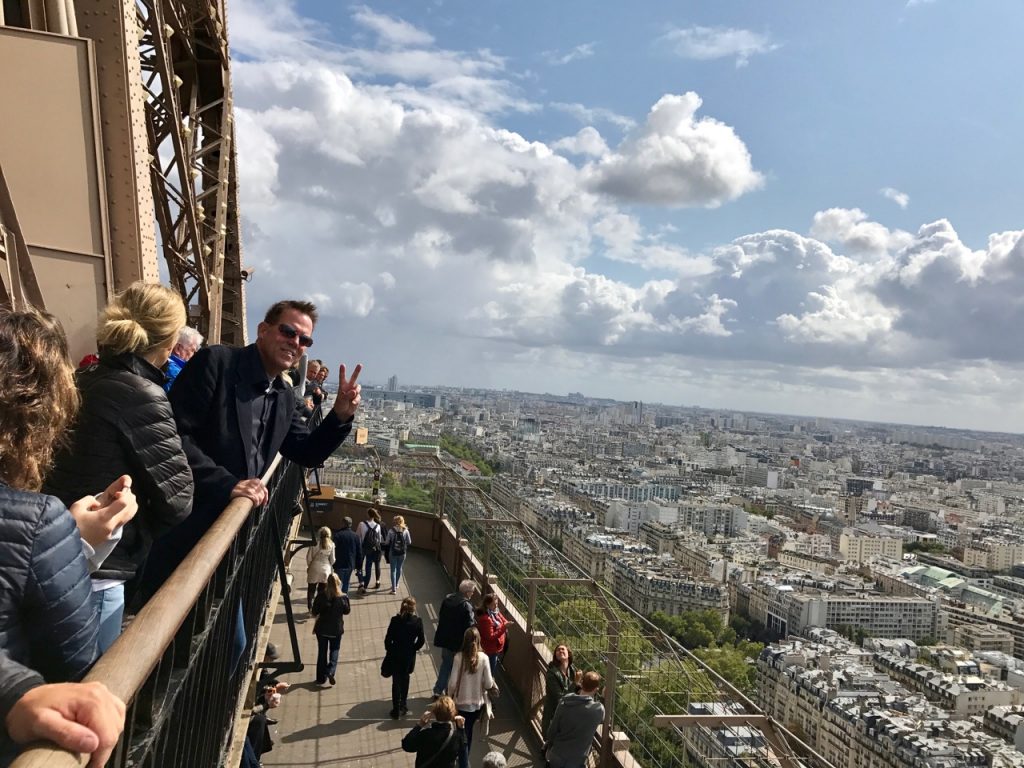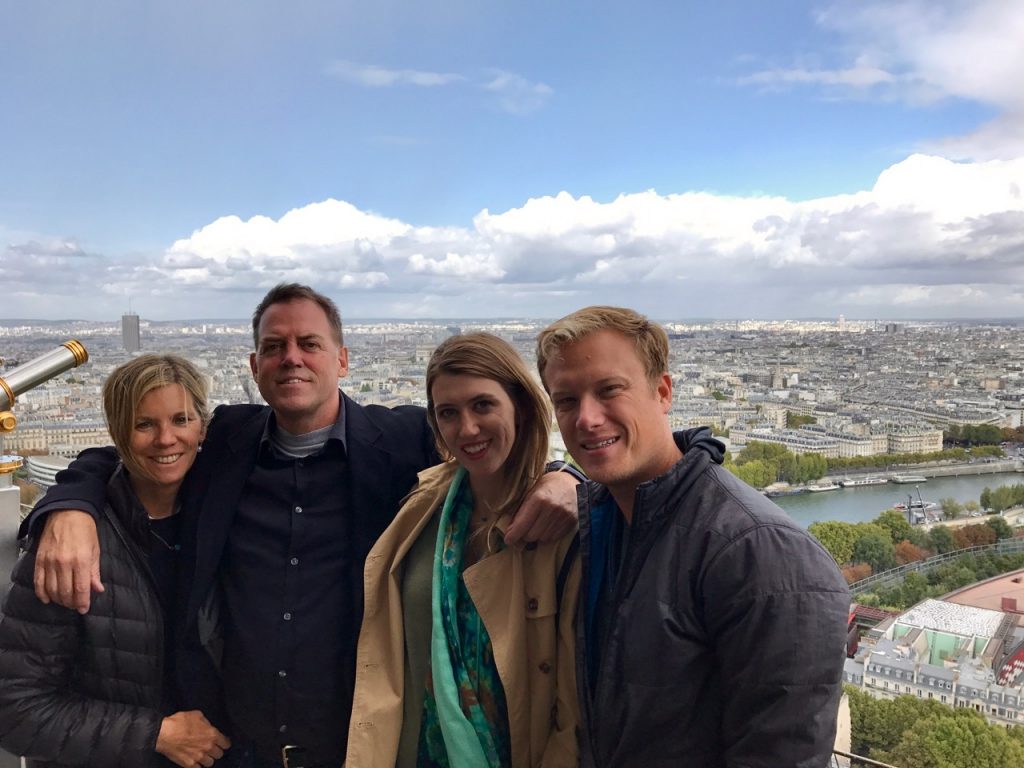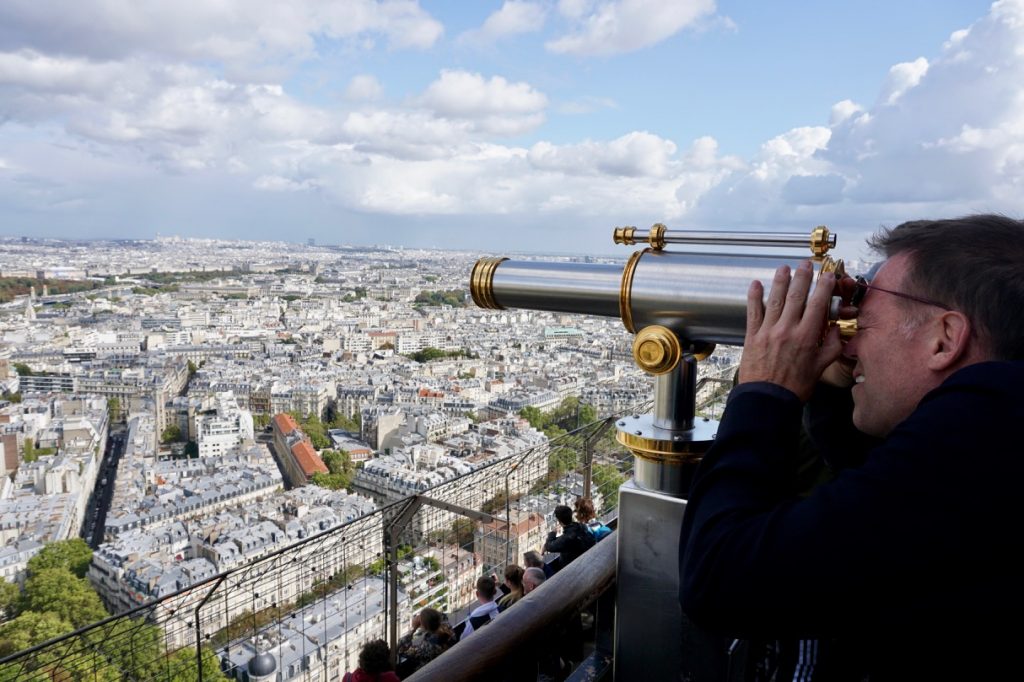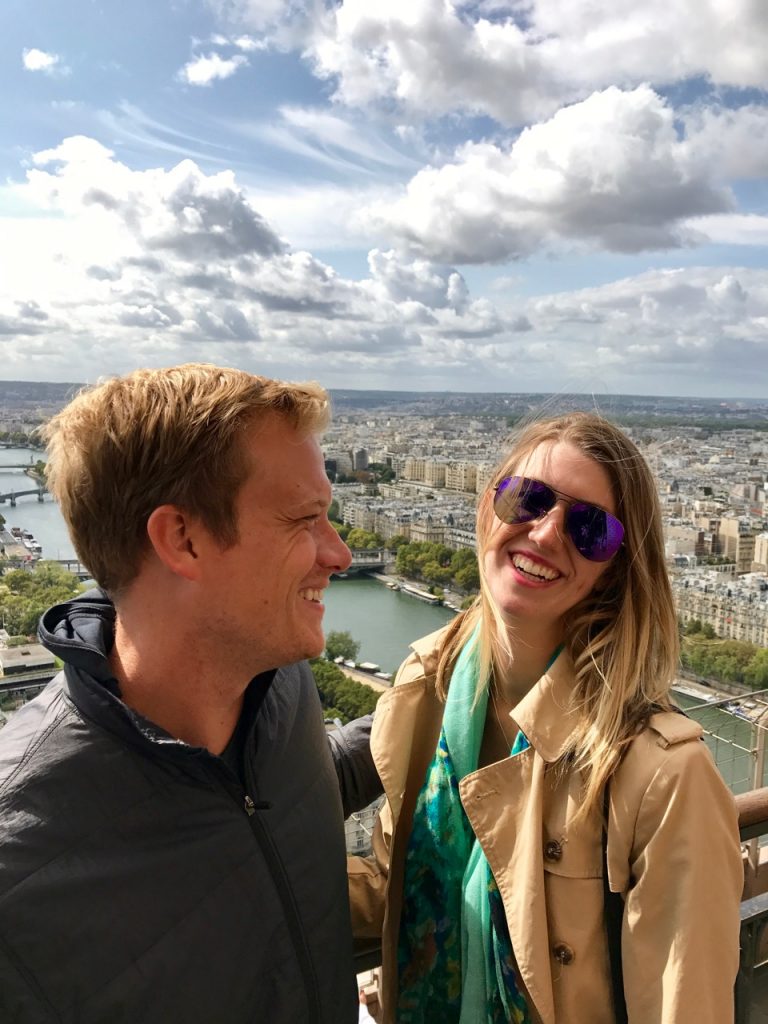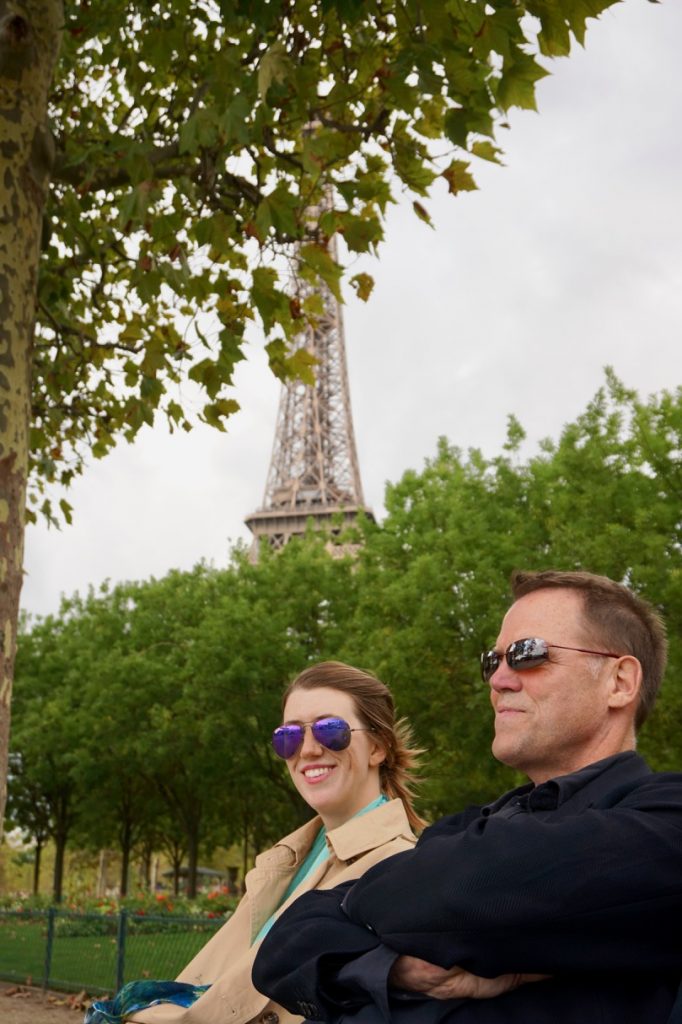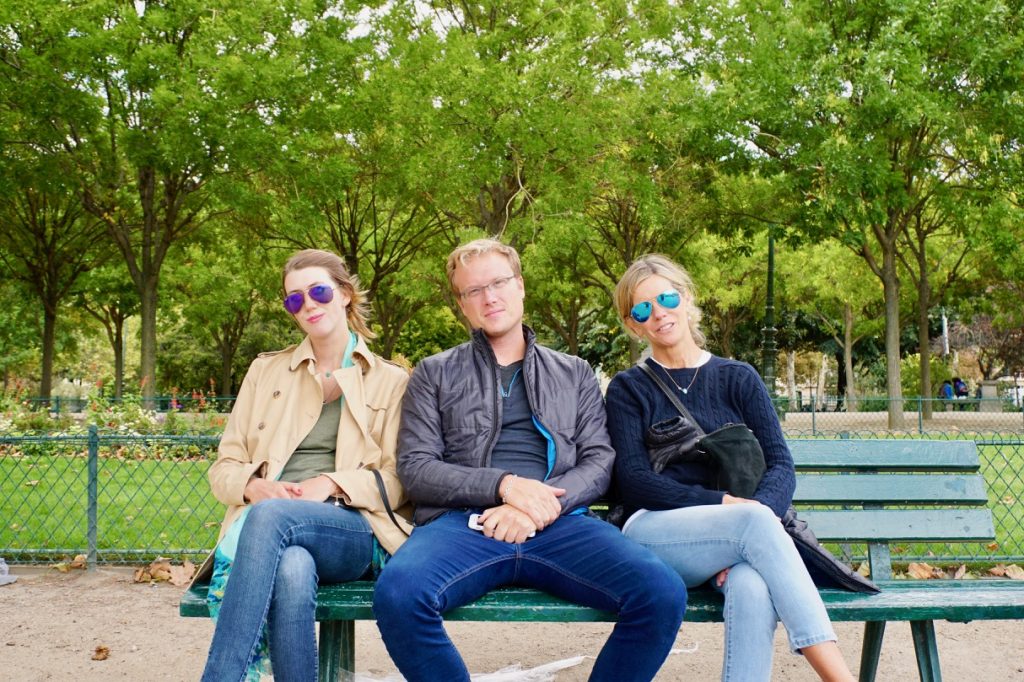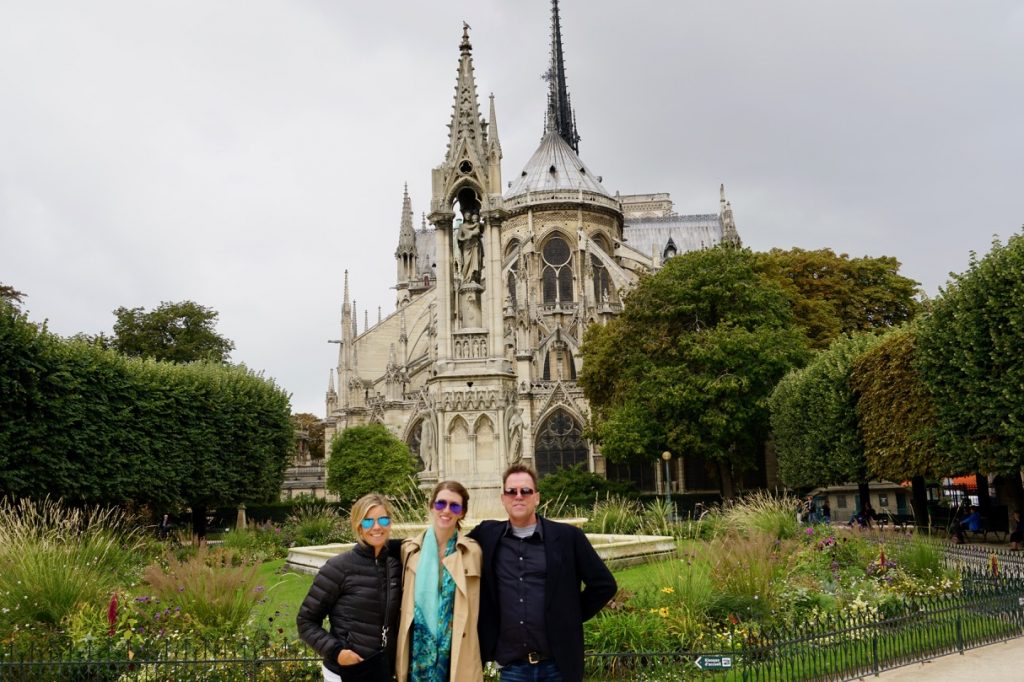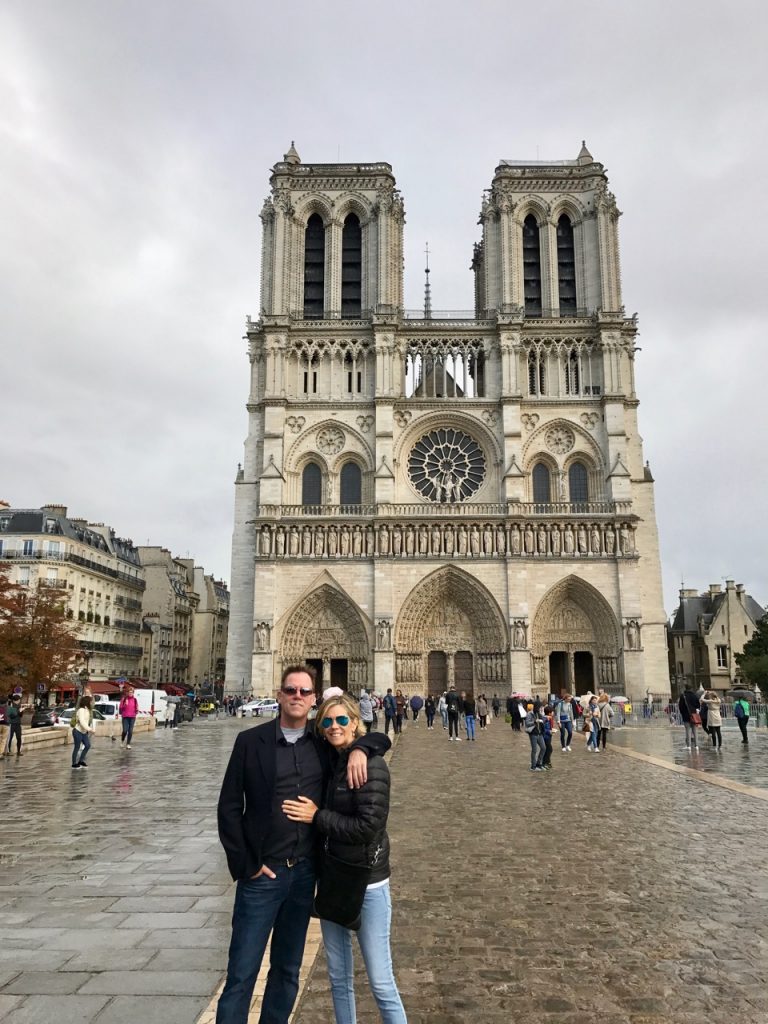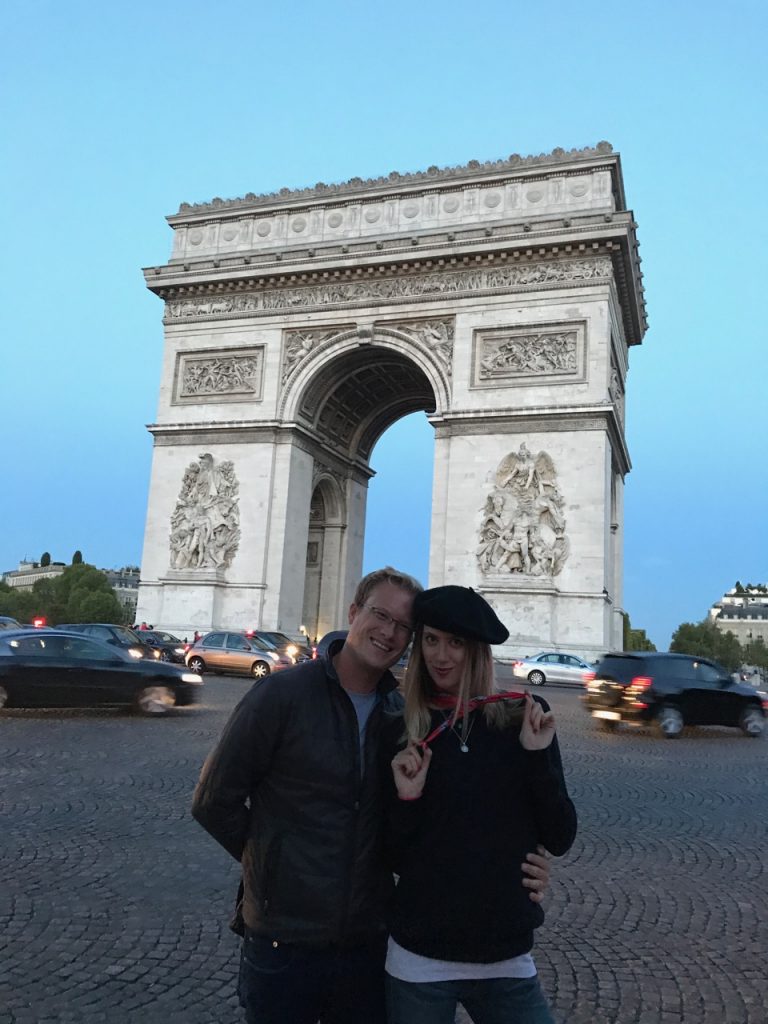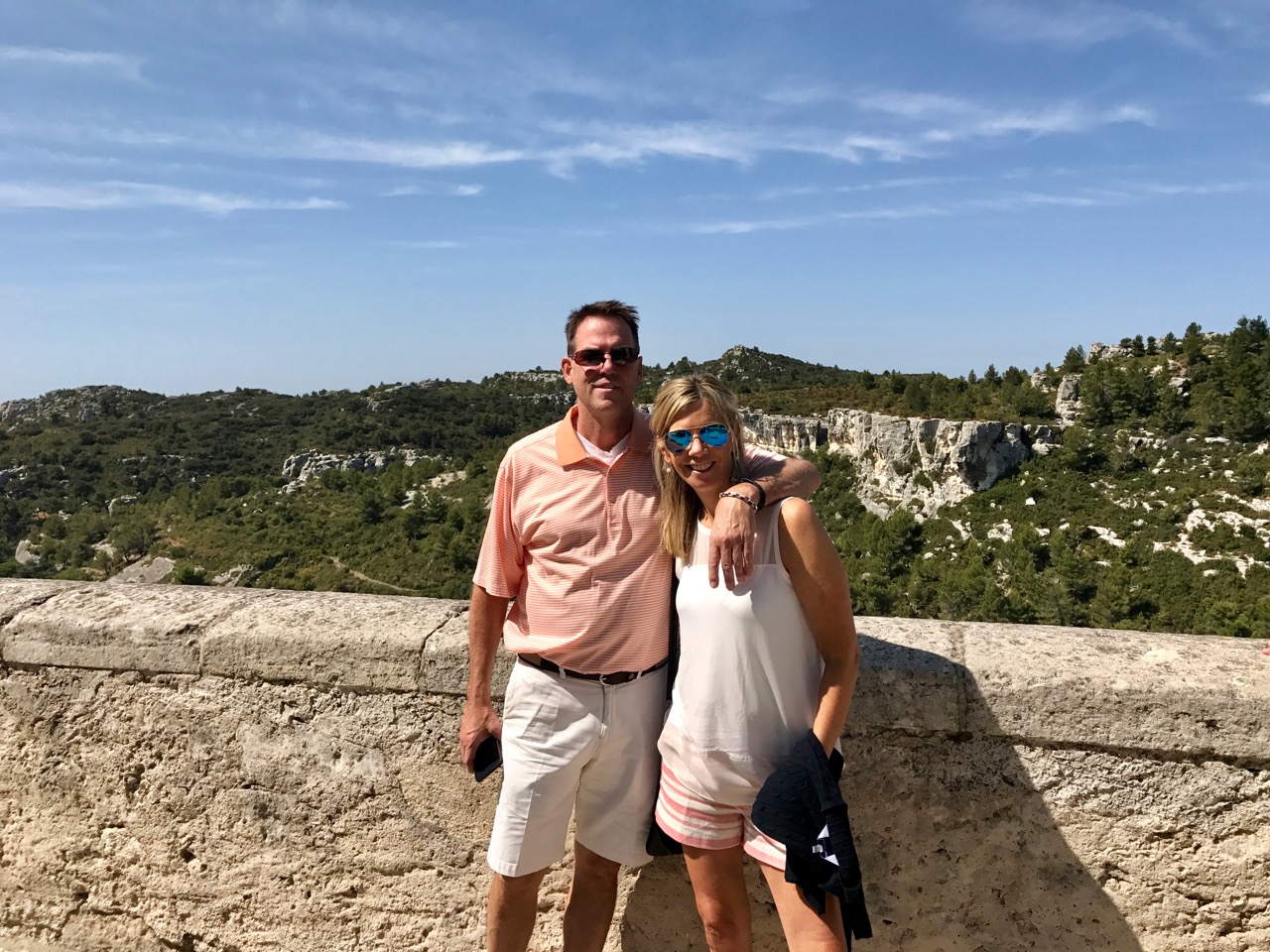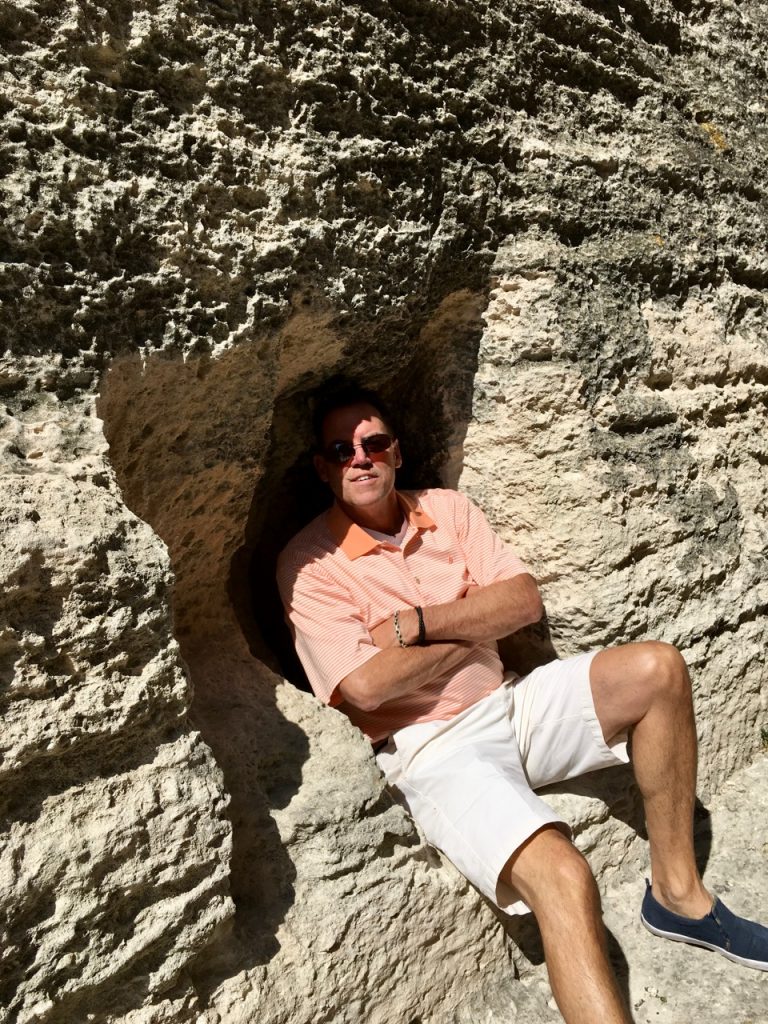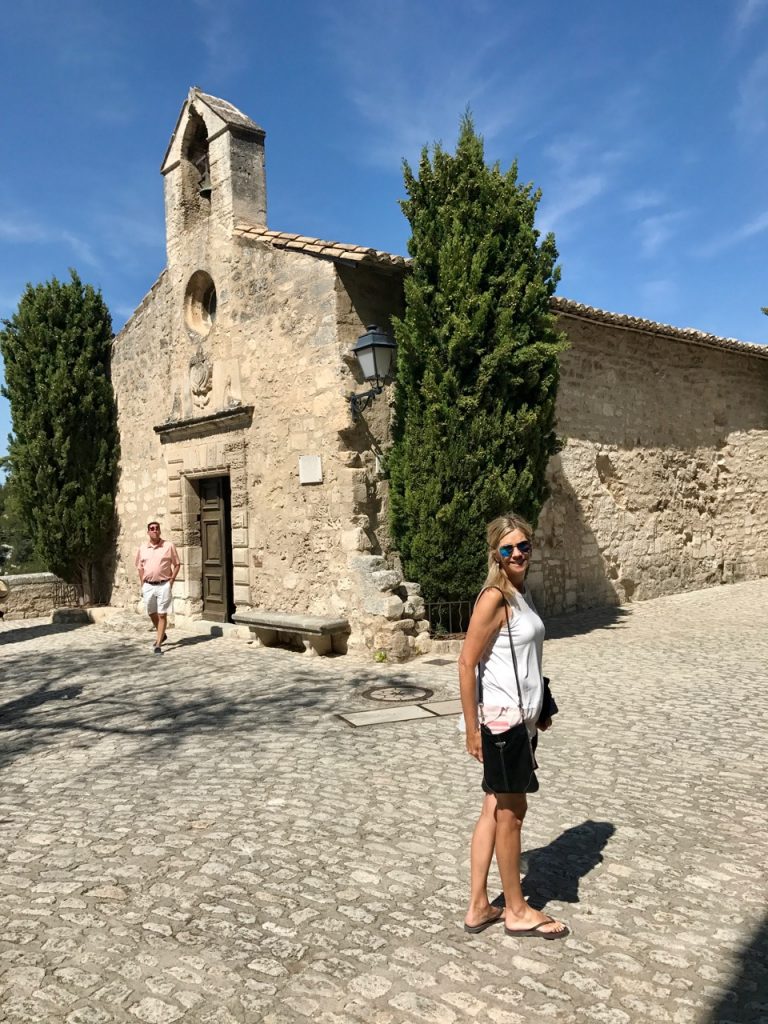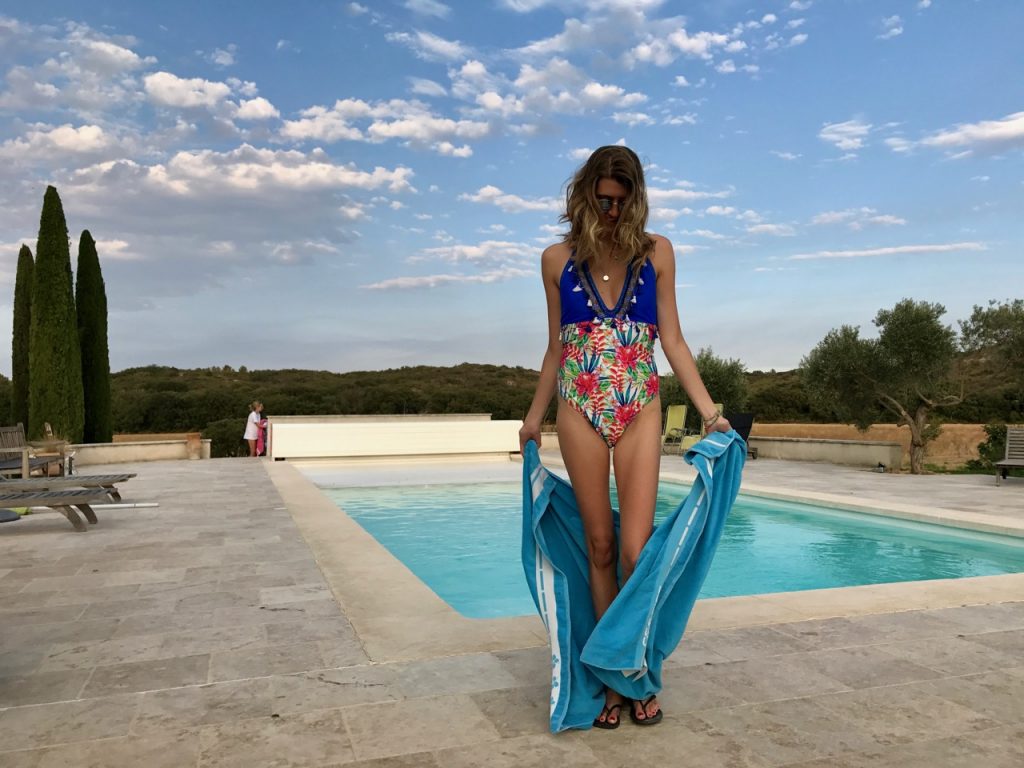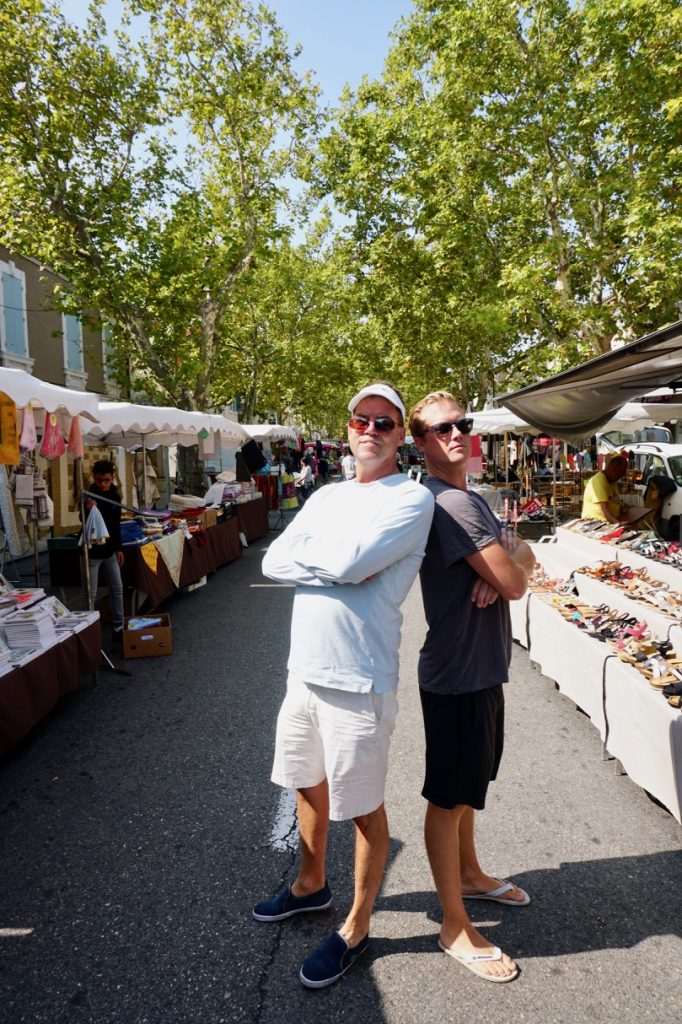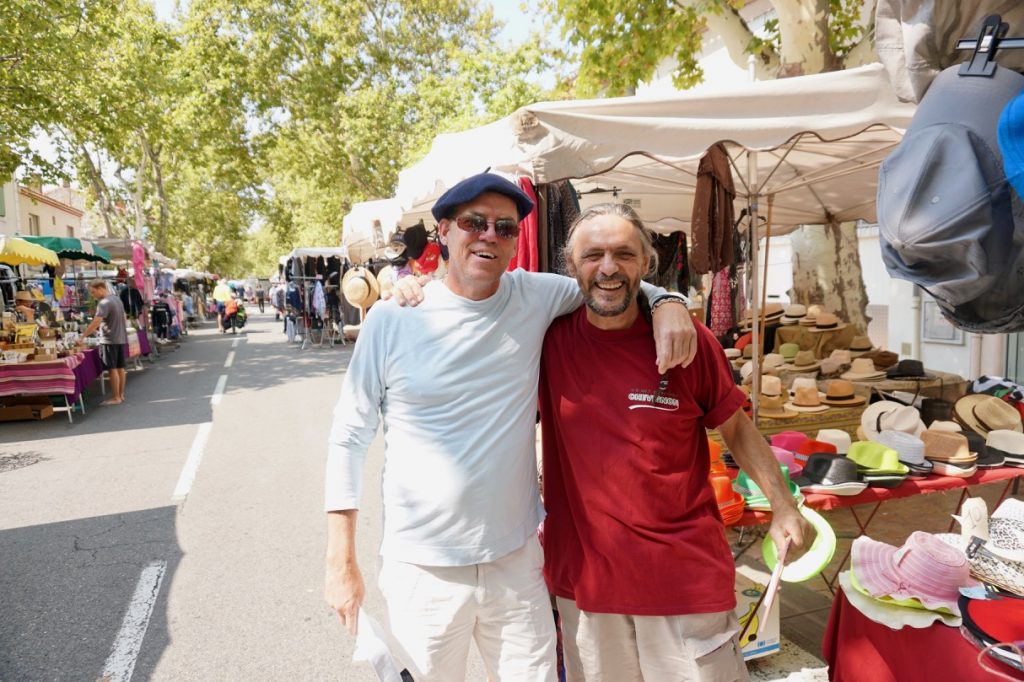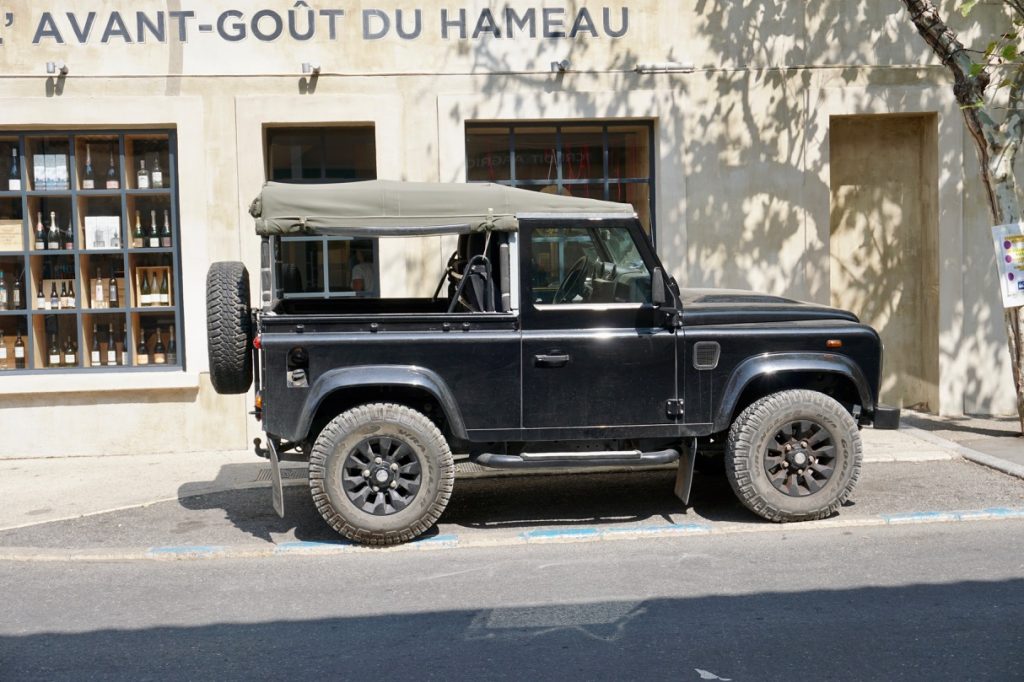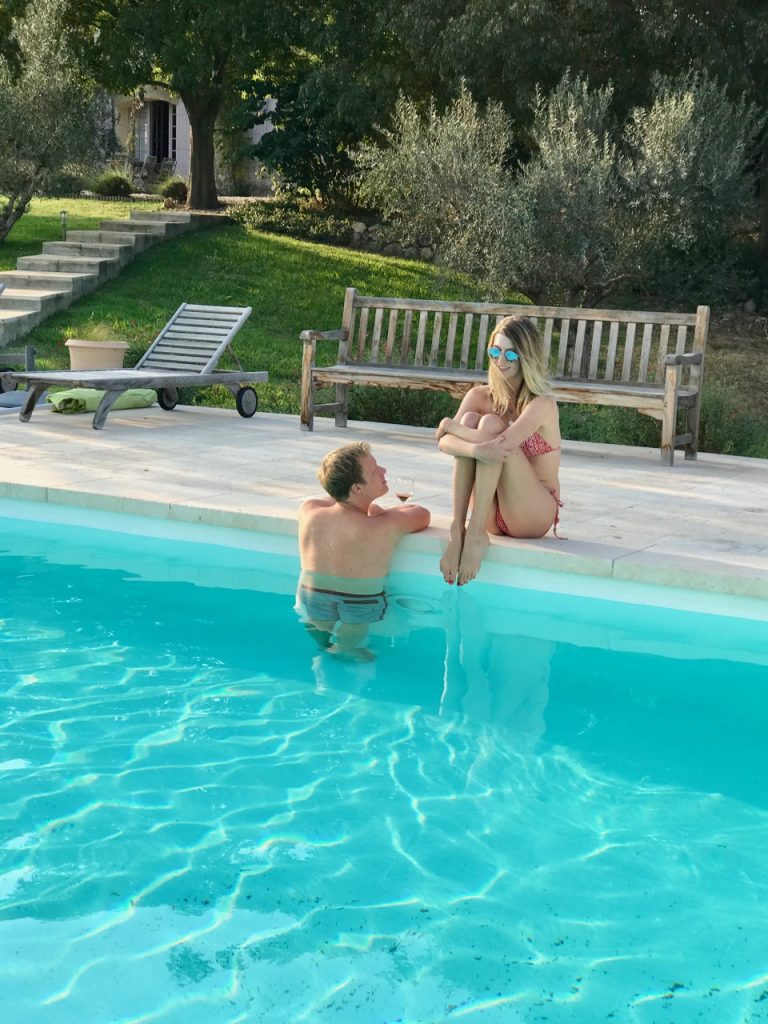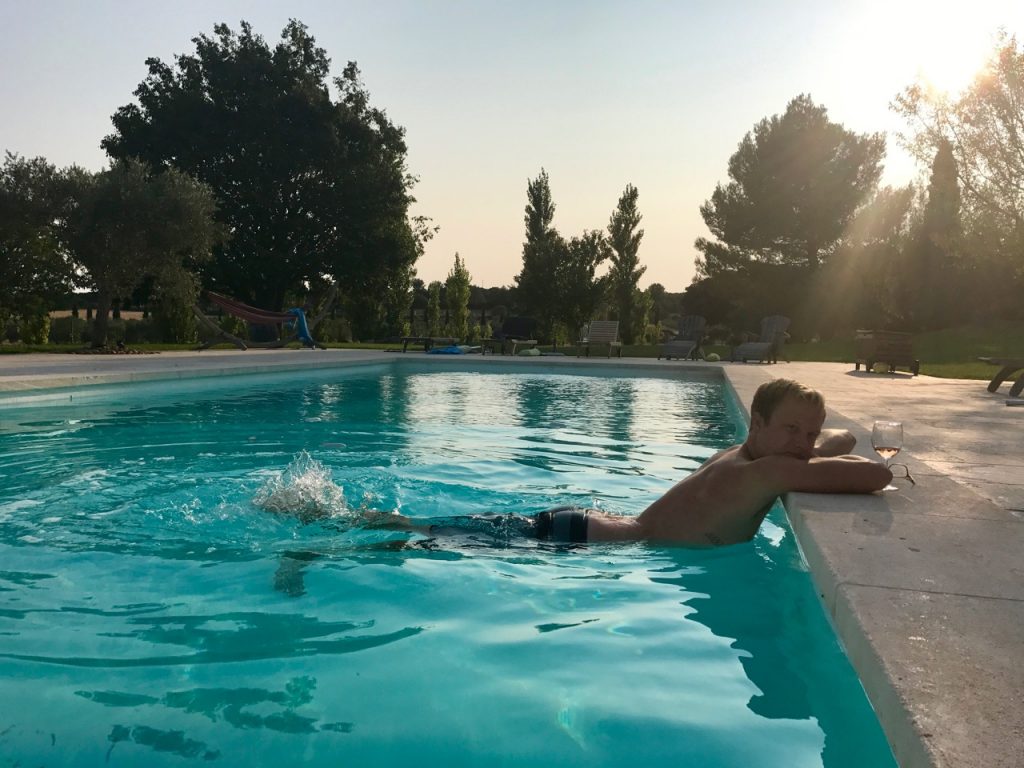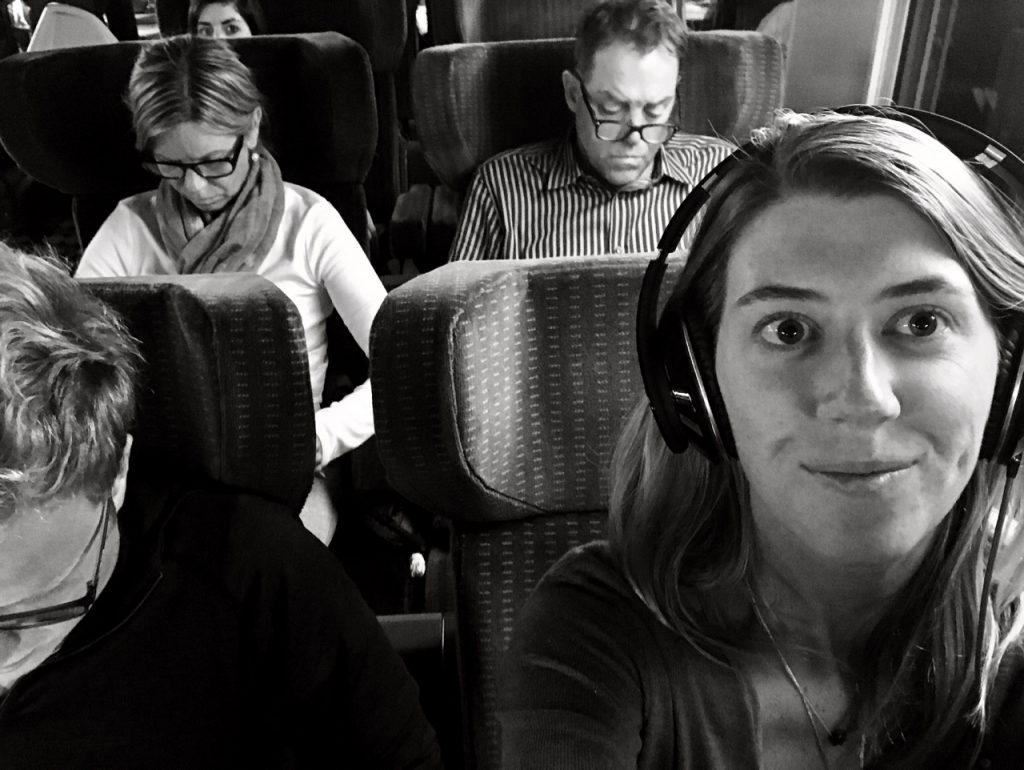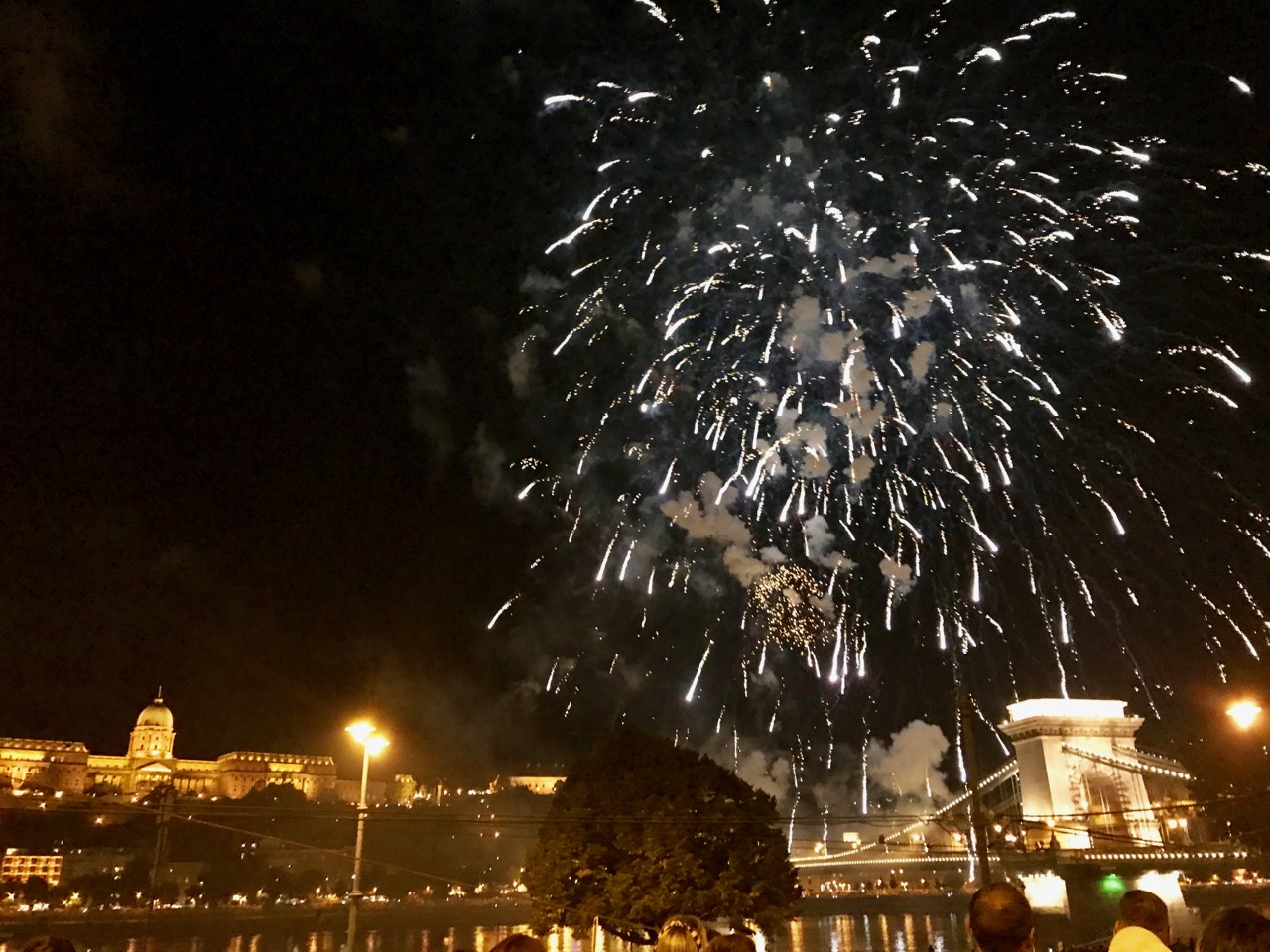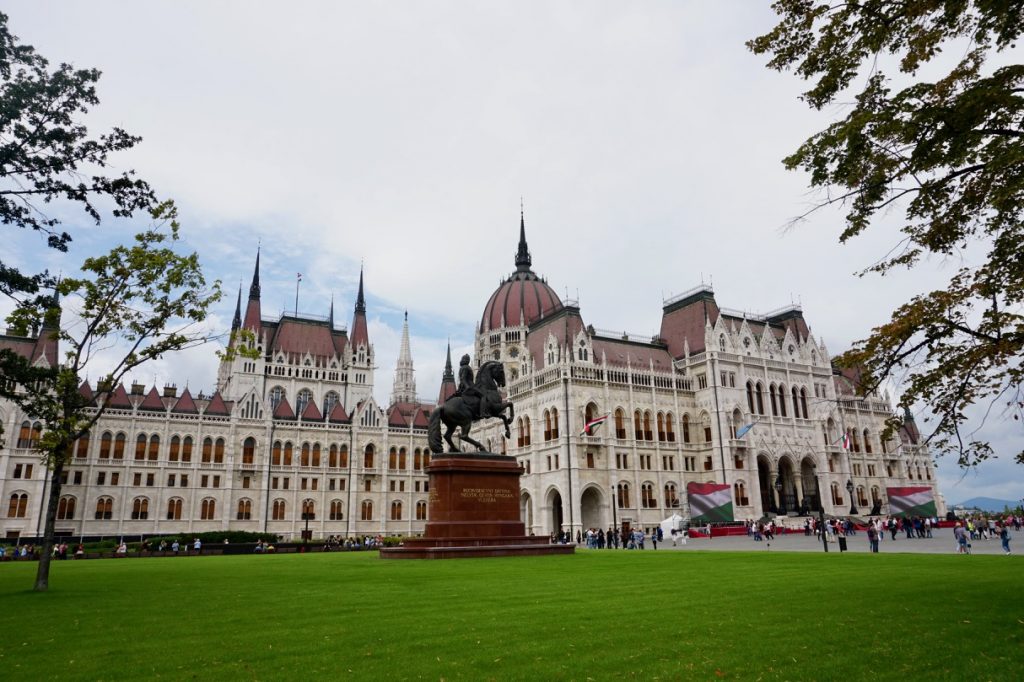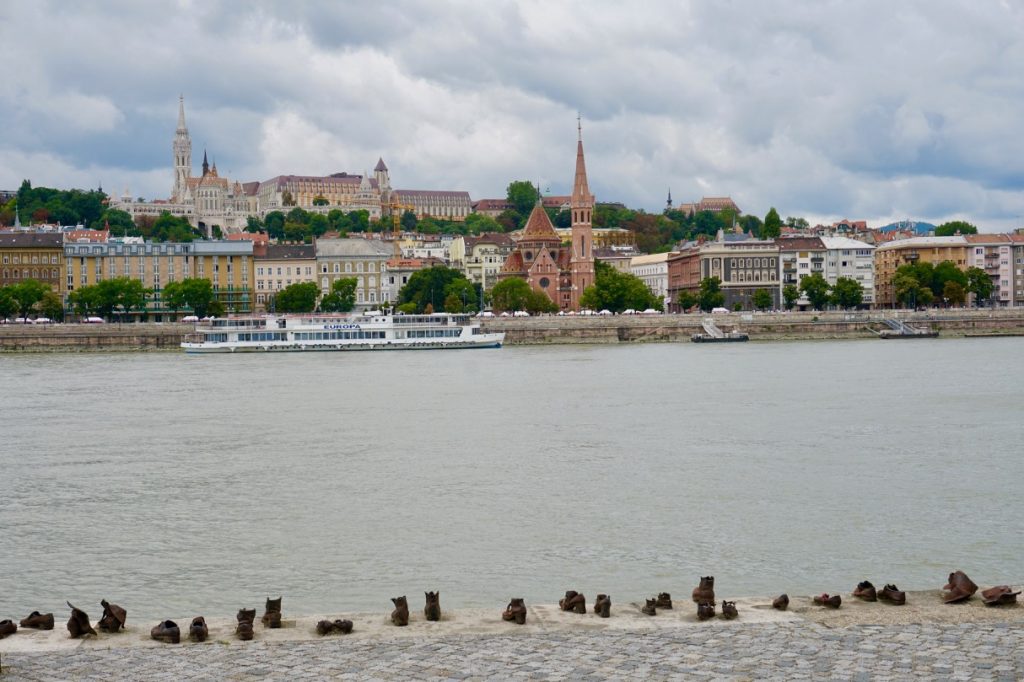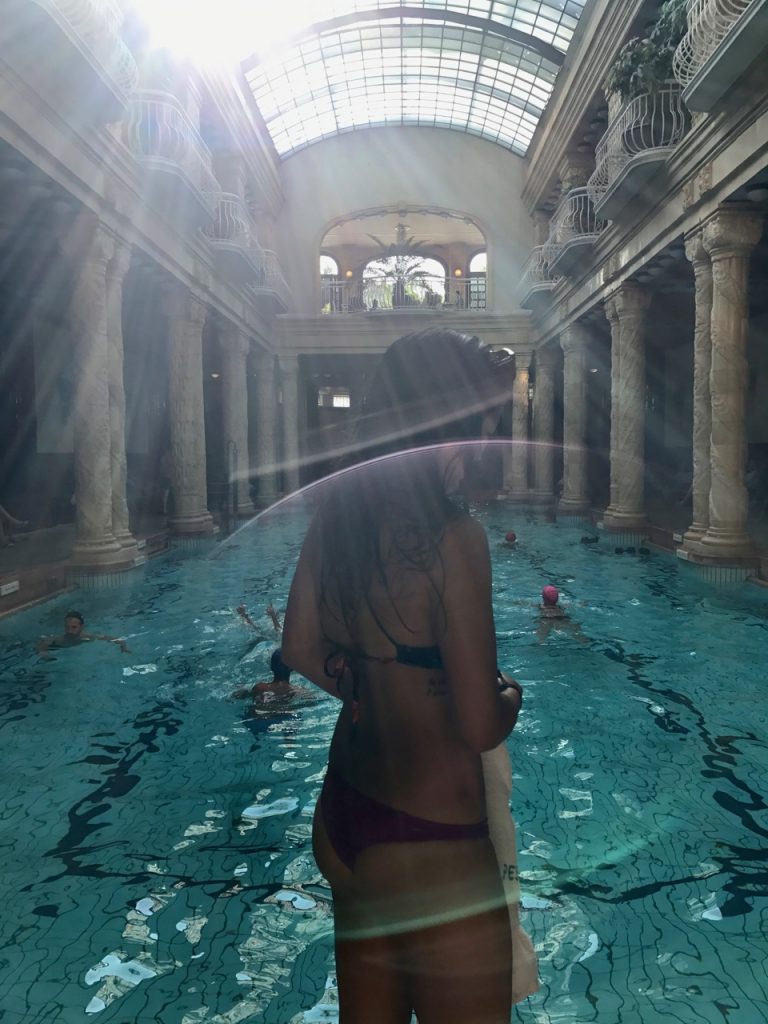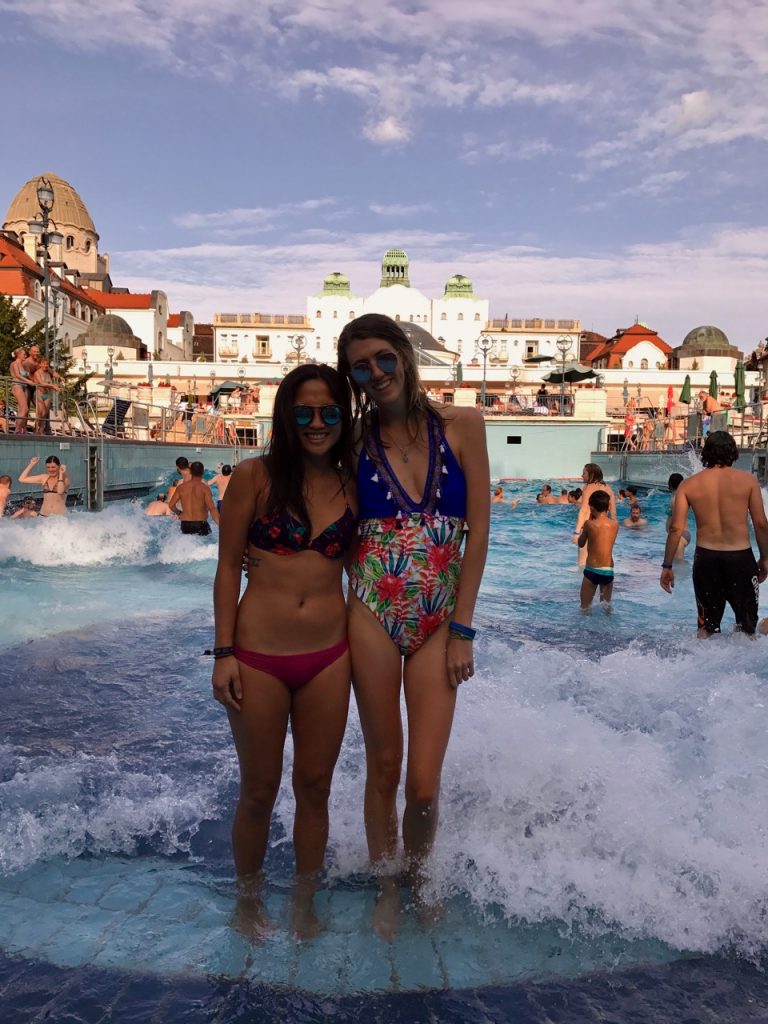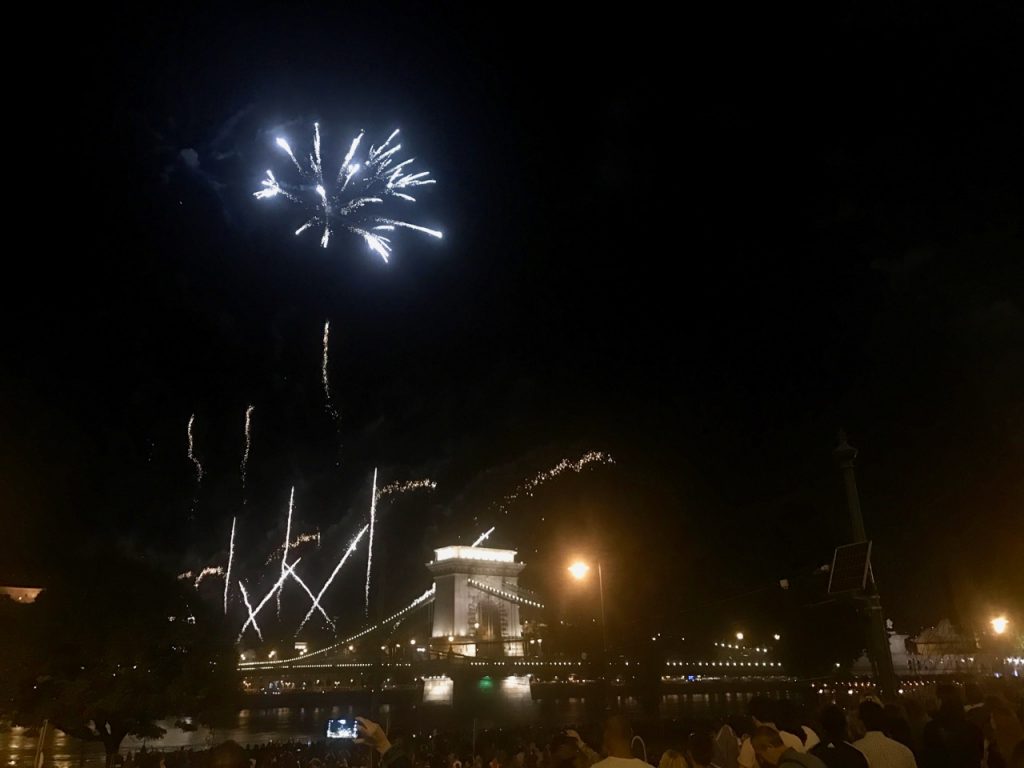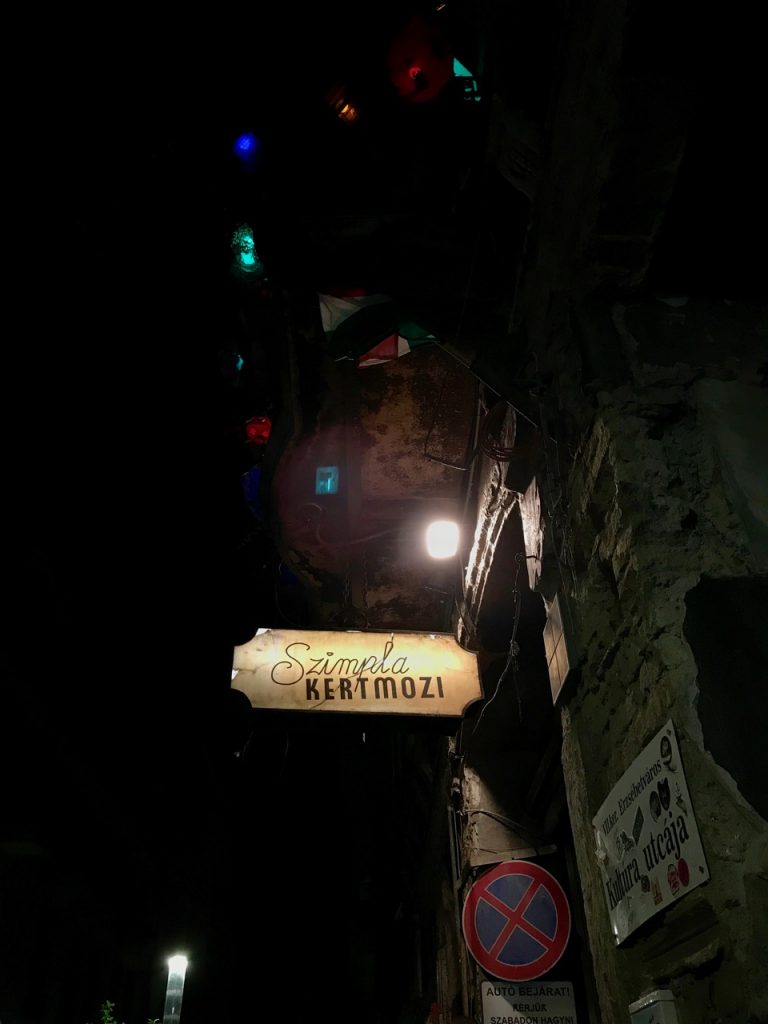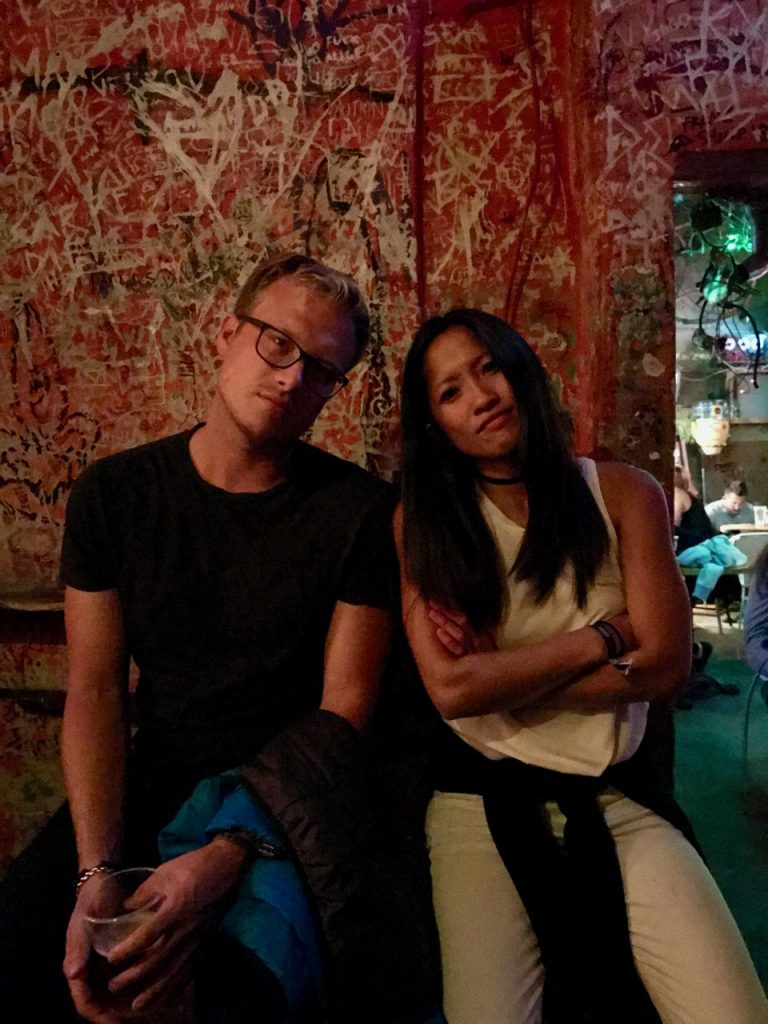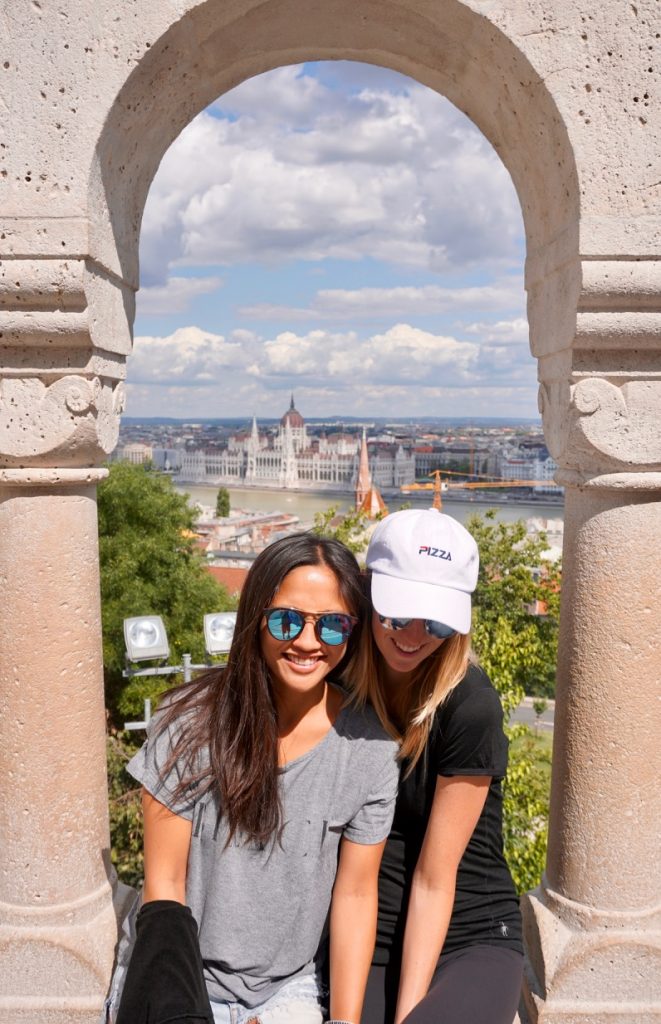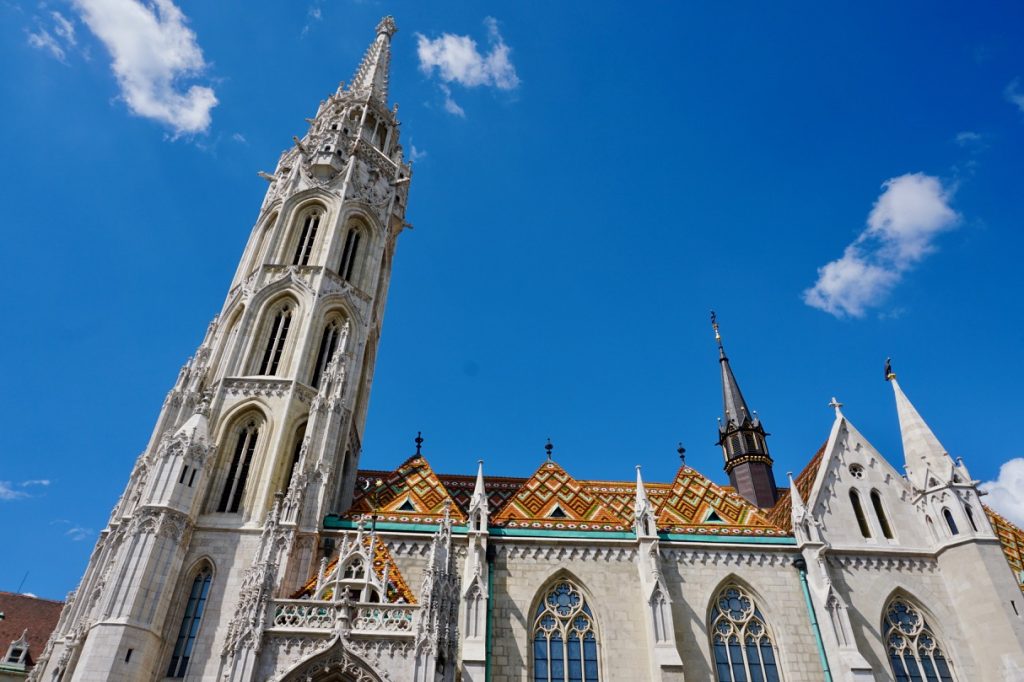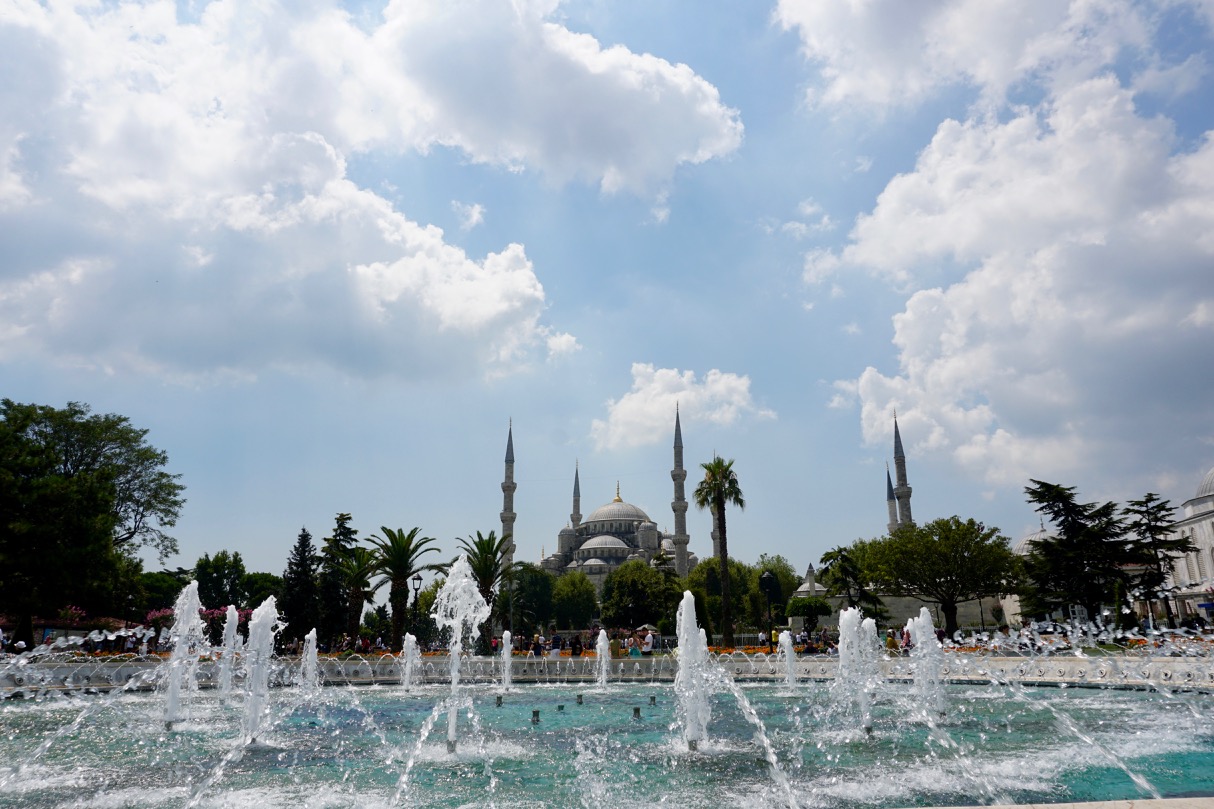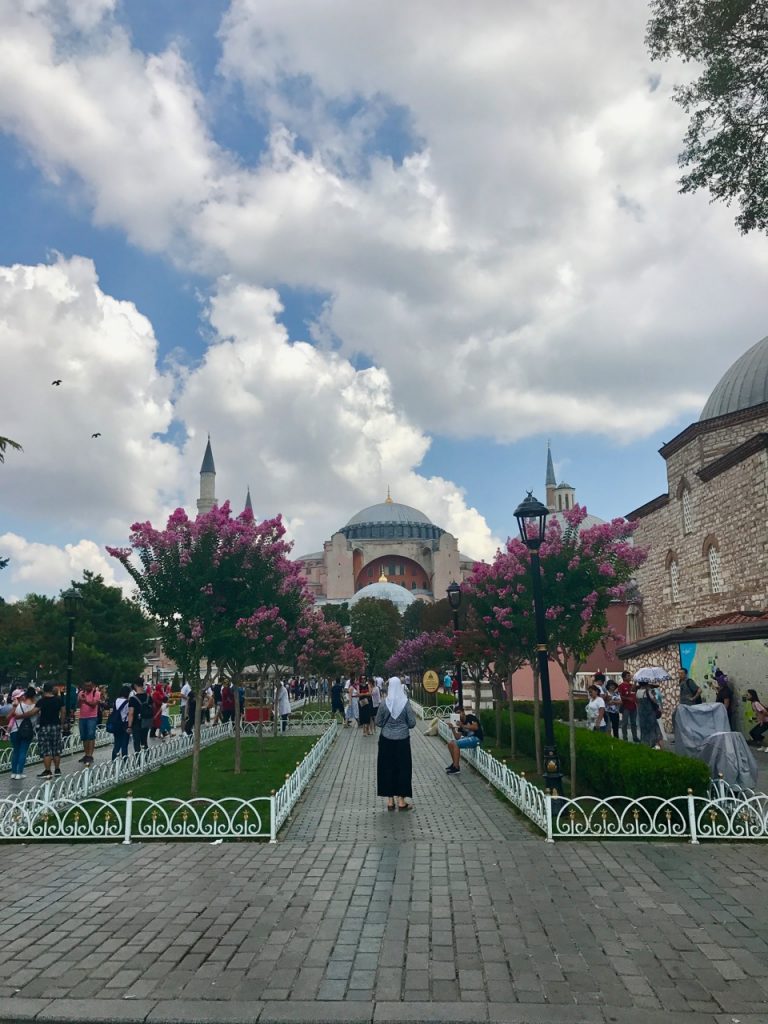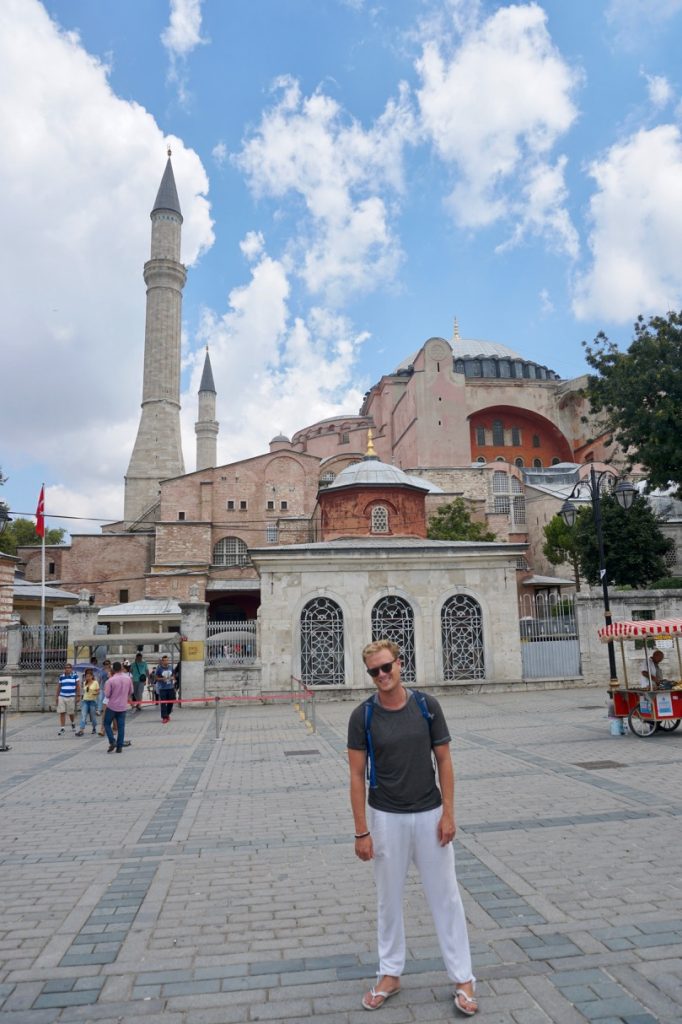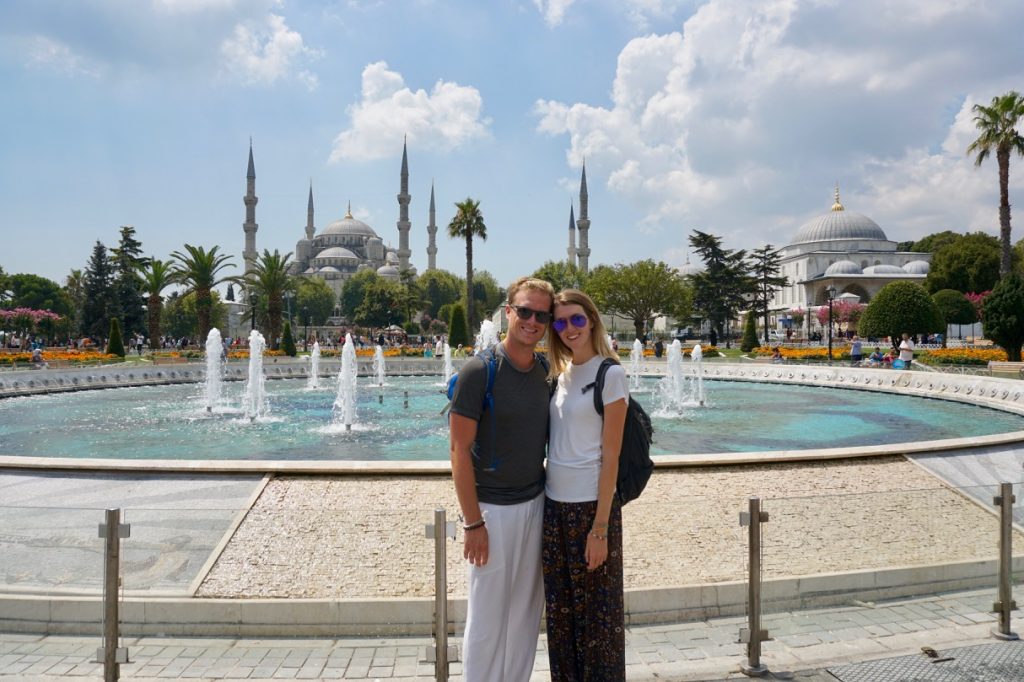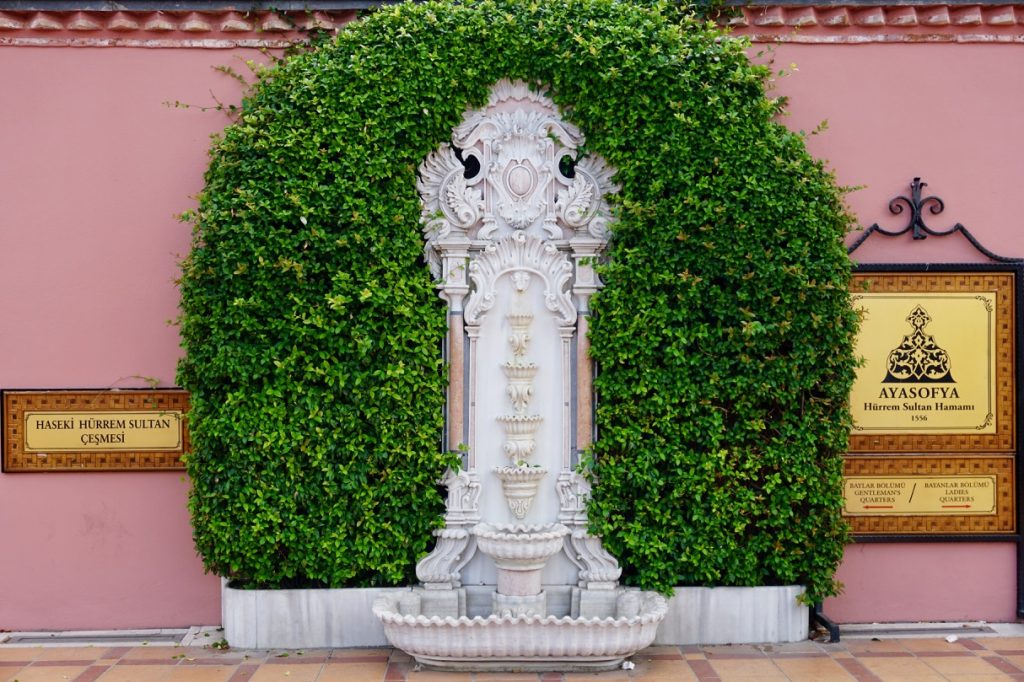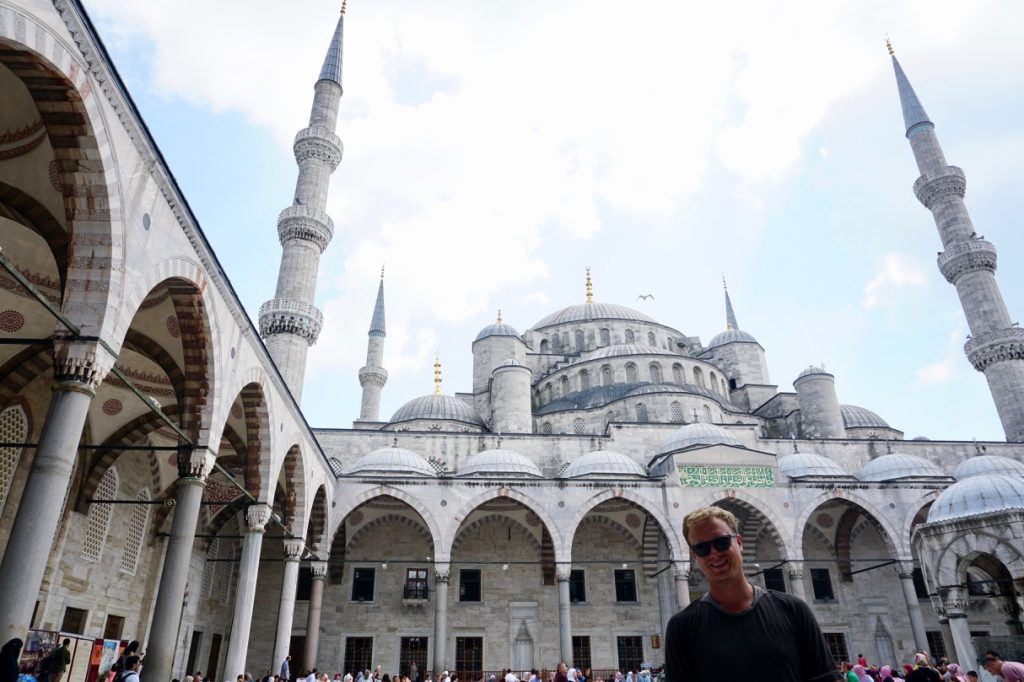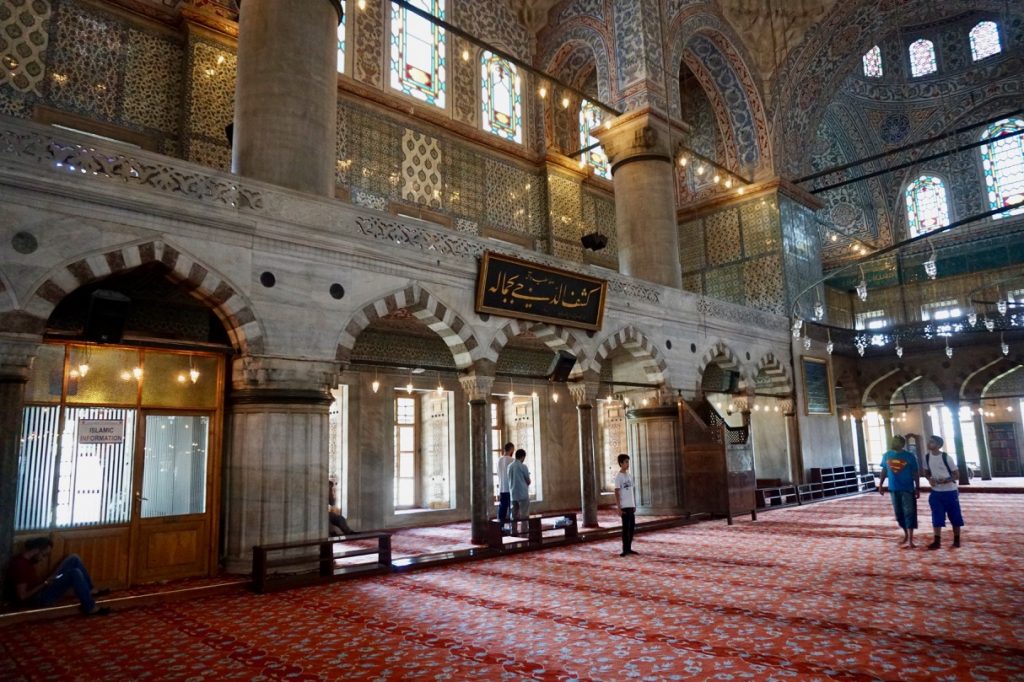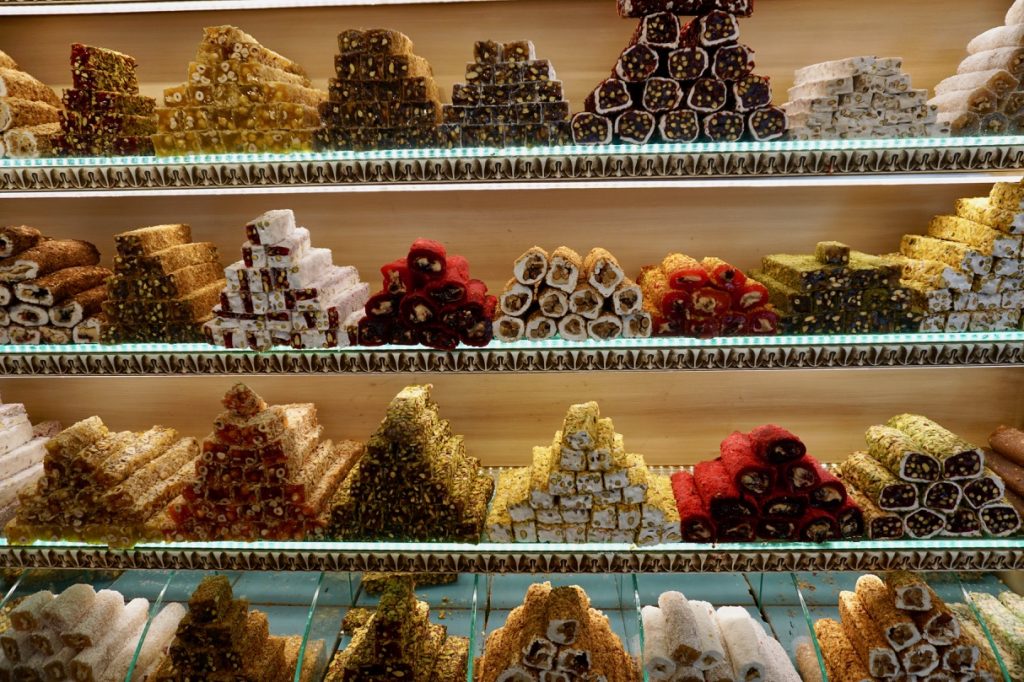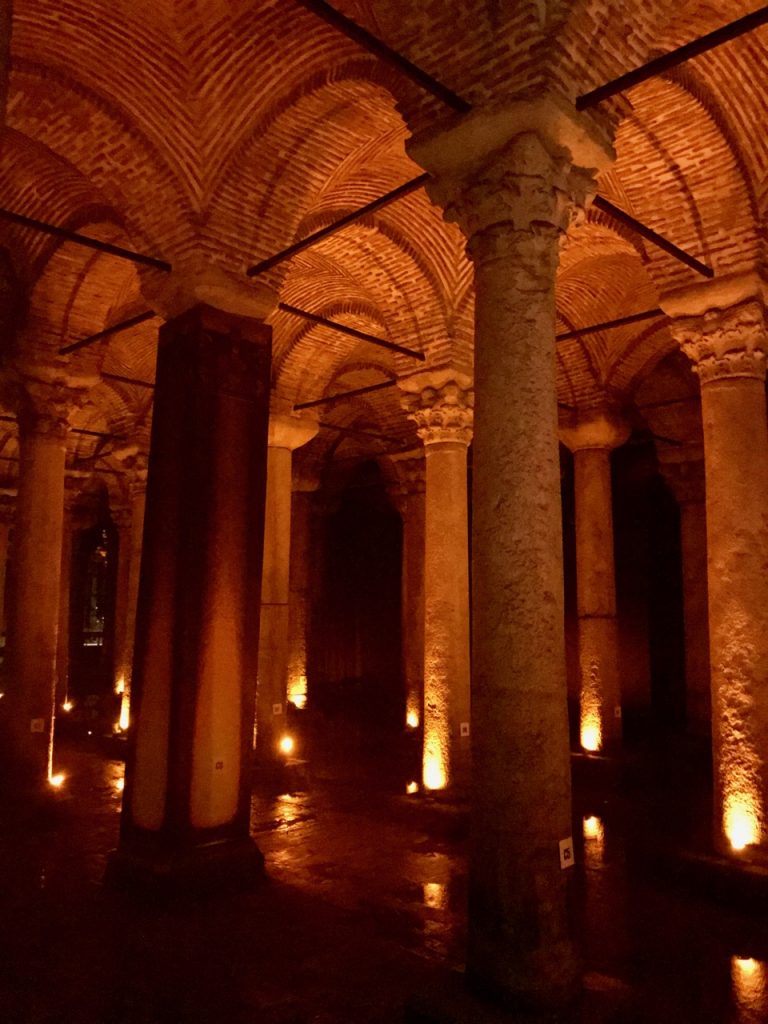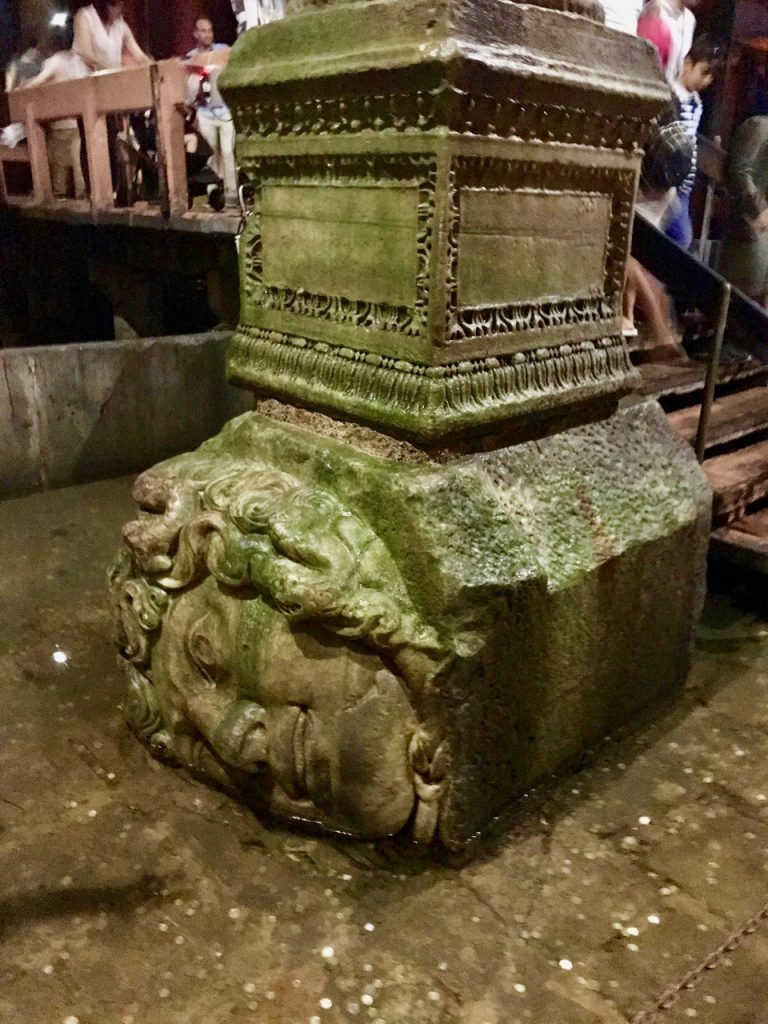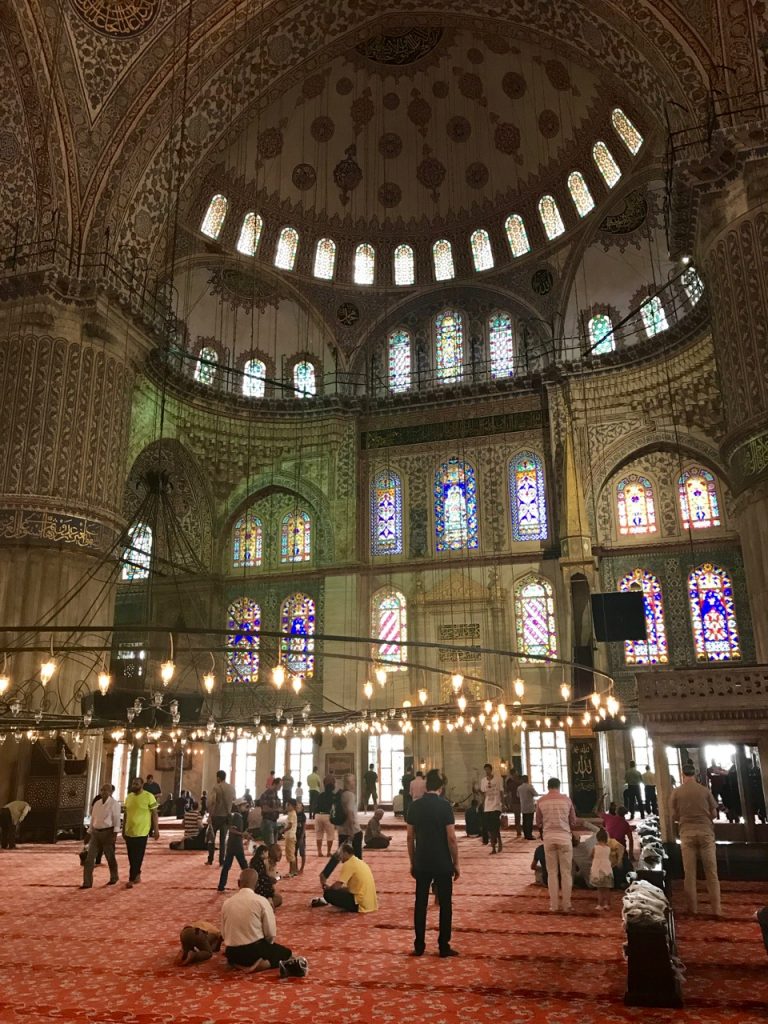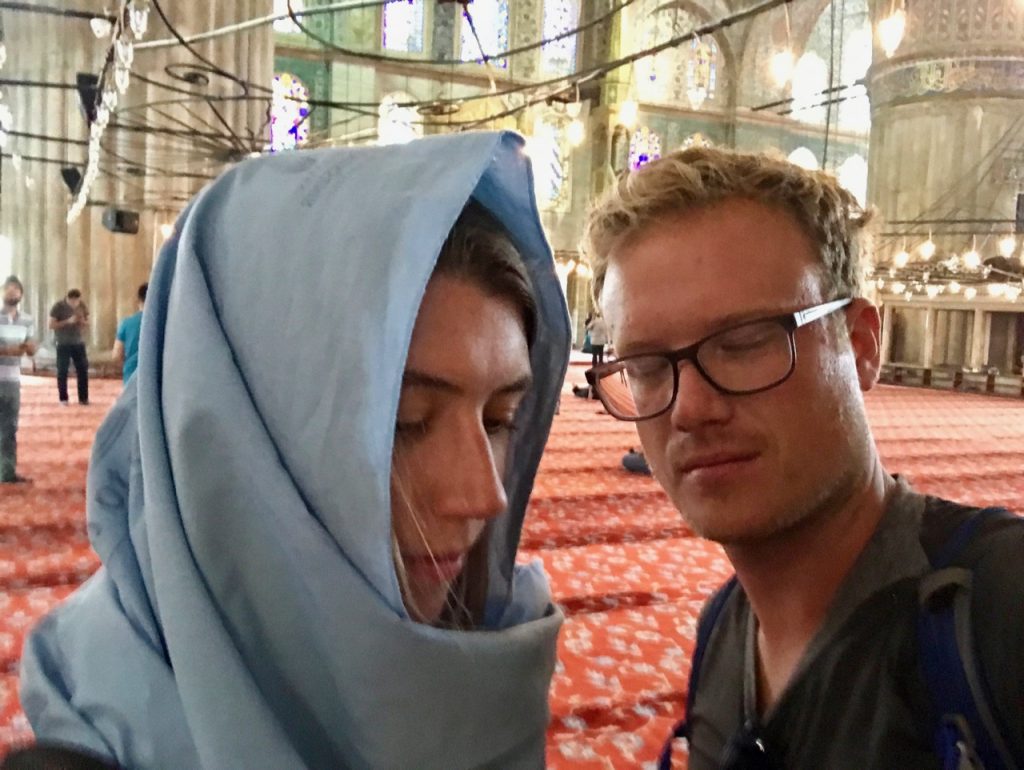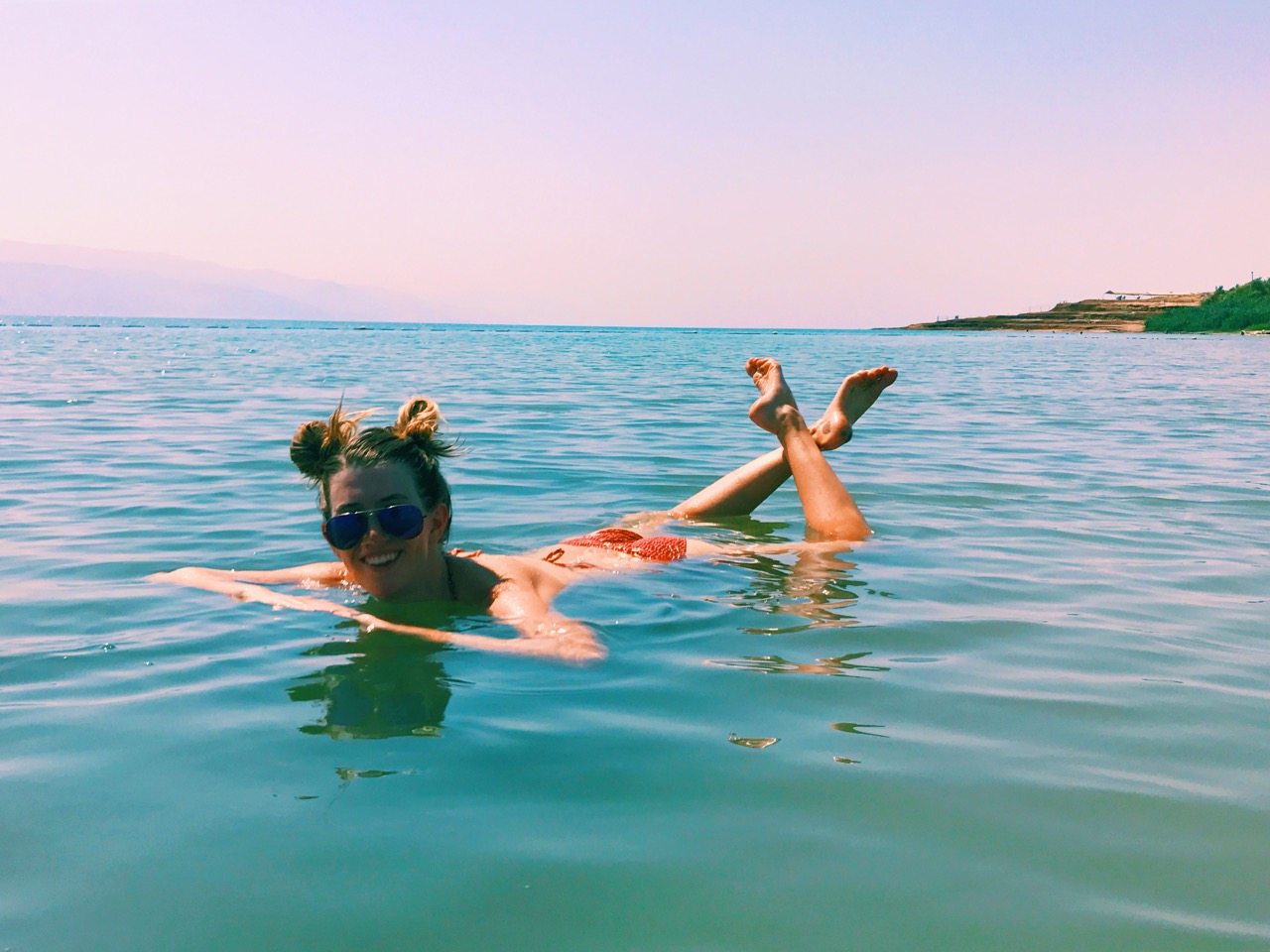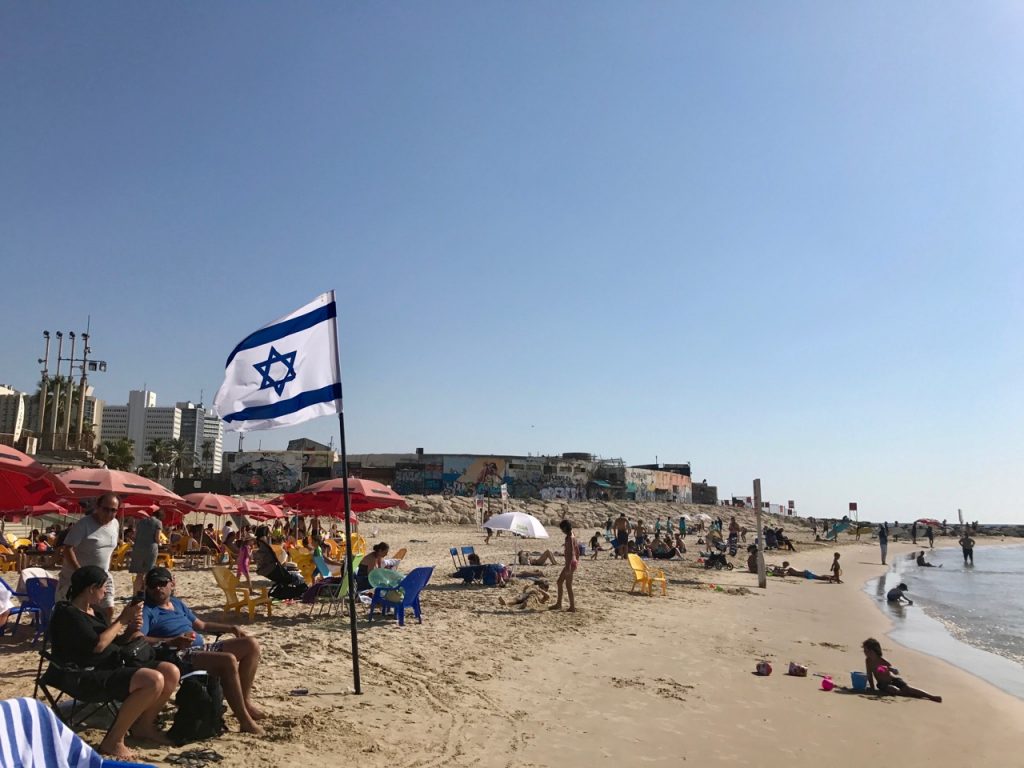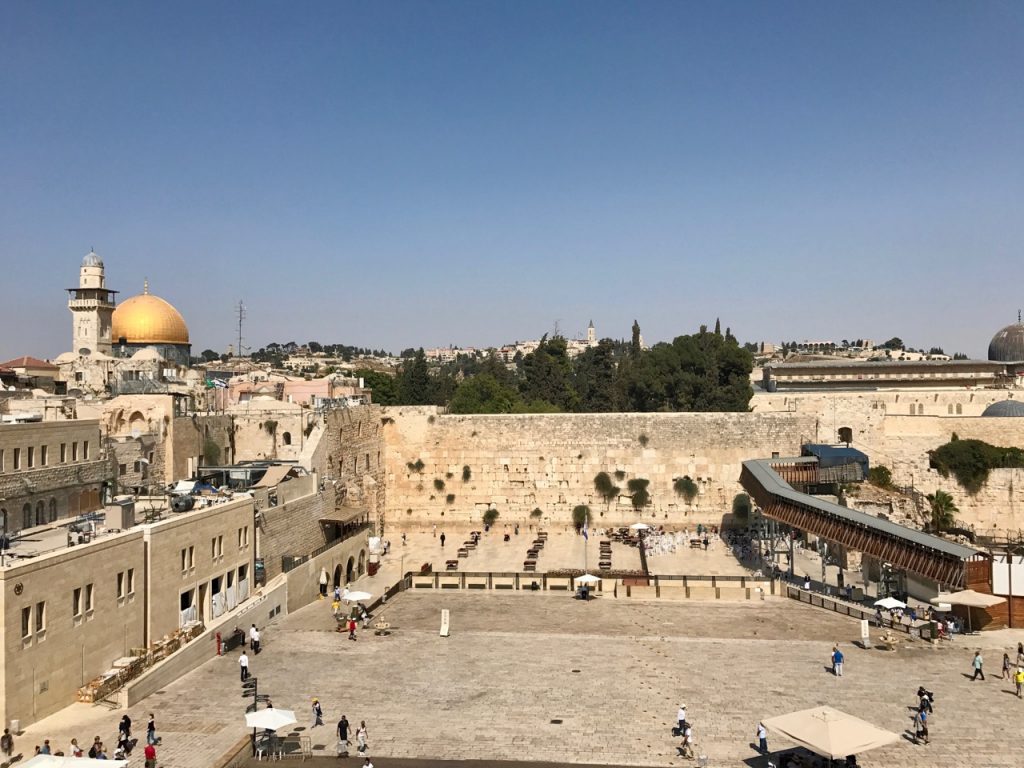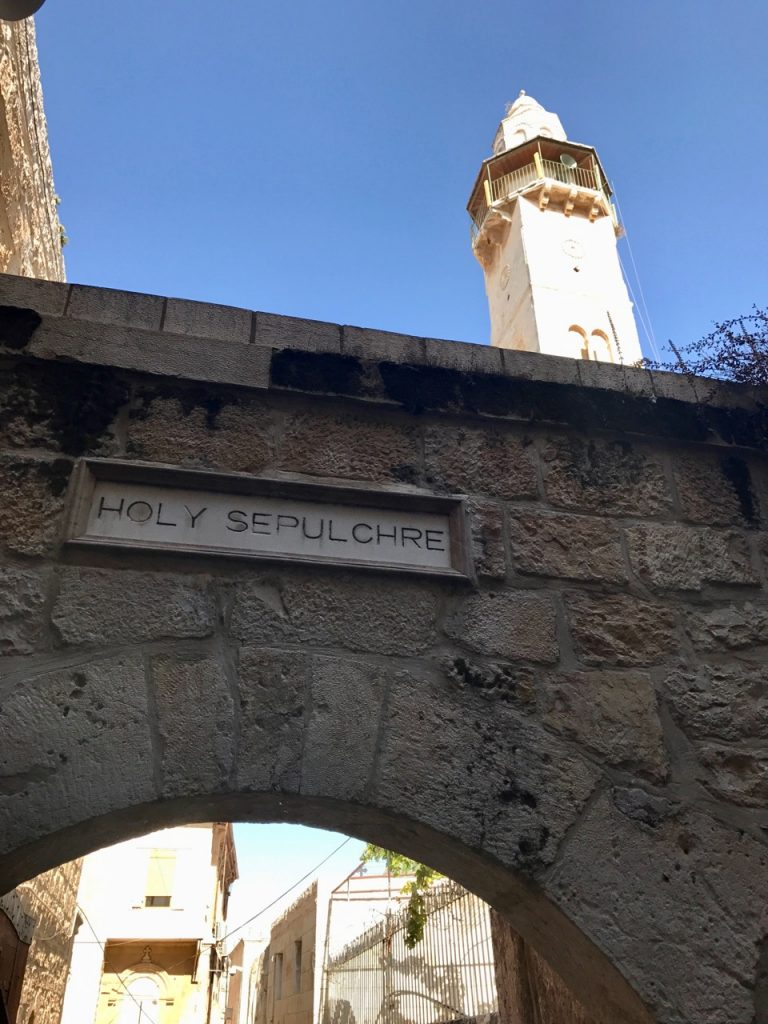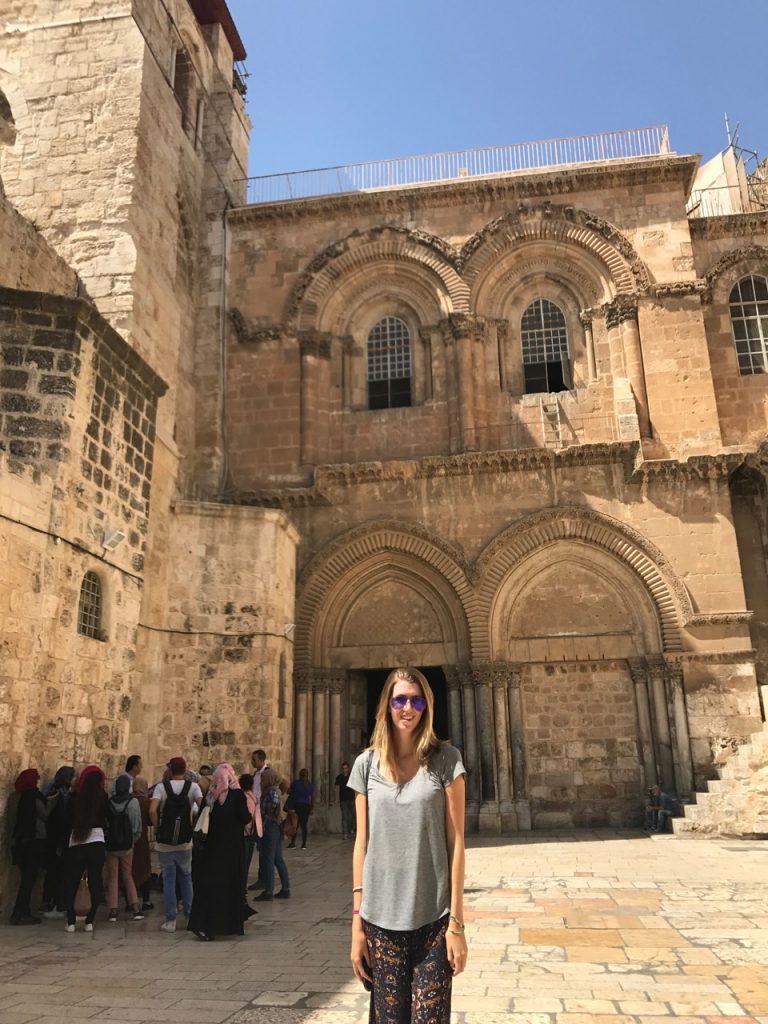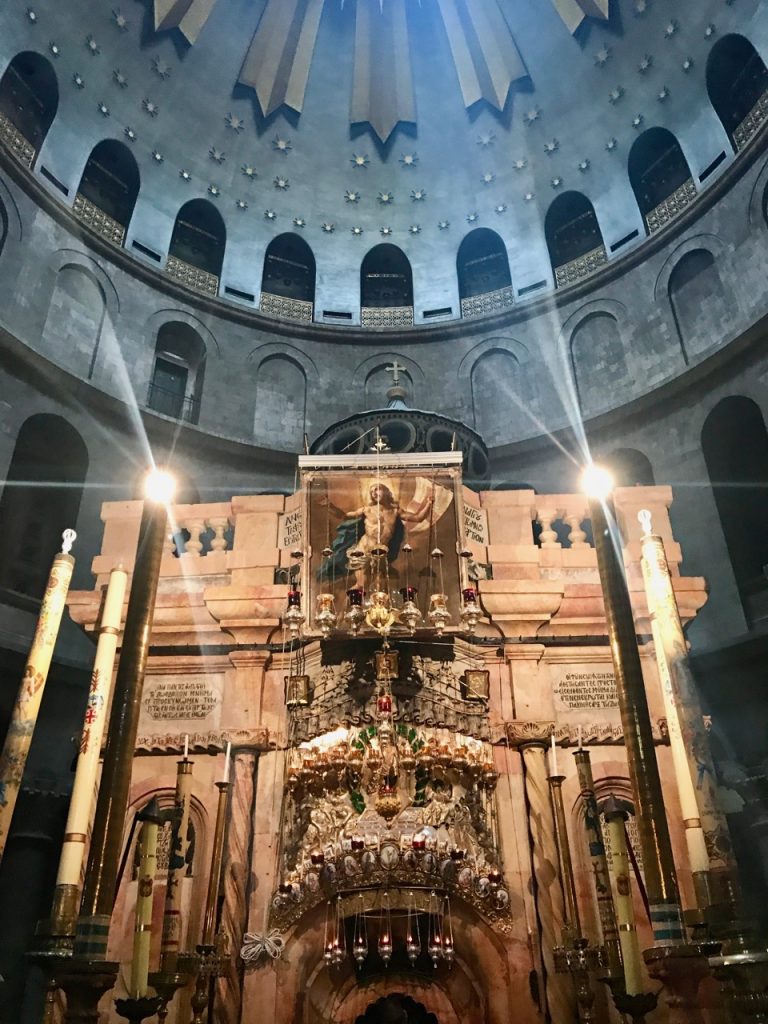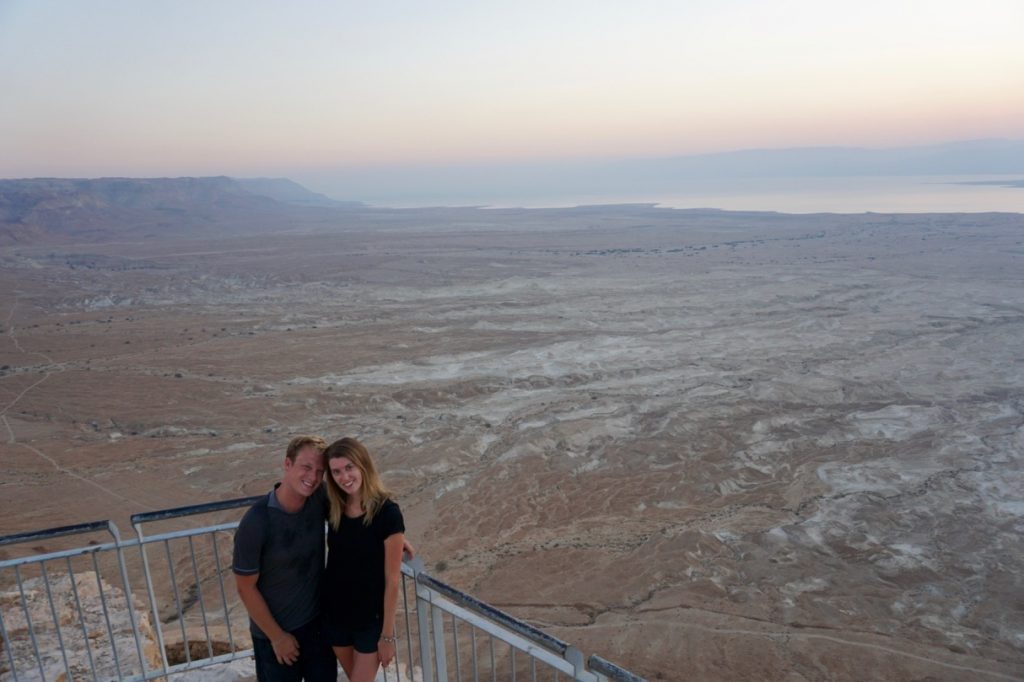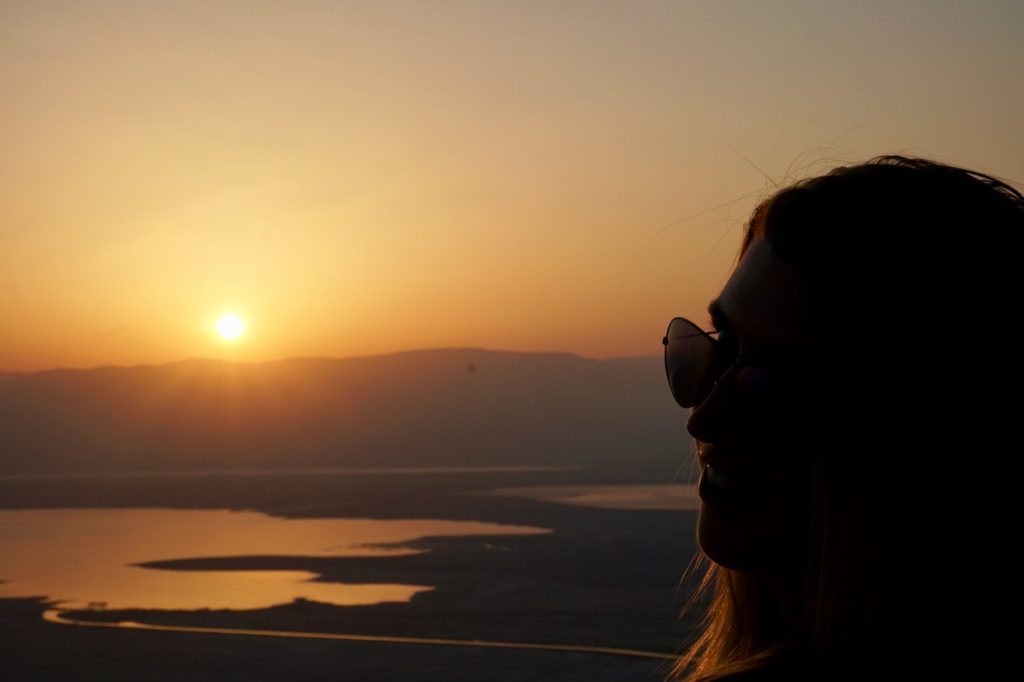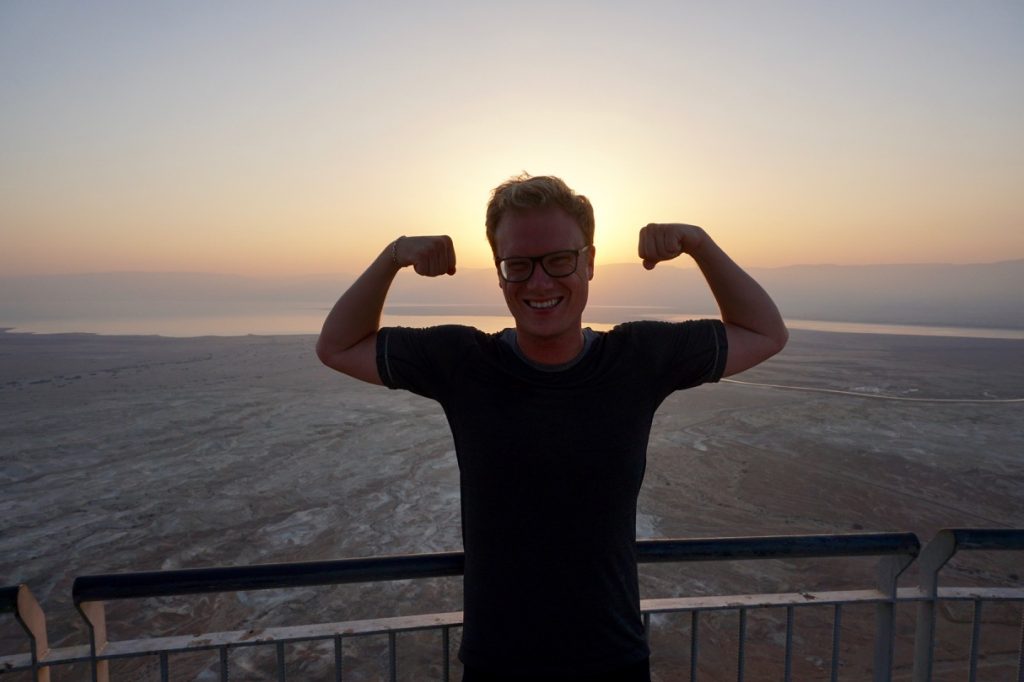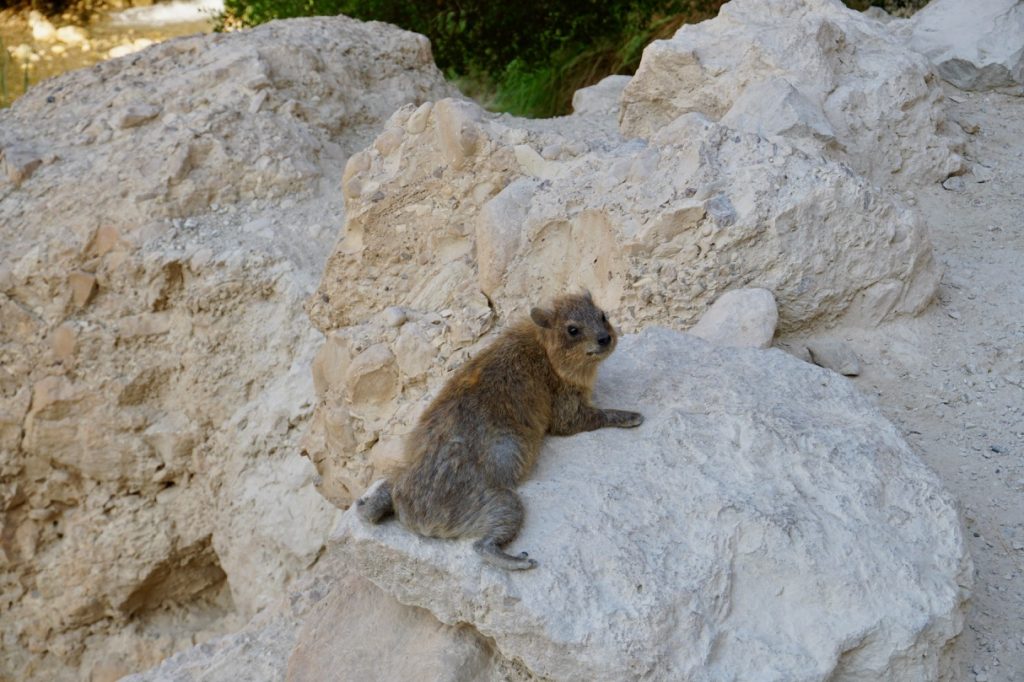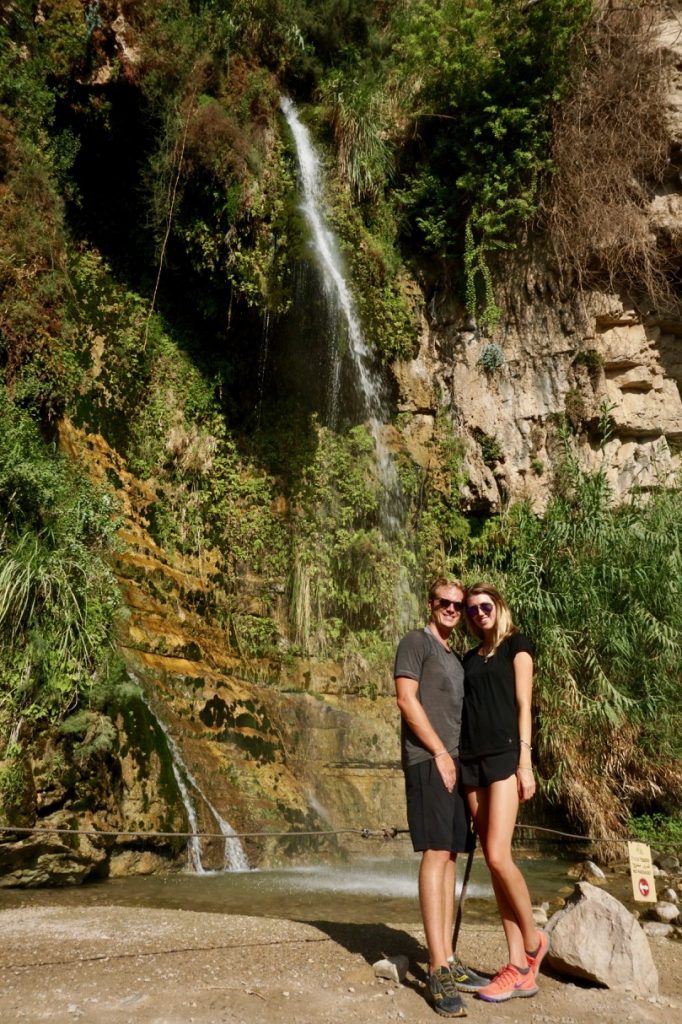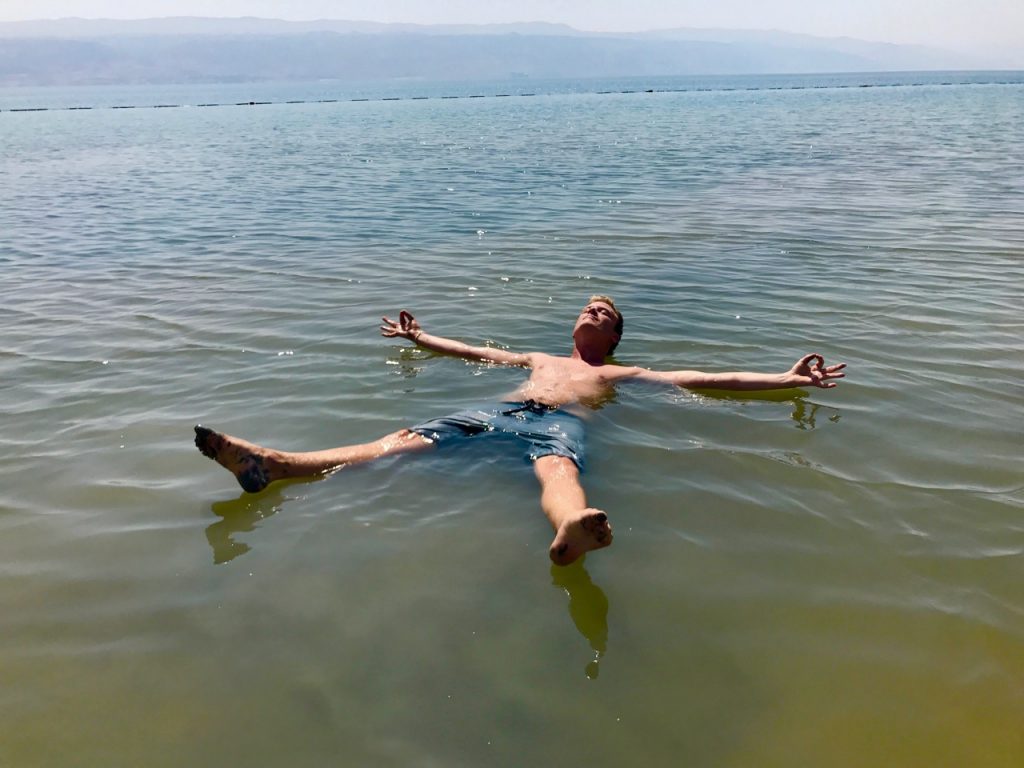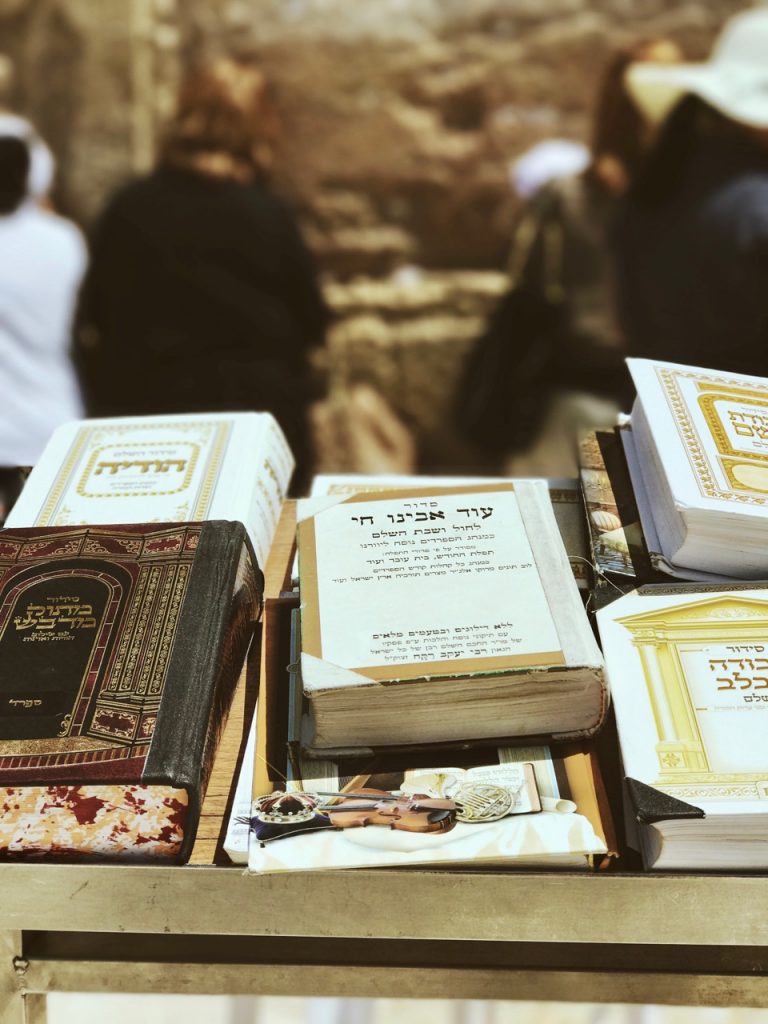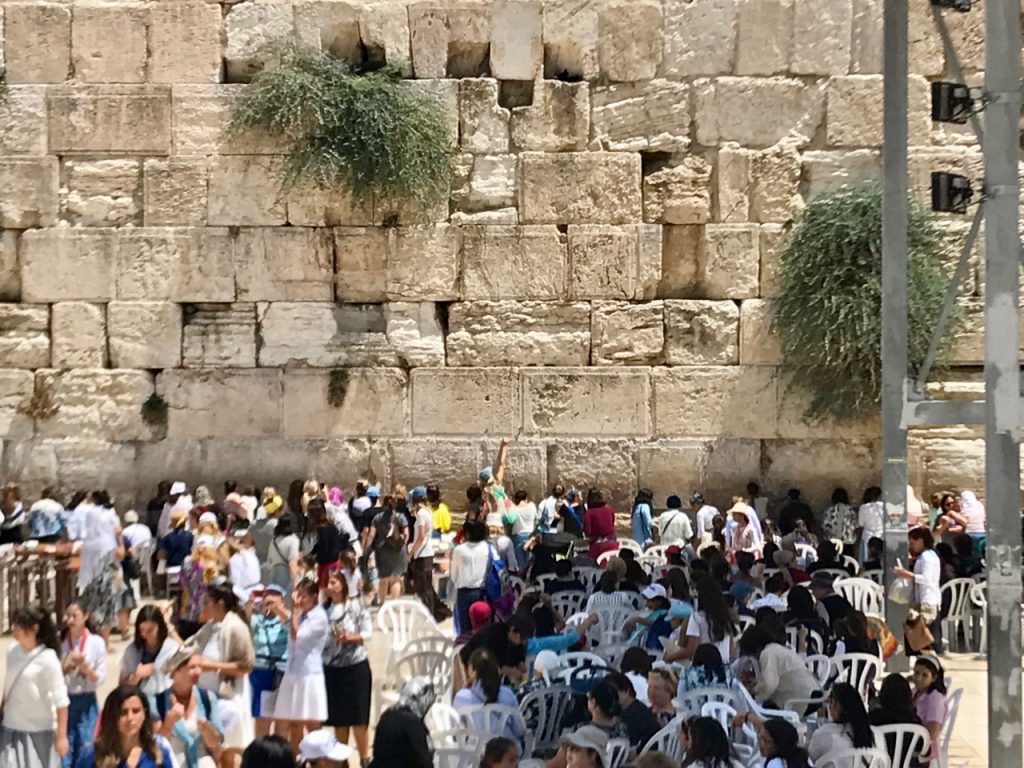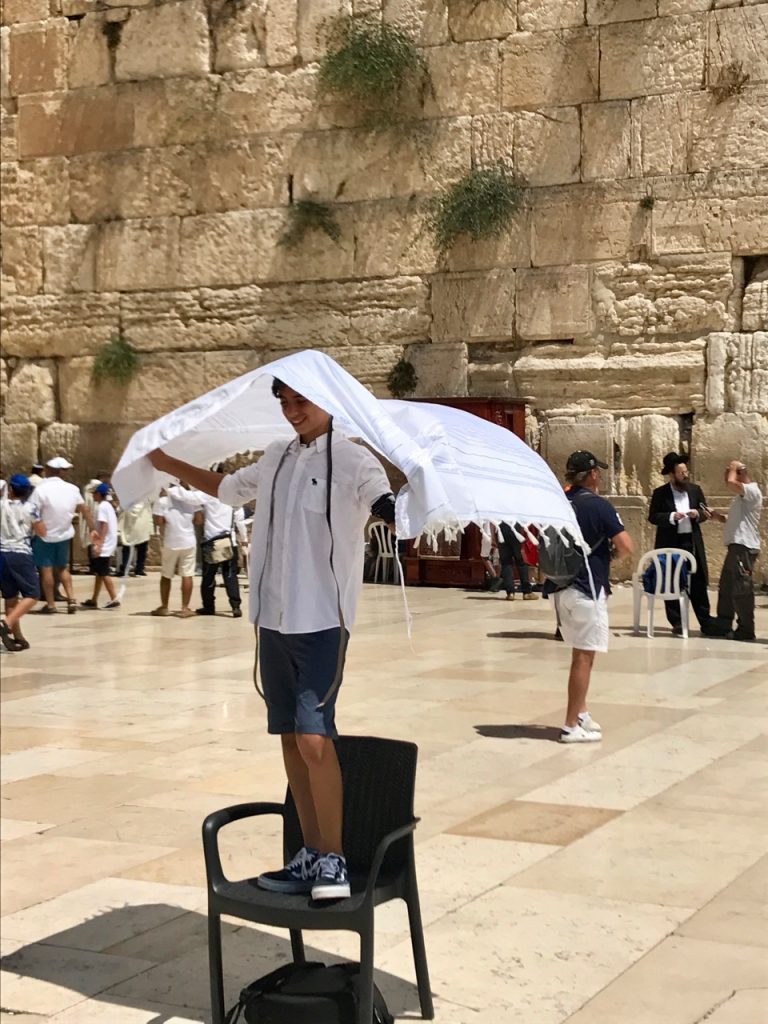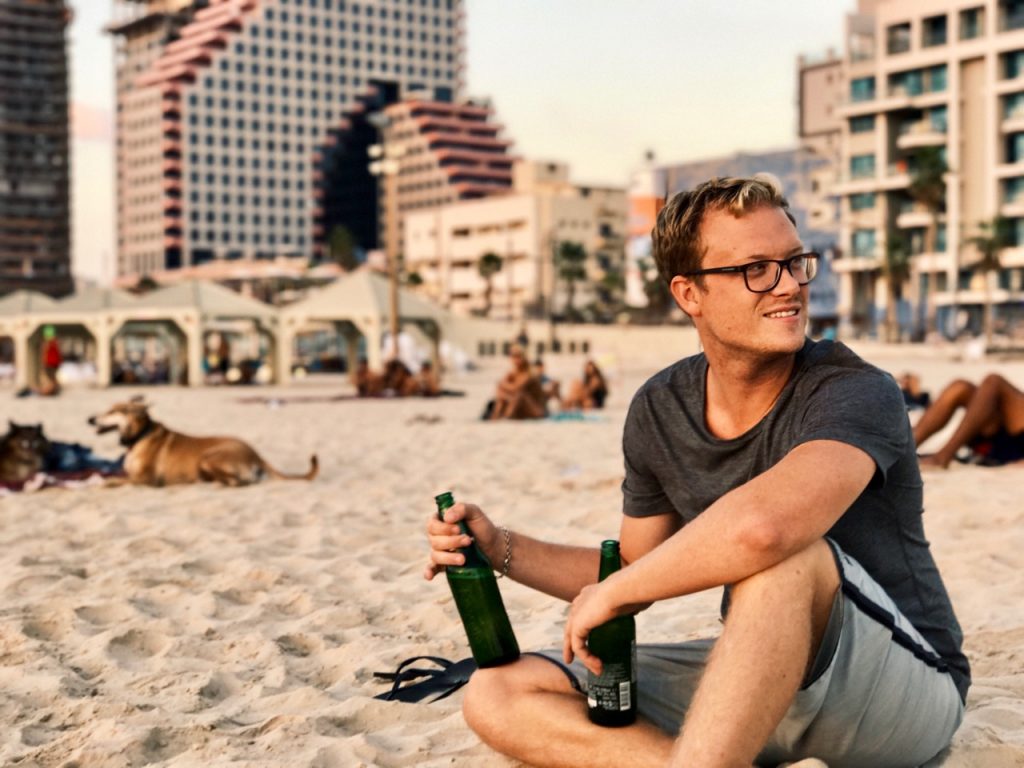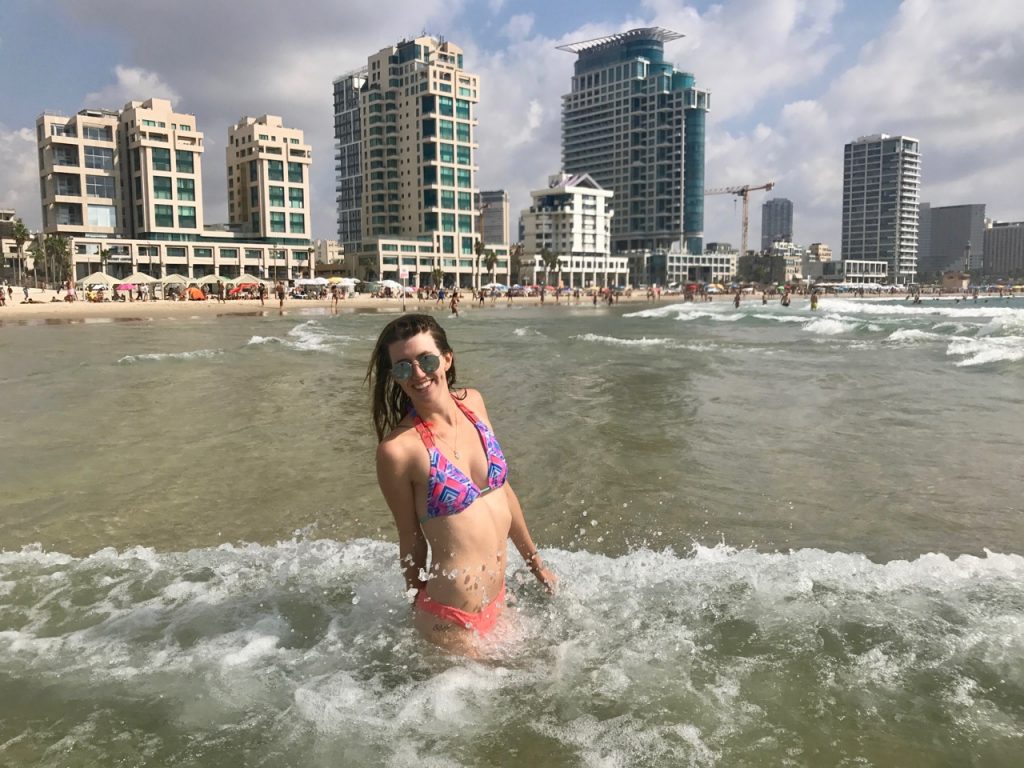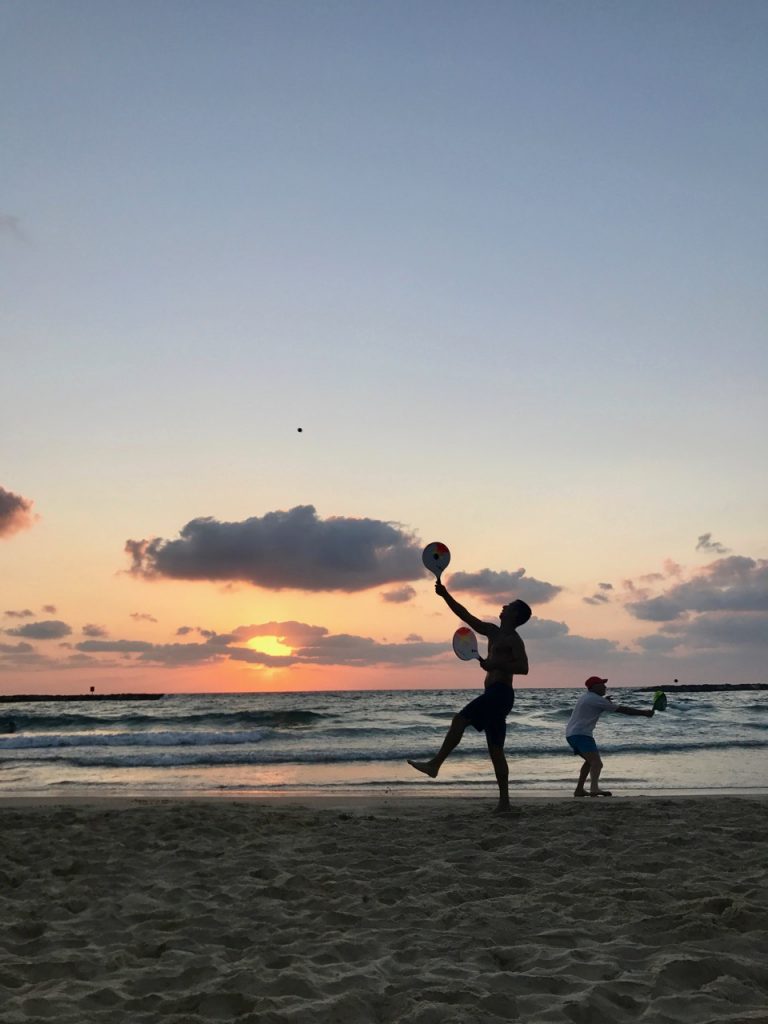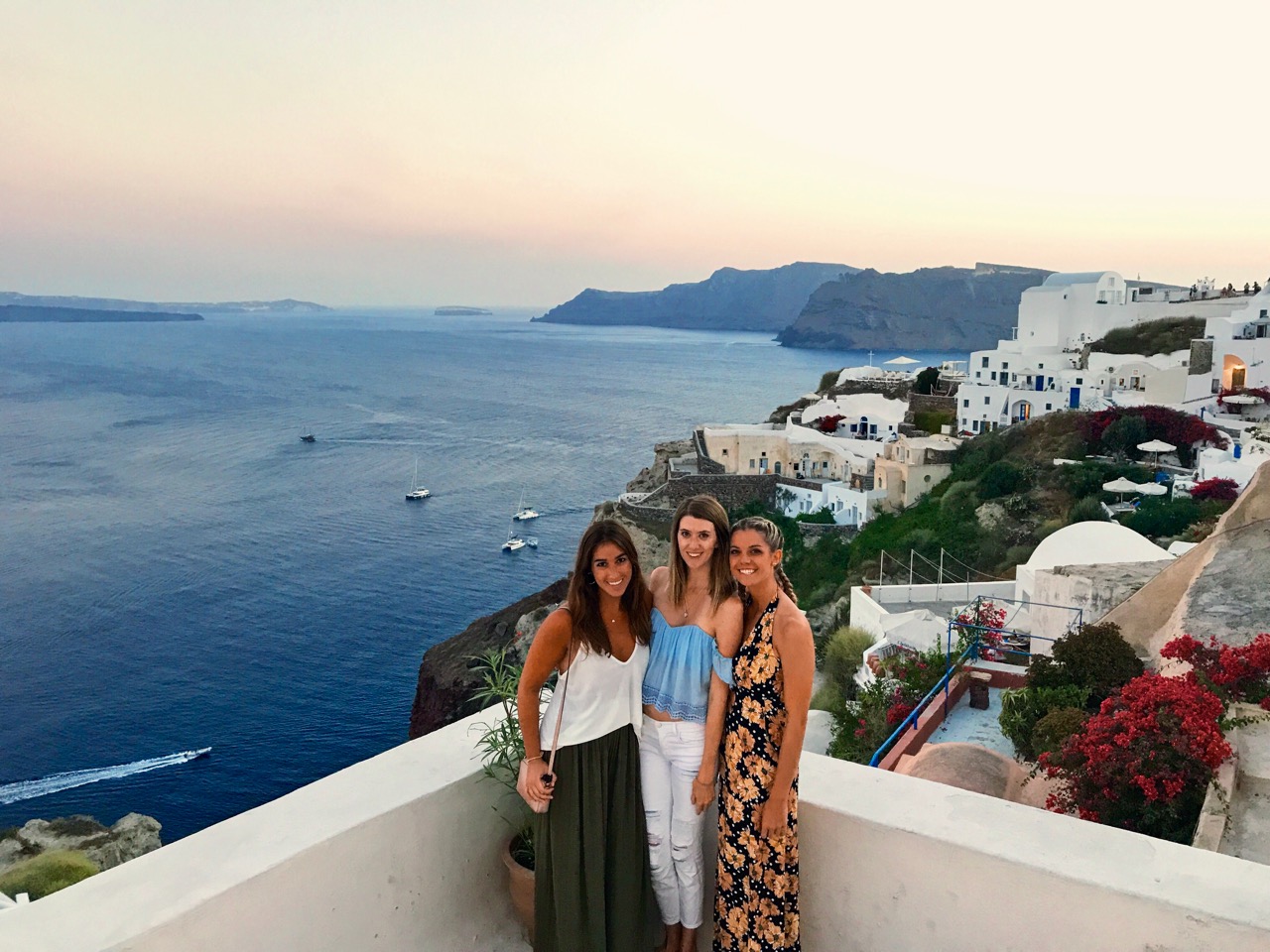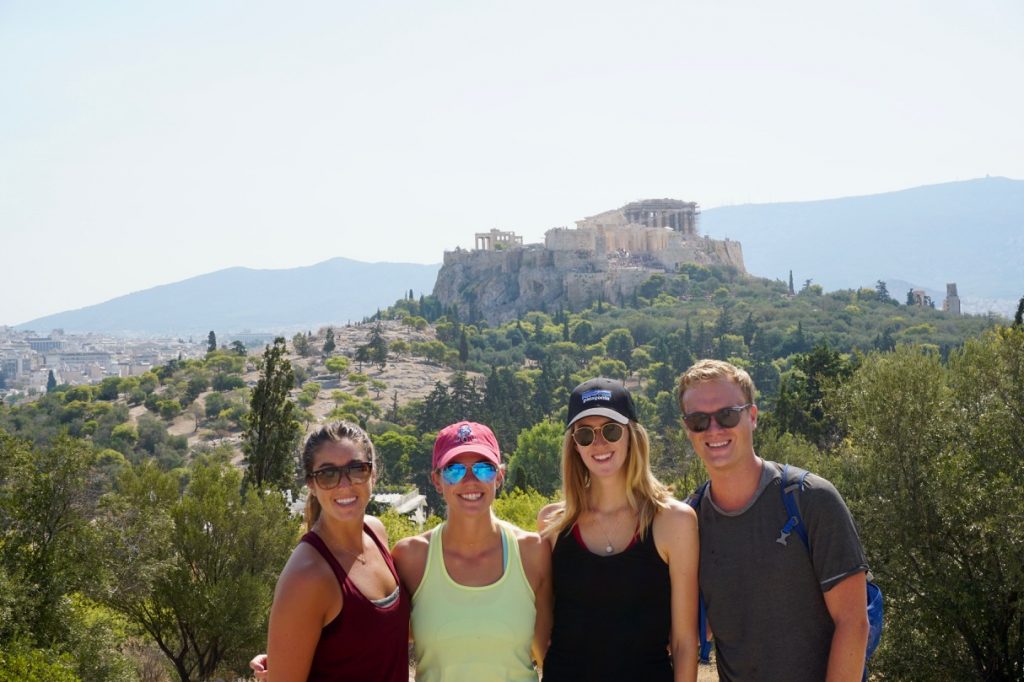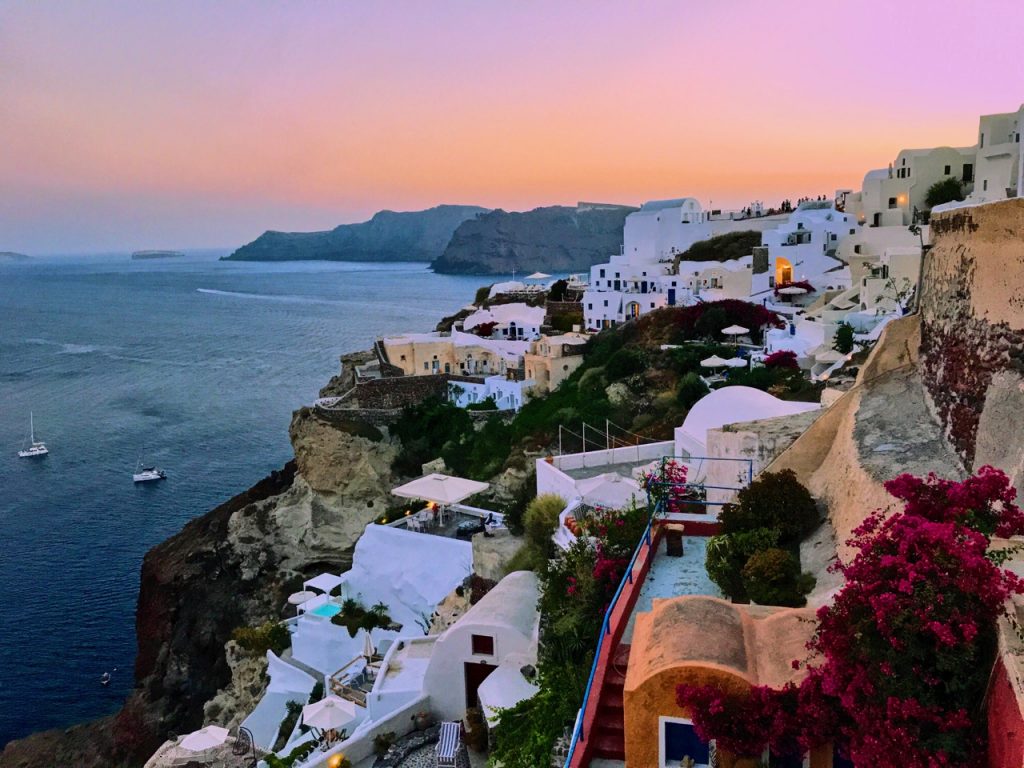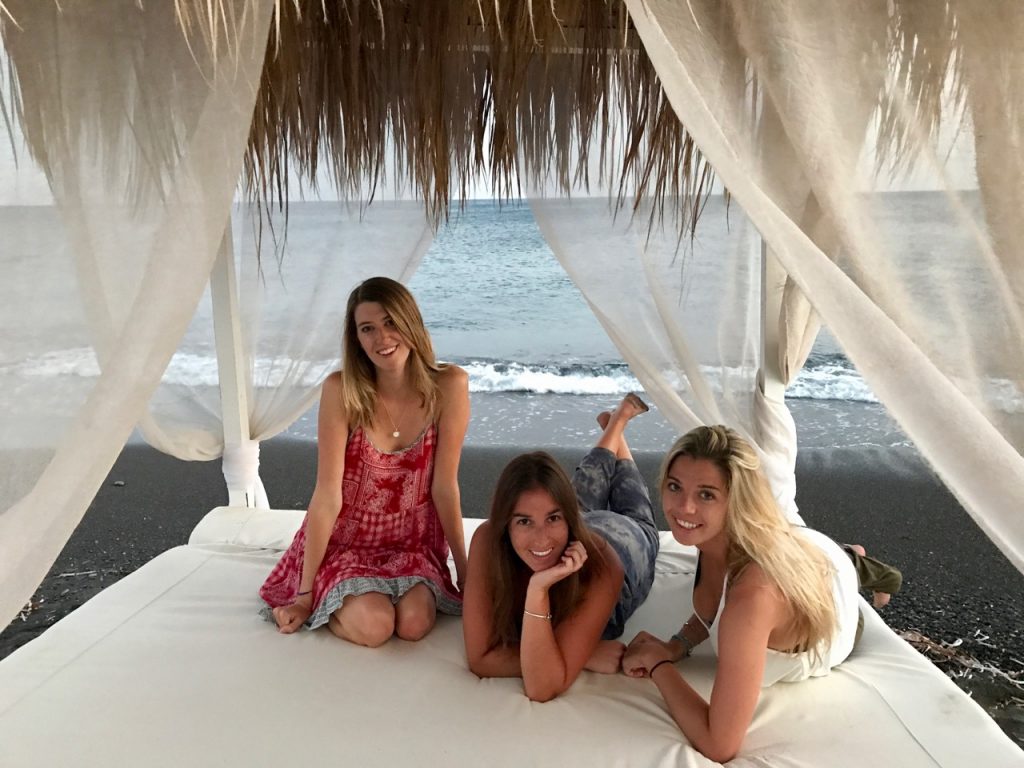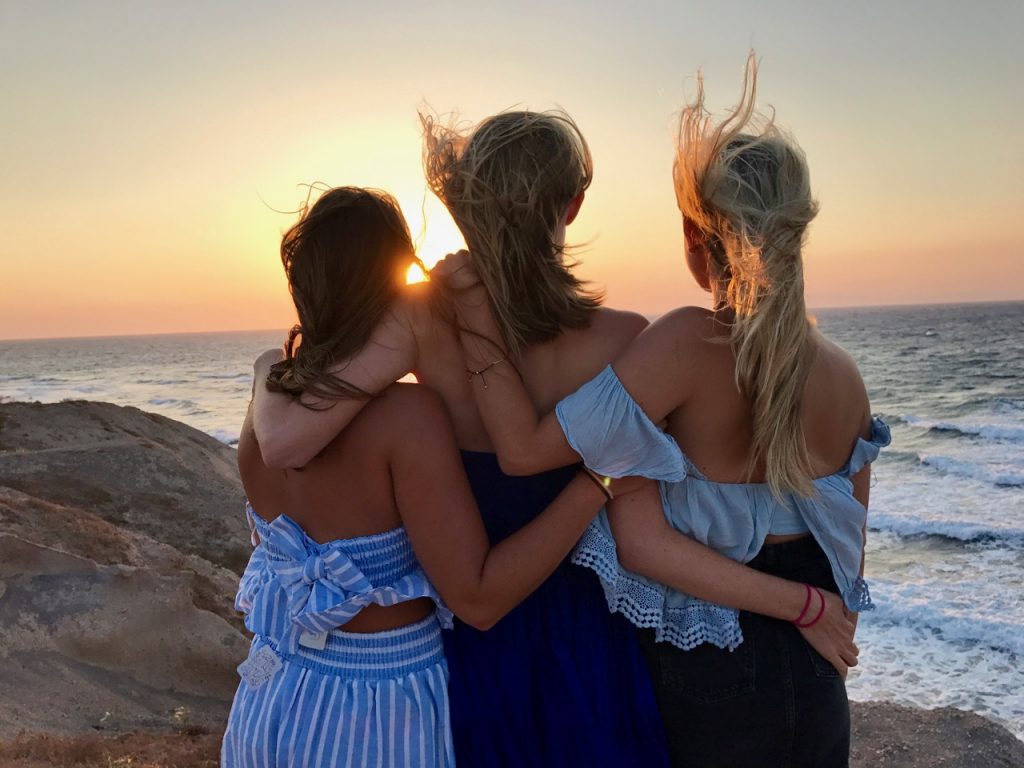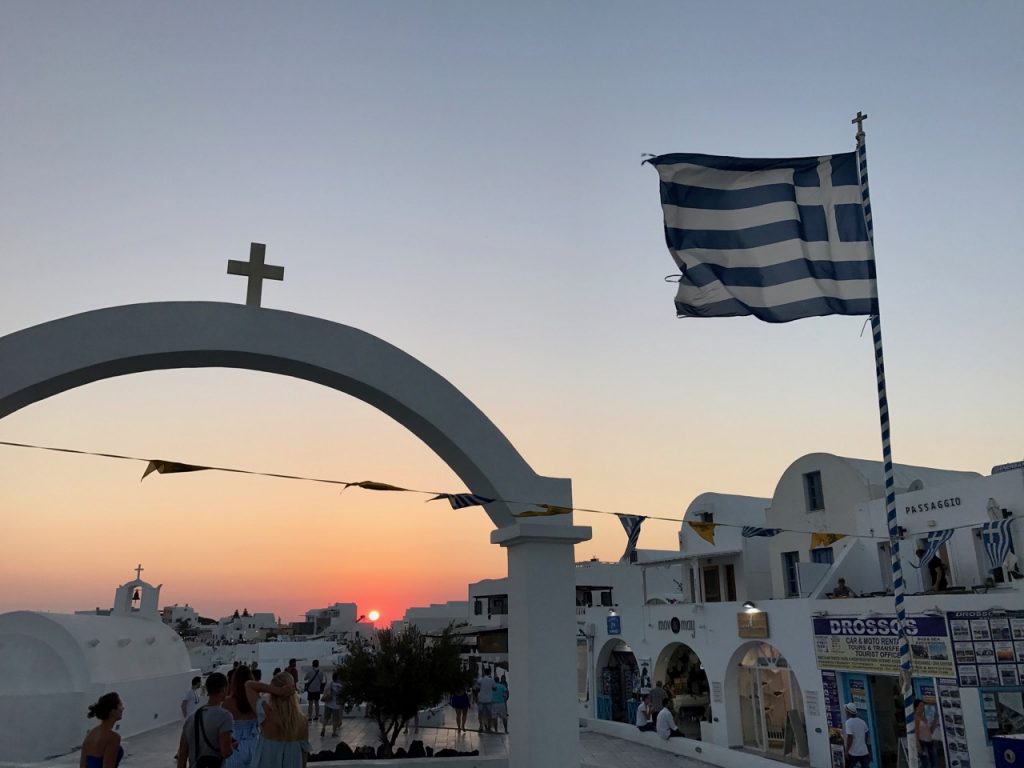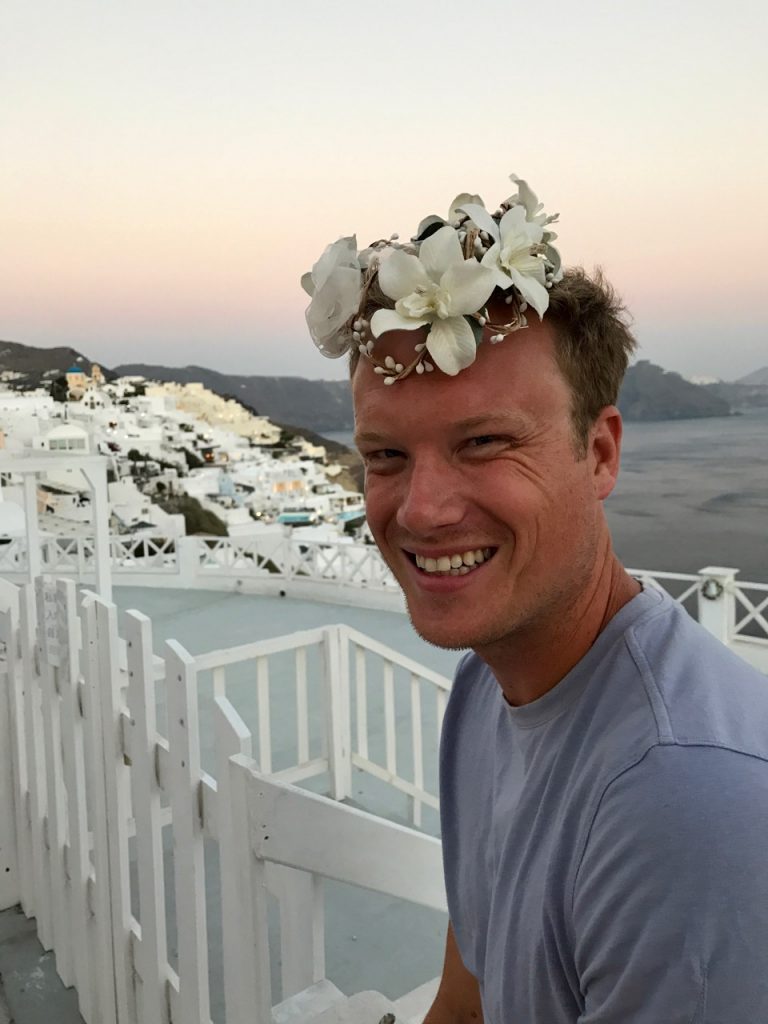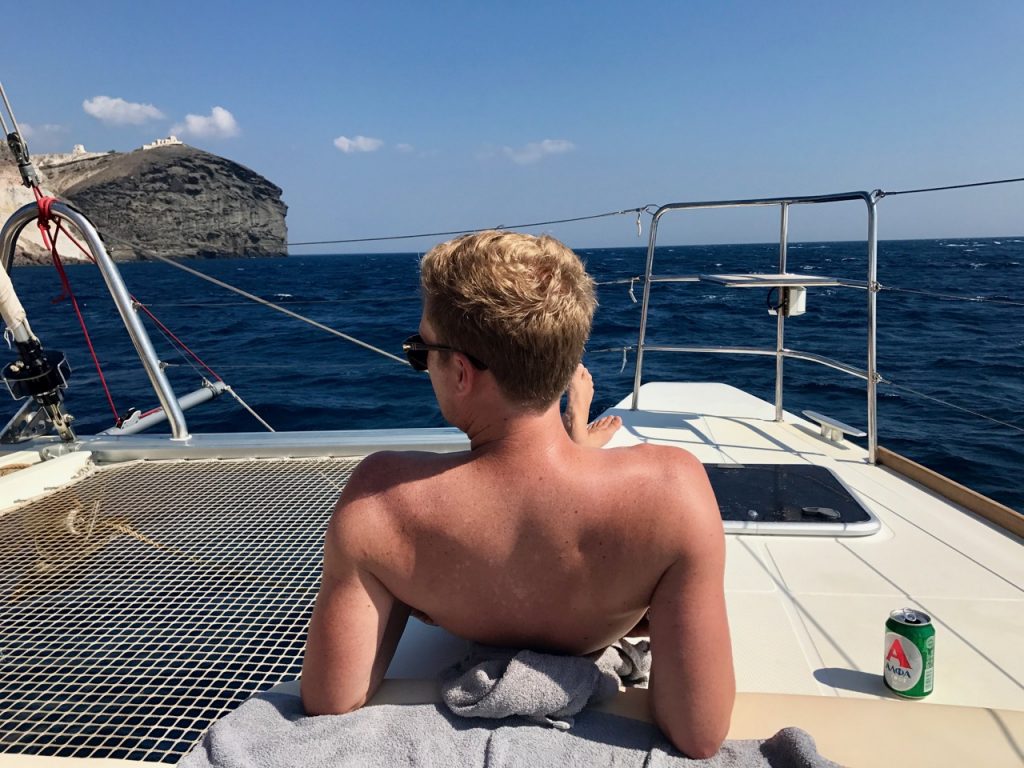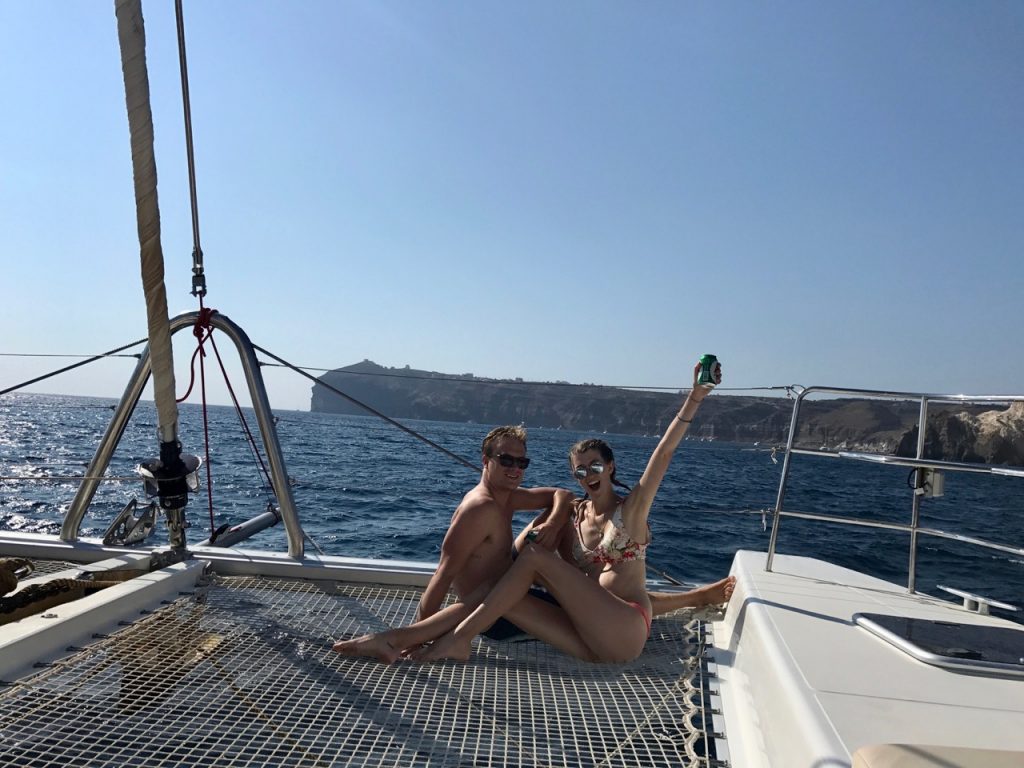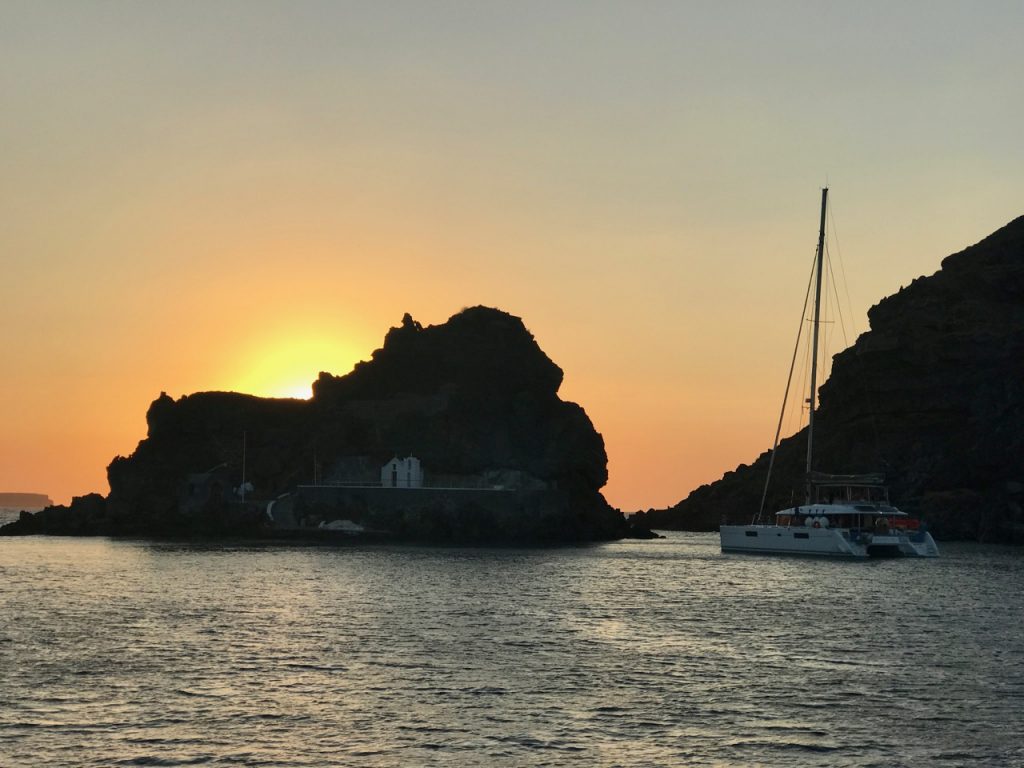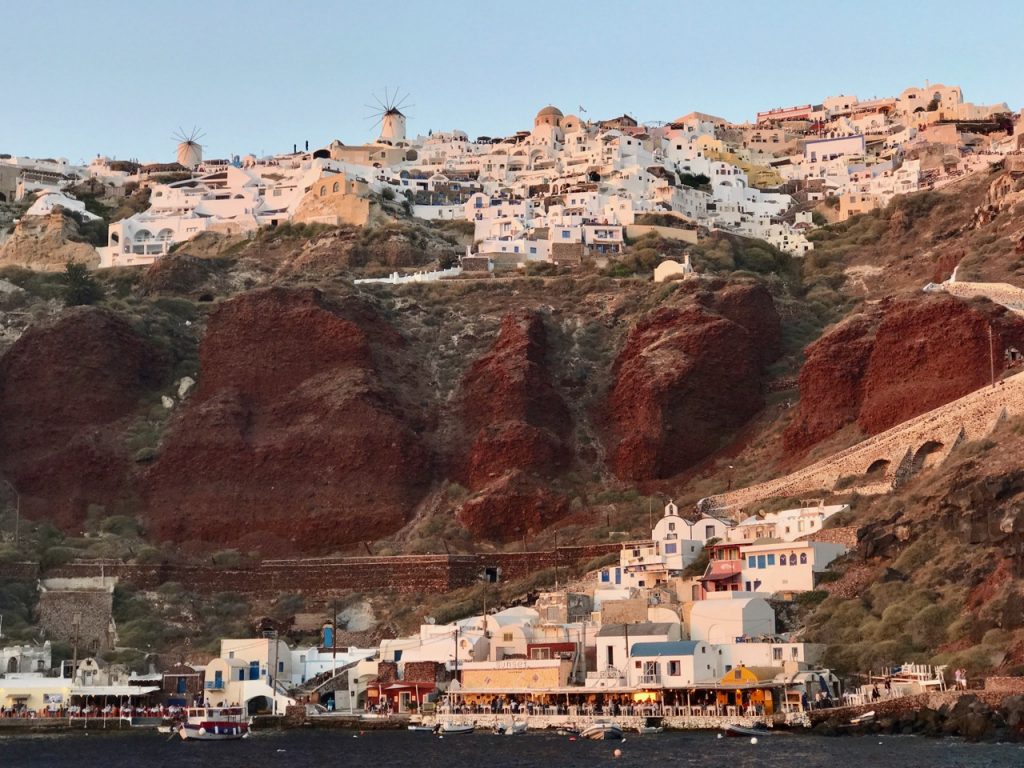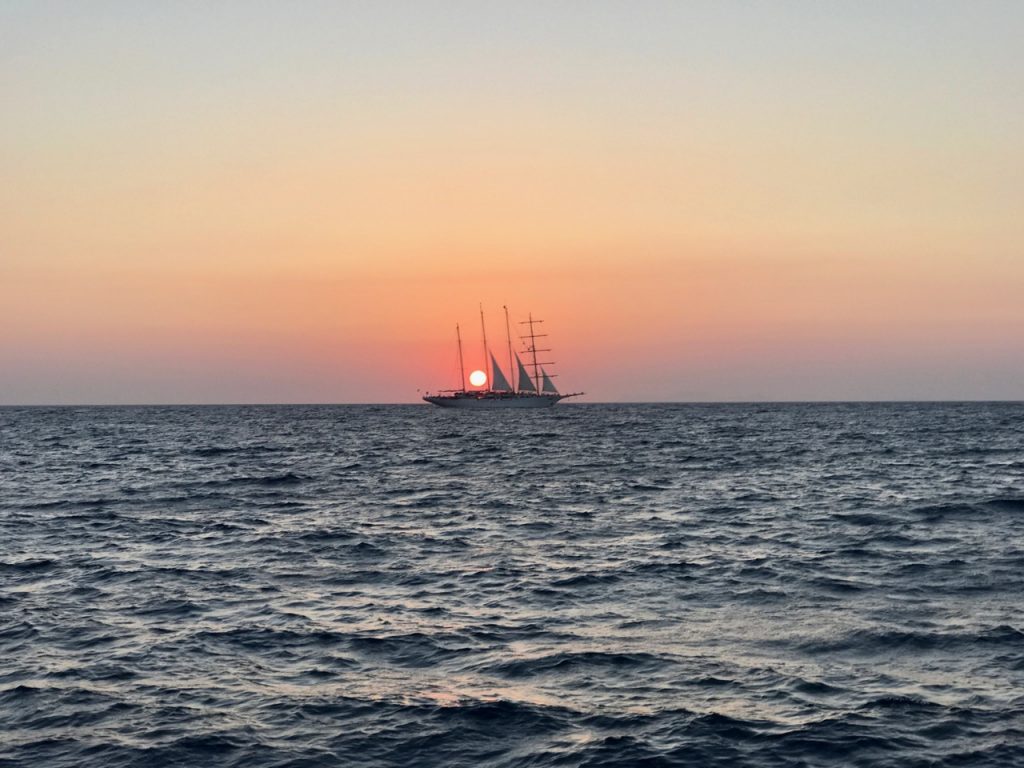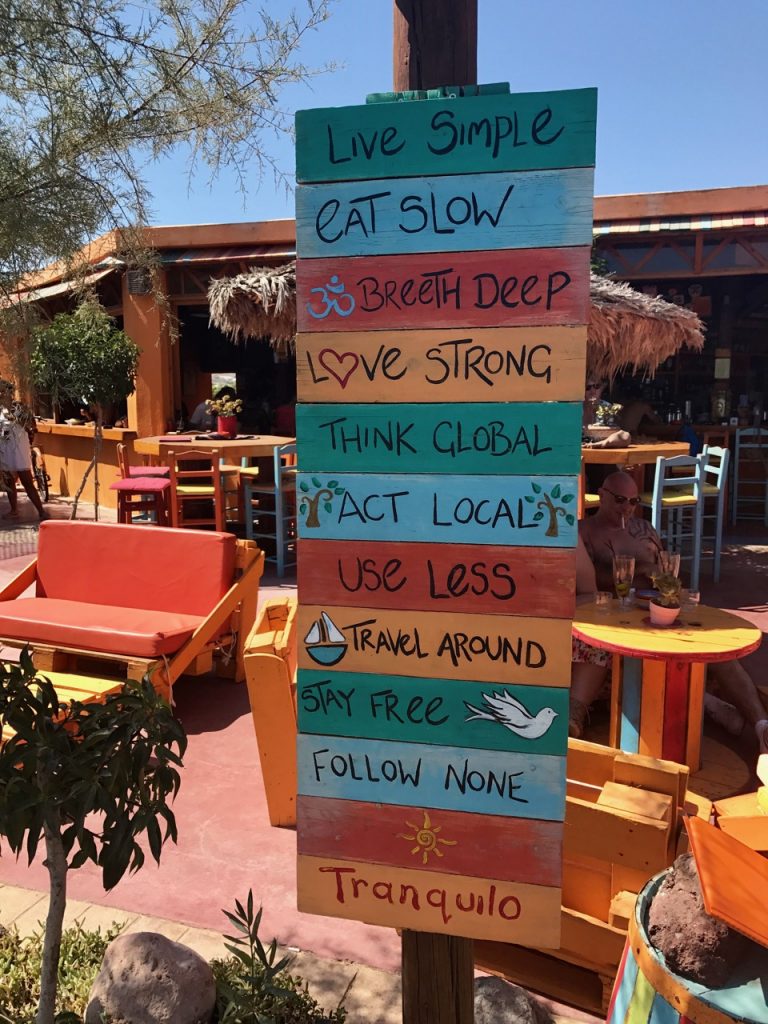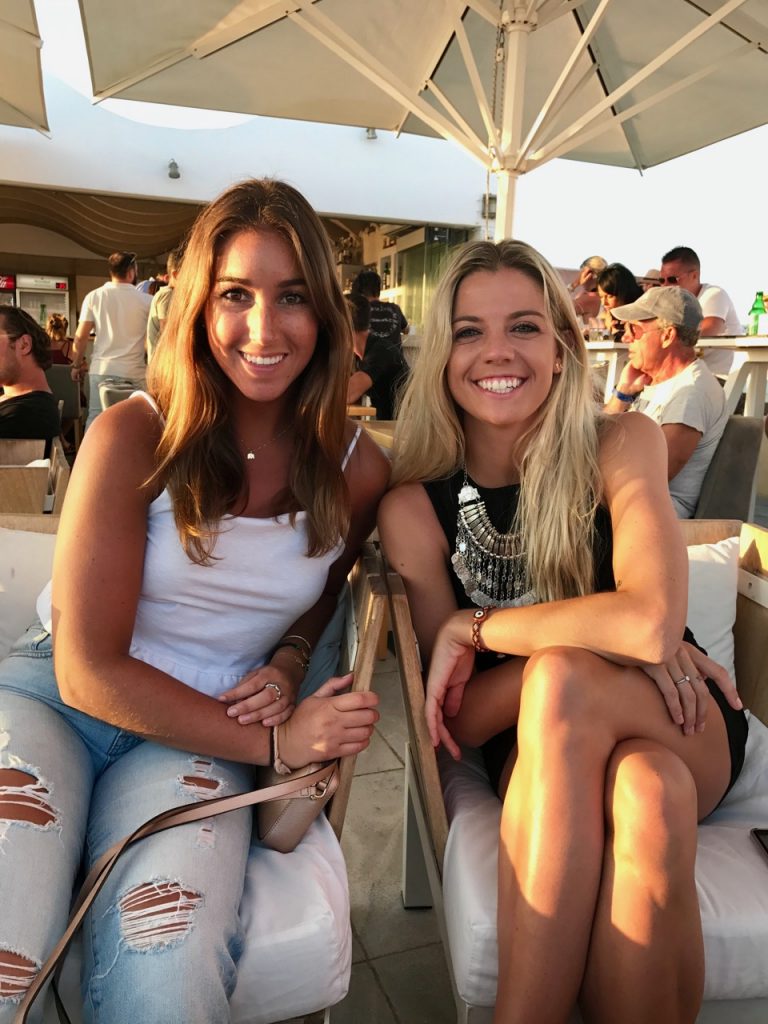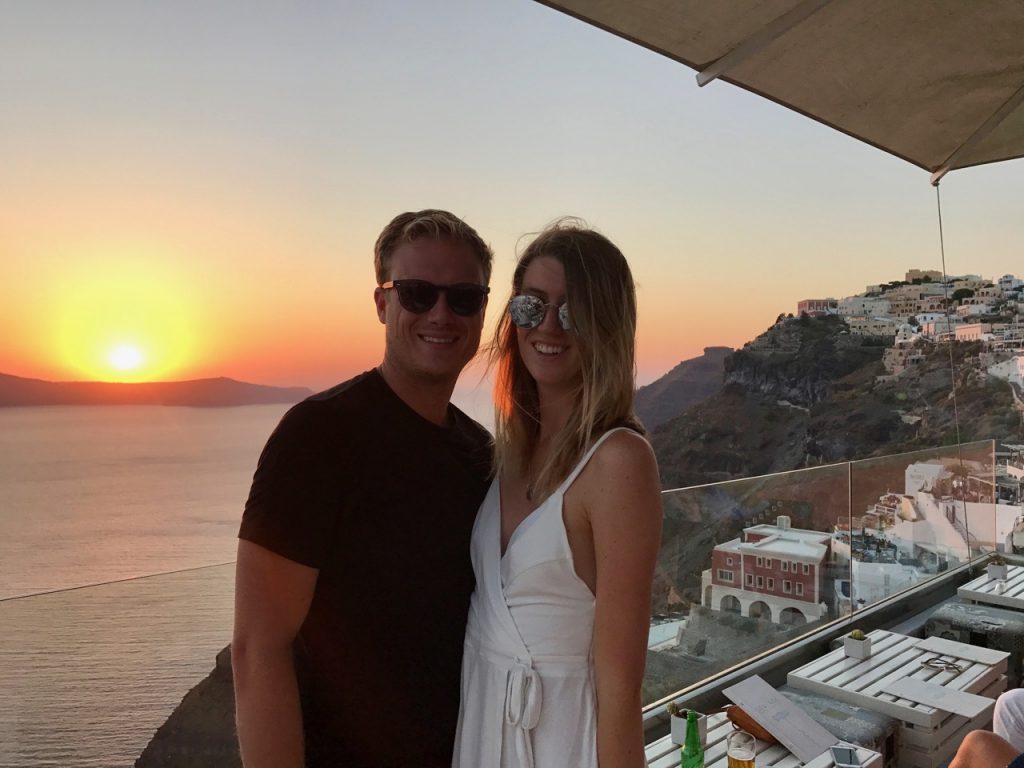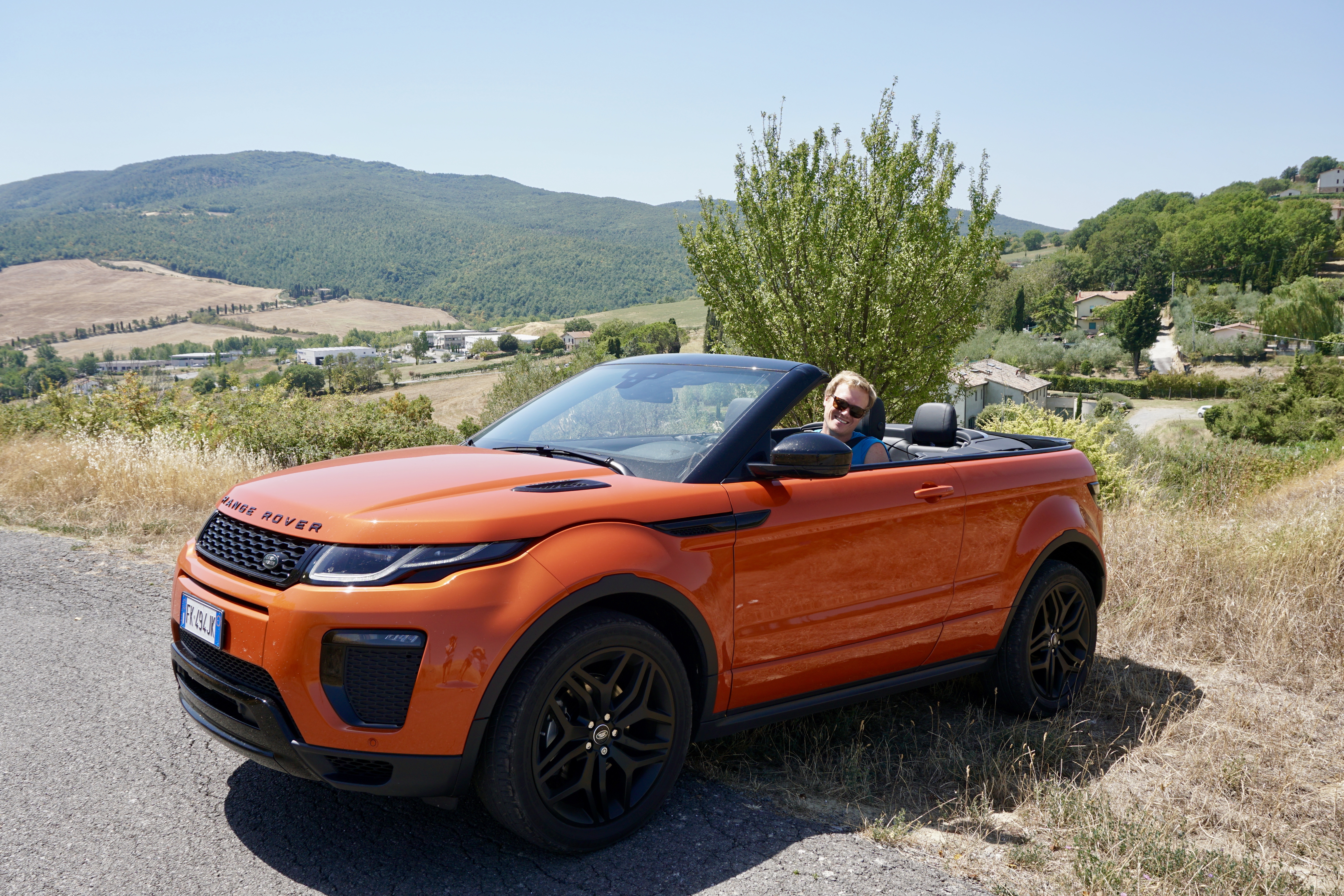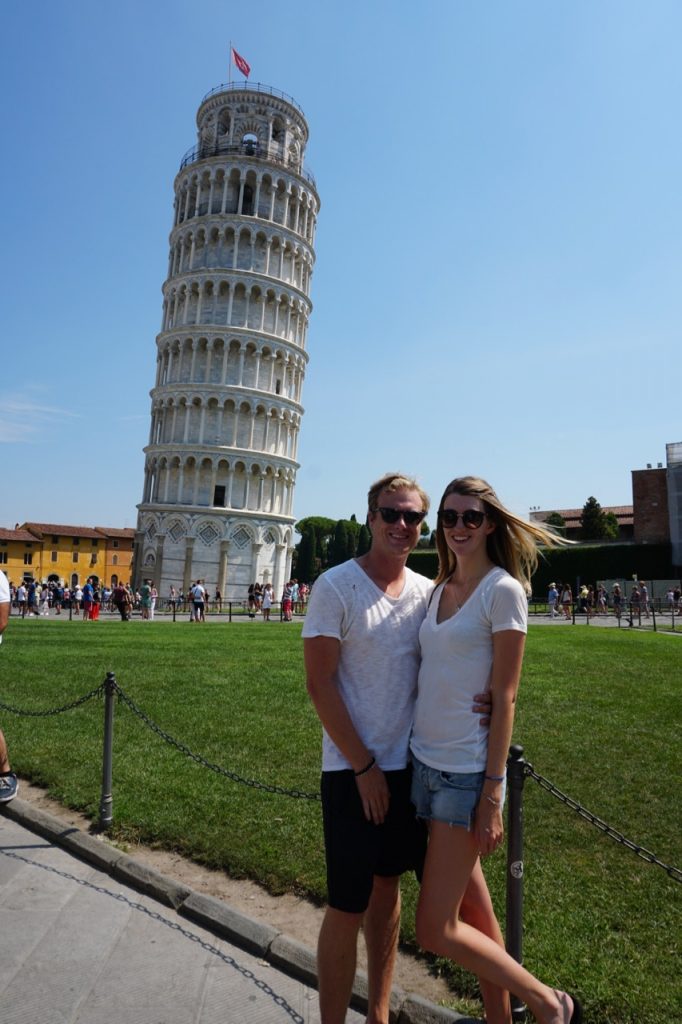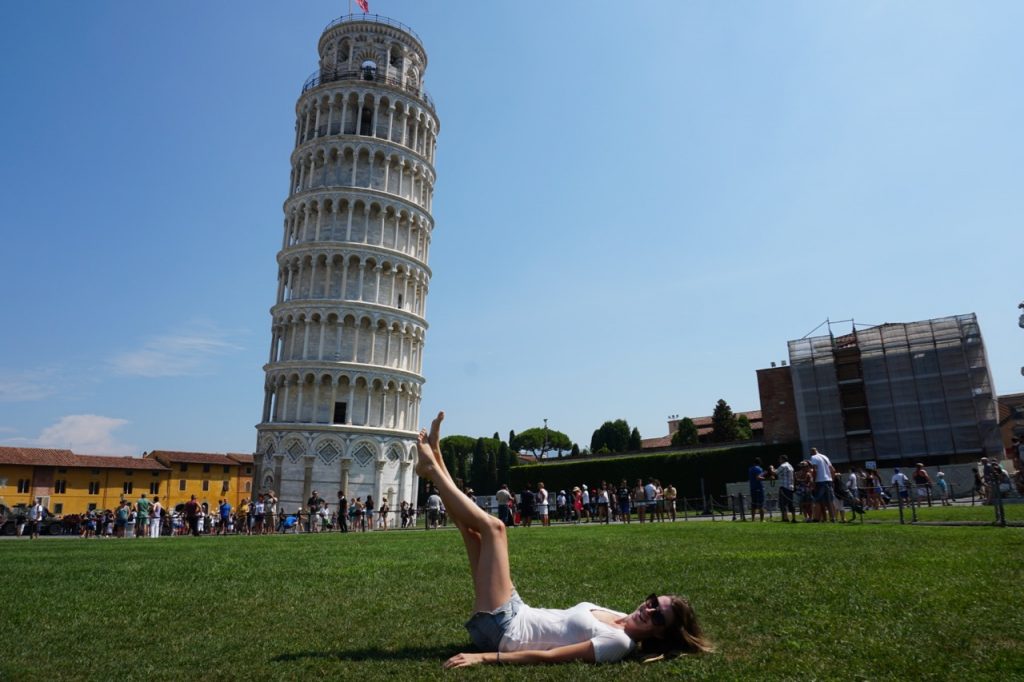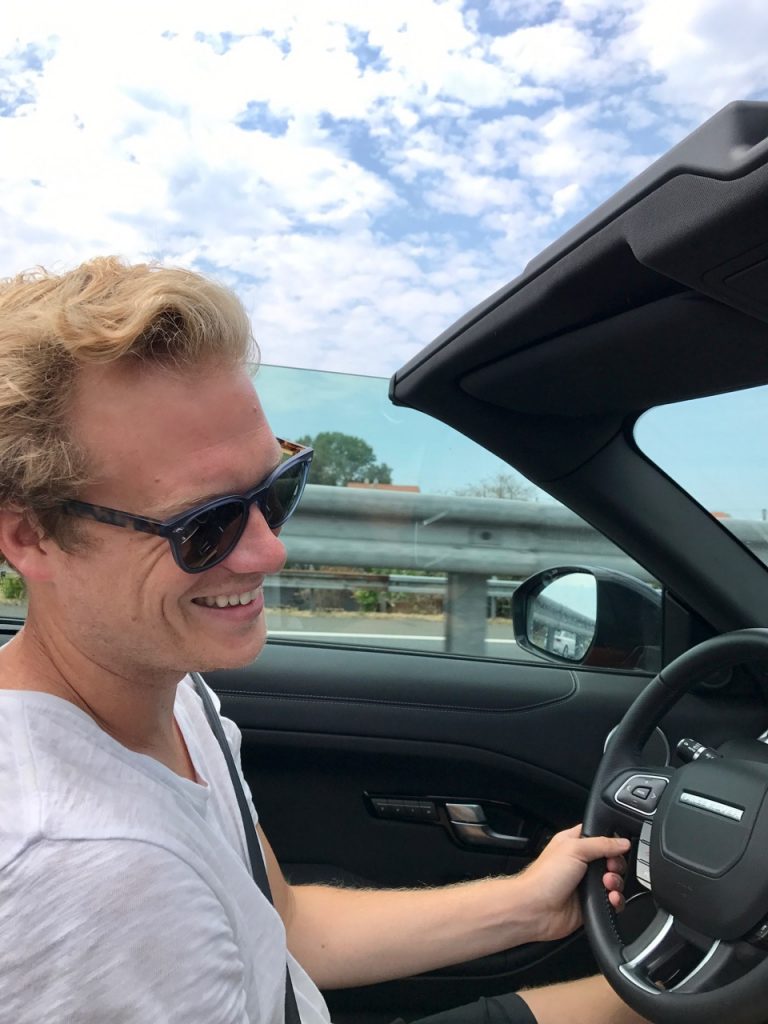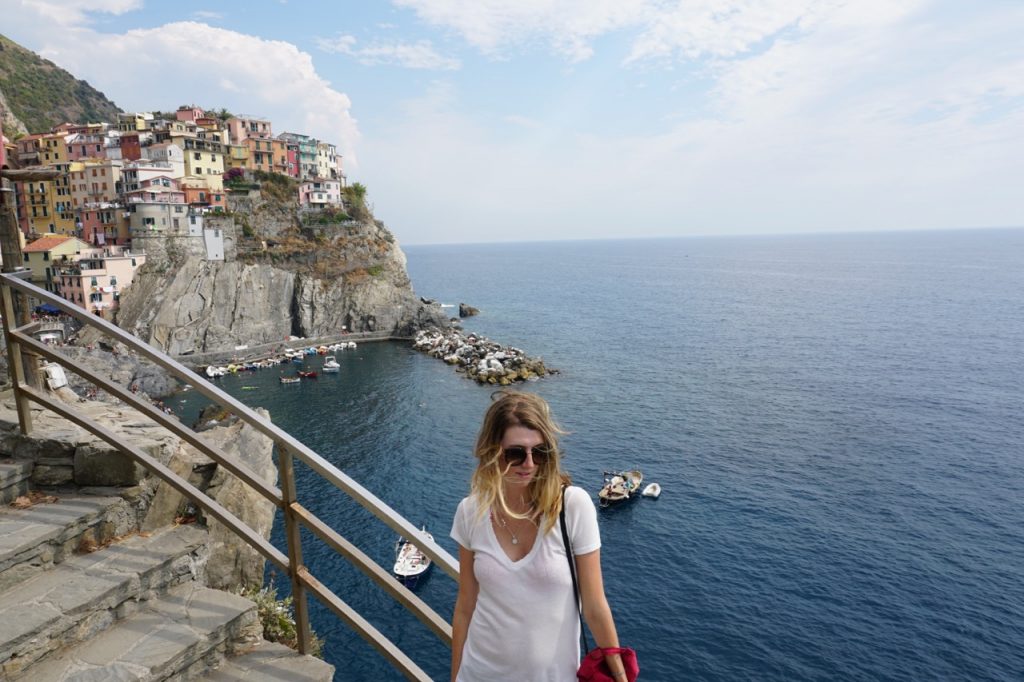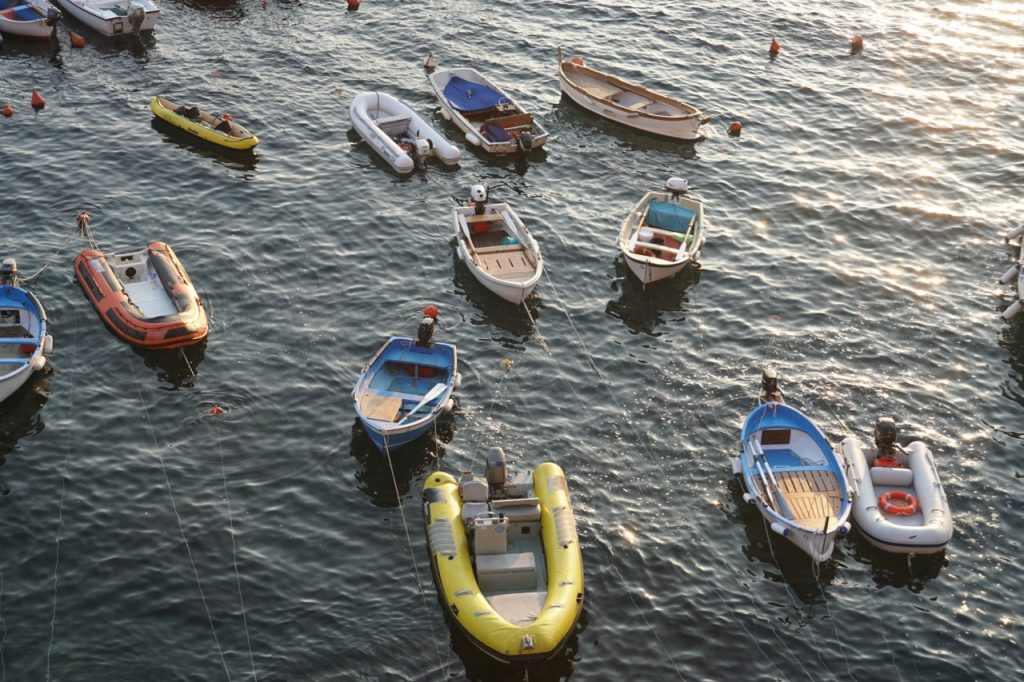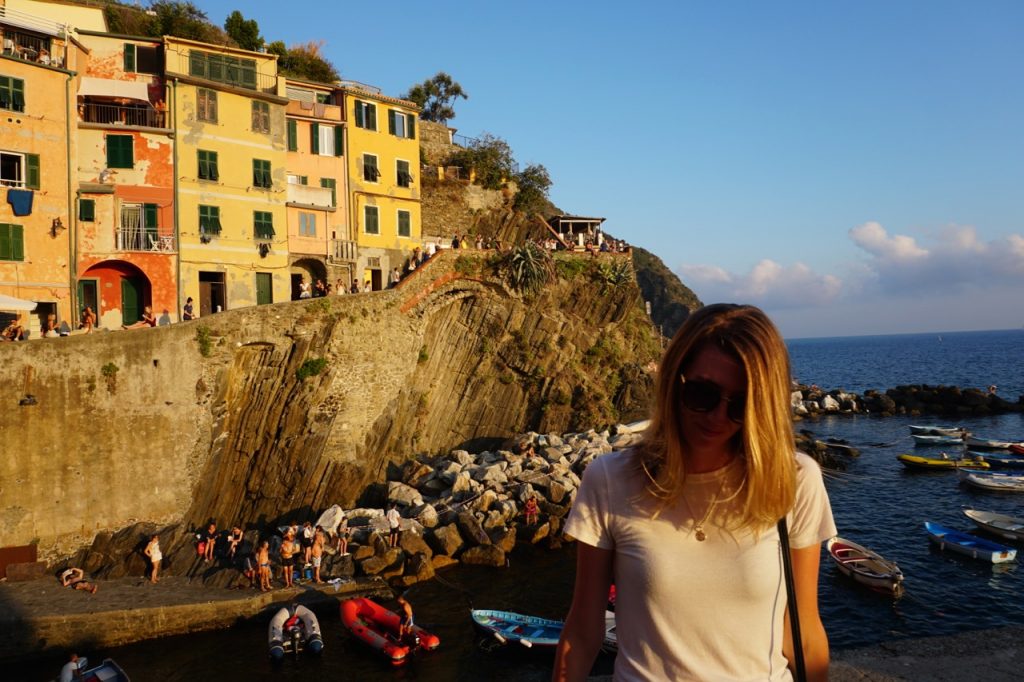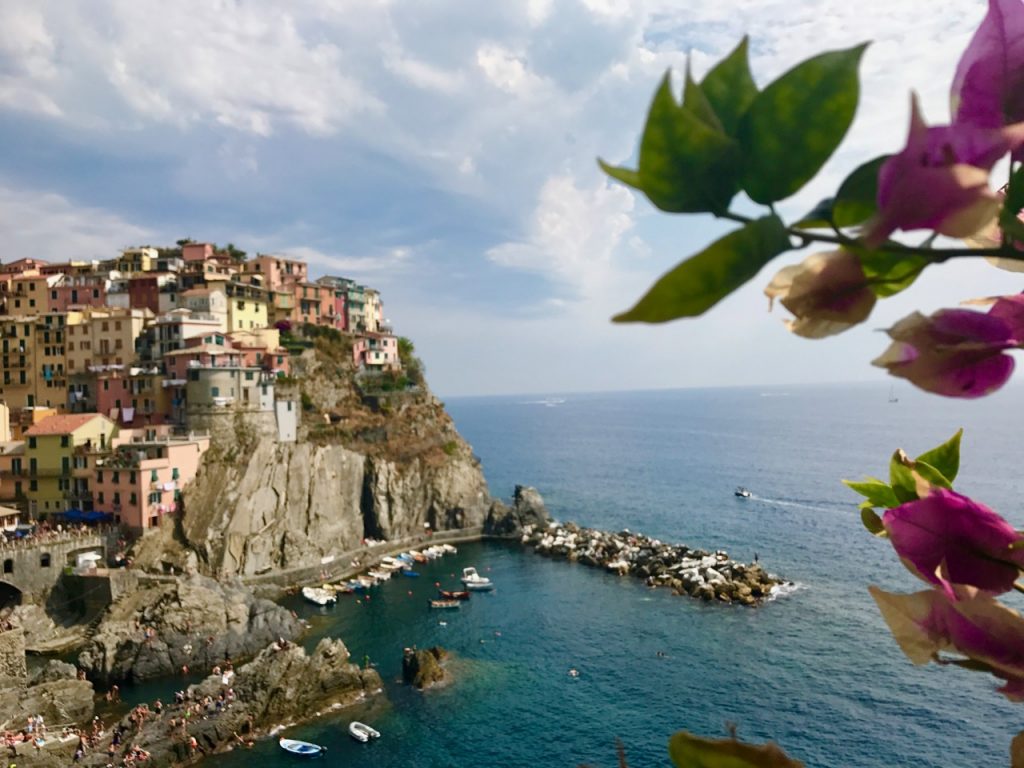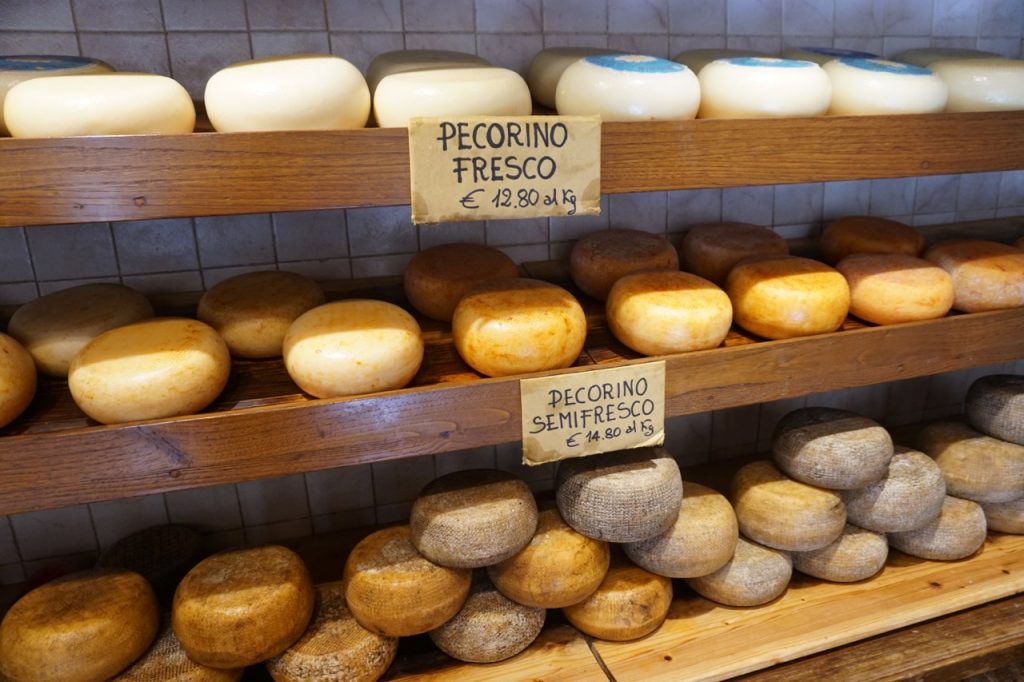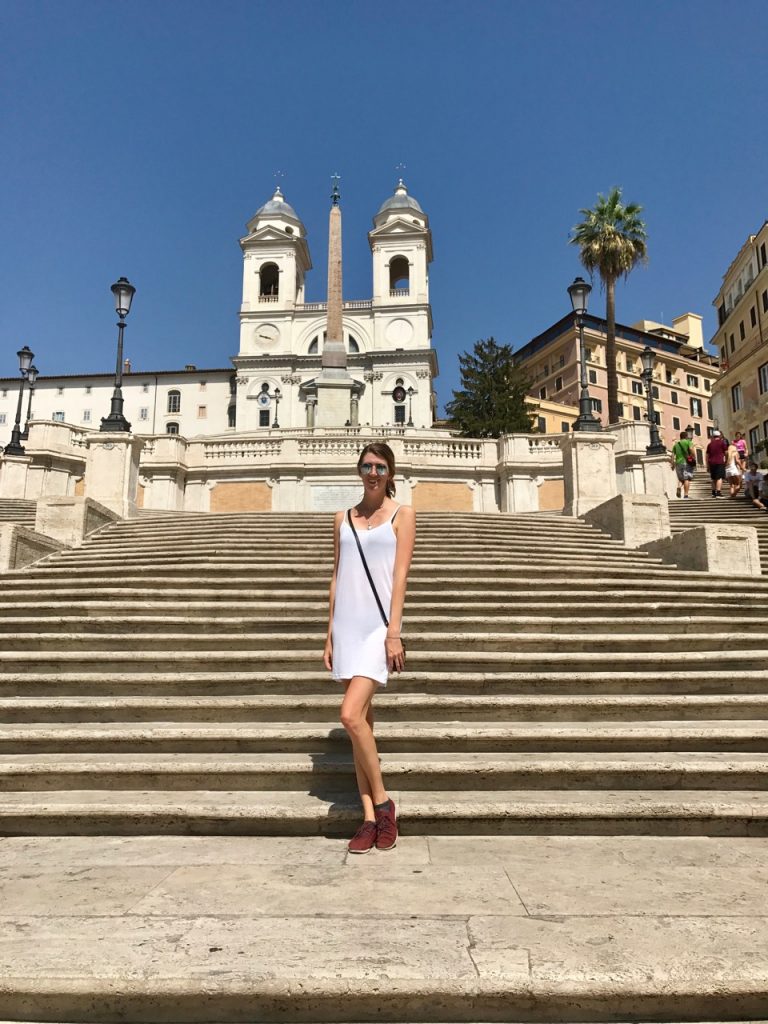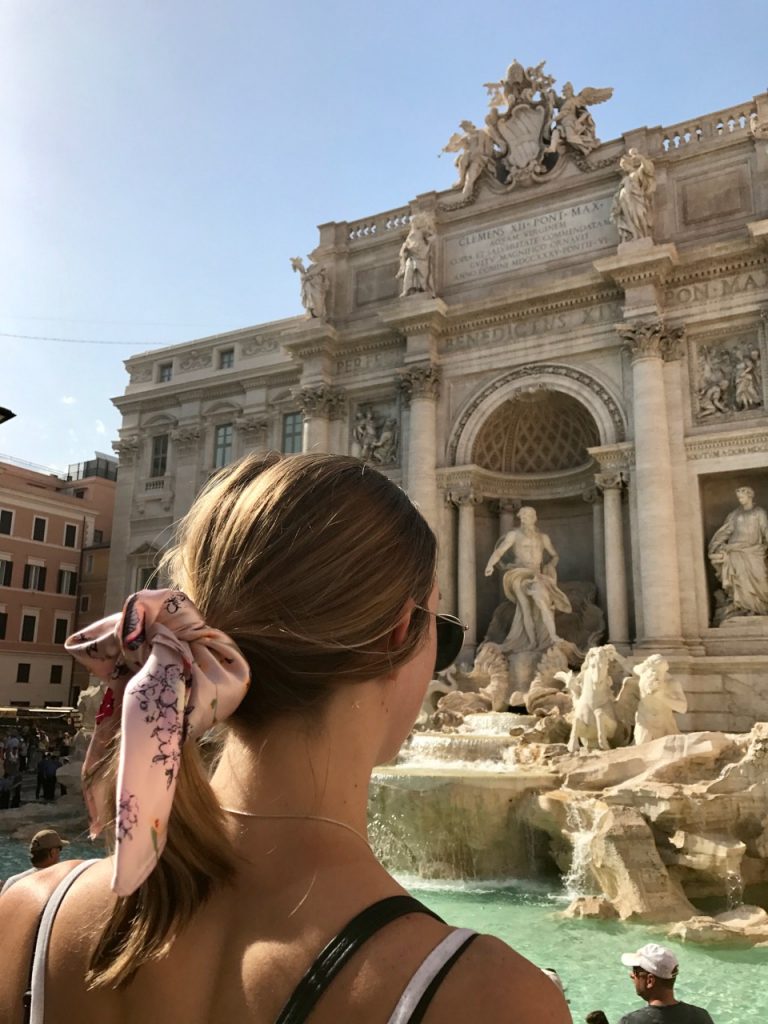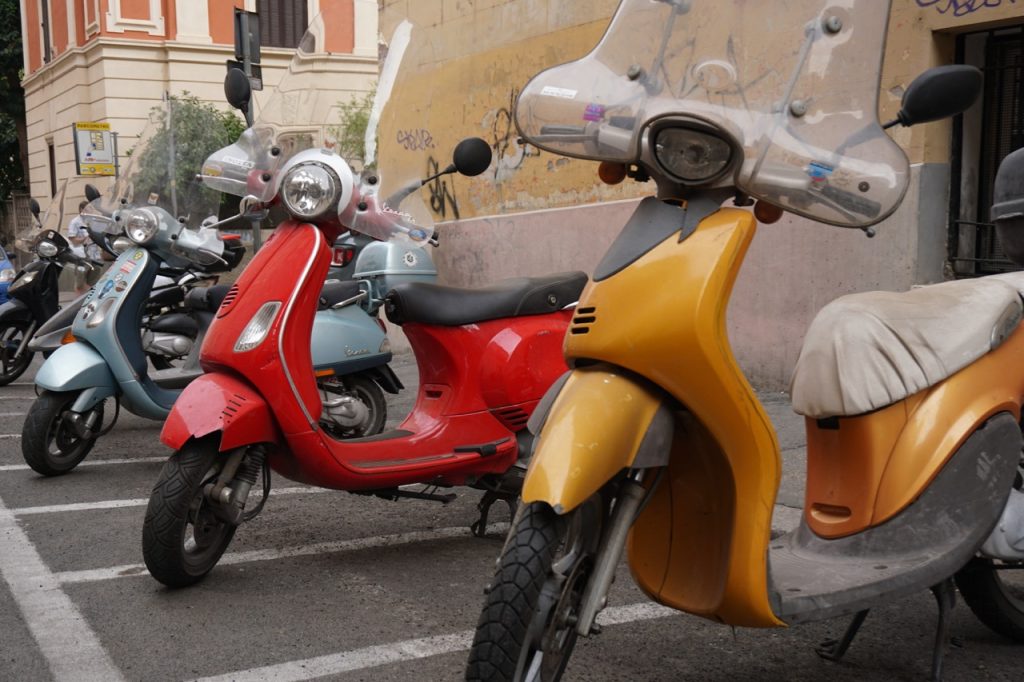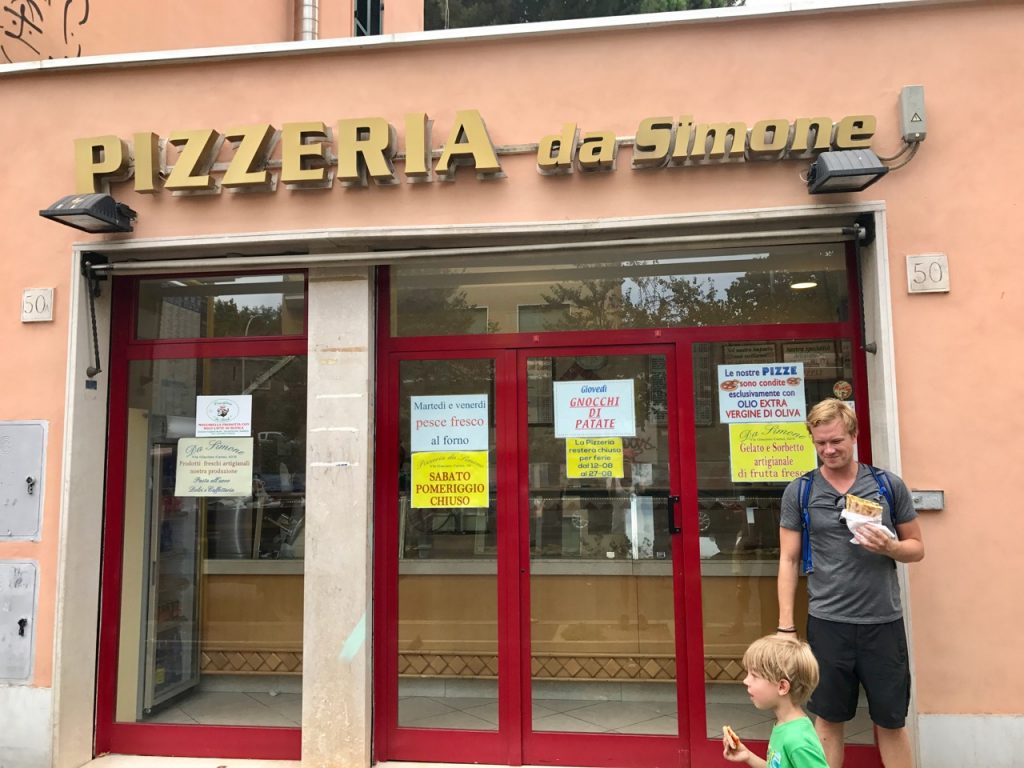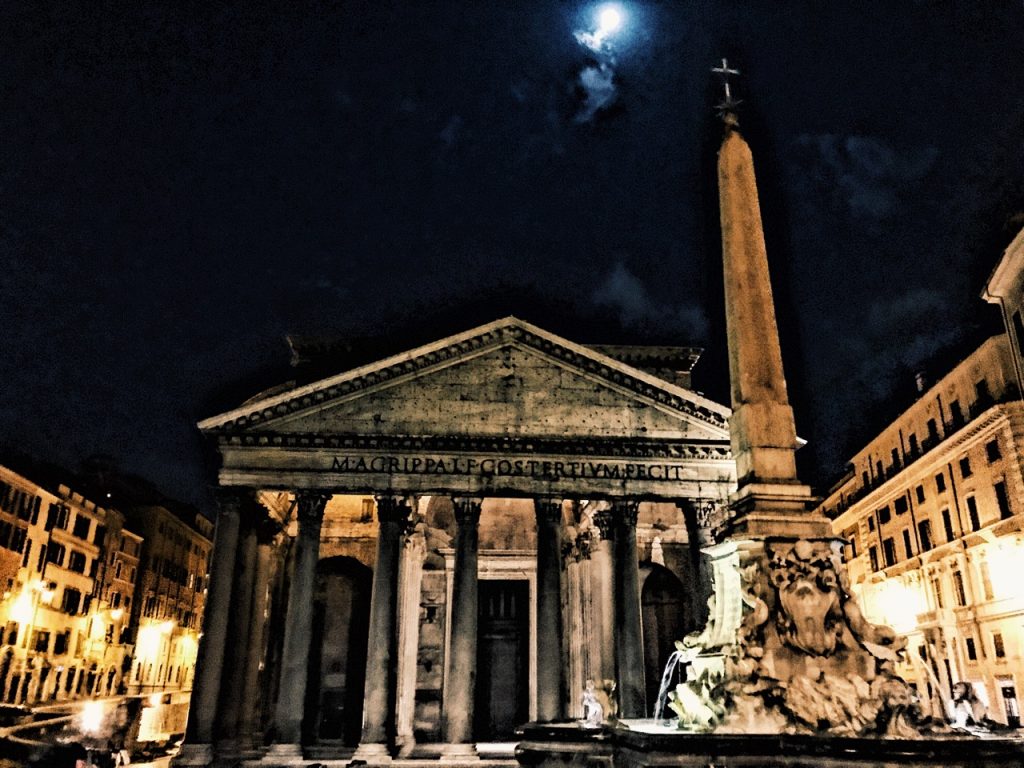More than one friend had emphatically told us to go here. The city was also voted by a big name travel publication their favorite little city in Asia. Coupled with the fact that it was less than an hour flight from Hanoi and it was all to easy a decision to visit what now is also our favorite little city in southeast Asia.
There is no denying however, that this is anything other than a tourist town; but after nearly a week in Hanoi, a tourist town was just what the doctor ordered. We arrived at the hotel, where despite it being hours past closing time for the kitchen, they insisted on making us a hot meal after our “long” journey. The few days there were more like staying in a close friend’s home than a hotel. Their unyielding hospitality was delivered with an ingratiating gentle manner that seemed to come naturally in their culture.
A journey into town first required walking down a set of stairs held together with bamboo reeds, at the base of which a boat driver waited. We’d gingerly duck into a longboat and grab a seat on a metal bench while the driver would ignite a rickety motor that sounded like stray bullets ricocheting off a steel wall. He’d throttle across the fifty foot distance and cut the motor just in time to coast us up to the opposite set of stairs where we’d step off. We’d repeat this process each morning and each evening coming and going from the one lane town across the river. The town itself was clean and peaceful. The pace of life was altogether more tranquil. Street hustlers were nowhere to be seen. Stores scattered along the road were inviting and interesting, but deliberately priced for a foreign visiting audience with money to spend. Old swords, ornate Buddha statues, and all types of locally made jewelry including some from recycled bomb fragments, were on display. More impressive however, were the intricate colorful tiled temples sprouted up above the town. In the early evening gongs would ring and sonorous chanting would pull us ever close to a temple door to peek in. One morning we stood on the sidewalk, along with the rest of the town, as several hundred monks passed through on a pilgrimage from China to India, walking the entire way; all clad in bright orange robes and leather woven sandals.
The following day we visited an elephant sanctuary. Unlike the highly restricted elephant parks of neighboring Thailand, here they were just beginning to develop a market. Elephants were brought into sanctuary as a reprieve after labor in logging camps. For one of us this was the first time ever having seen animals this big. But it wasn’t their size that left us at the end of the day feeling like we’d witnessed proof of something majestic; it was they way they connect with people They were giddy when they grabbed chucks of squash out of our hands; and patient when we climbed upon their dried leathery backs. They were playful when submerged up to their shoulders in a river with us still astride them, spraying water and dipping us down as we washed their heads. When we left that afternoon passing through the stables as they reached their trucks out to shake our hands goodbye. It’s one of the many life experiences that seems to have passed far too fast once it’s over.
That last afternoon we lay sprawled on cushions on the deck overlooking the river from our favorite hideaway bar. No more than a gigantic glorified bamboo hut with vintage motorcycles hanging from the ceiling and American aerial bombs strapped to the support pillars, we passed more than one thundery afternoon here reading books and sipping on sweating local beers among a mixing pot of other foreign travelers doing exactly the same thing. This wasn’t the place recommended by a hotel, packed full of tourists swinging selfie sticks and jonesing for wifi. This place existed for people seeking somewhere not on a map; somewhere to unplug and live slow. Like the elephants, it tended to be the beloved slow passing of time that passes all to quickly. This place, like the rest of the best little city in Asia, was a grain of Utopia. Like so many others, we wish it will always stay this way. In more succinct words, as the famous Laotian proverb goes “Why are you the one with the watch and yet I’m the one with all of the time?”
